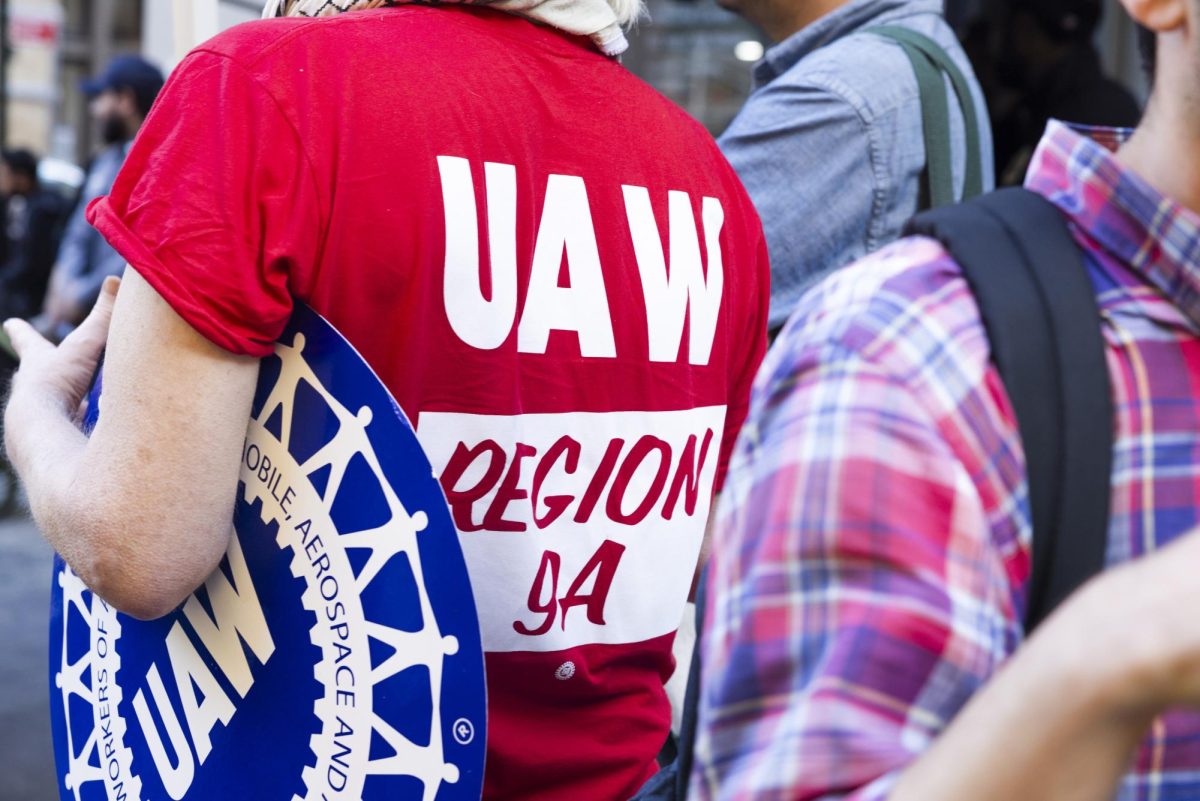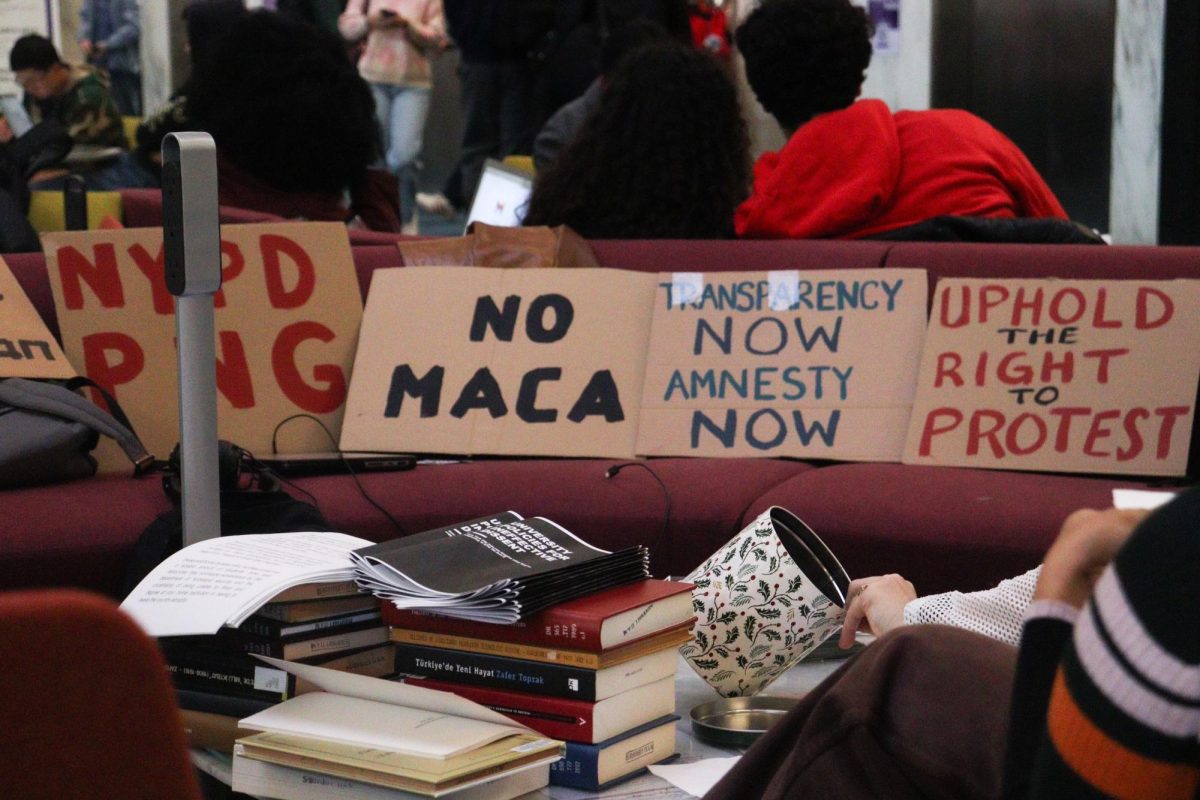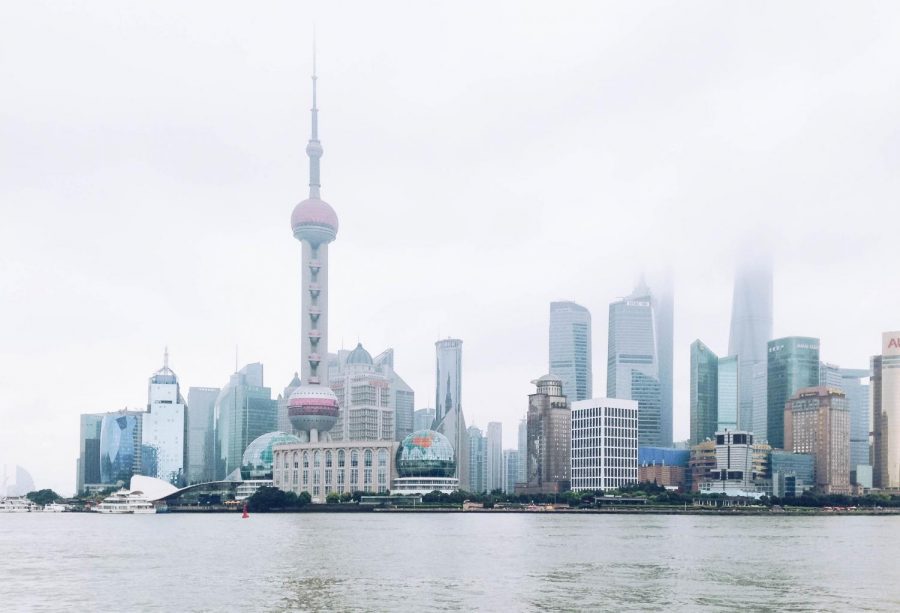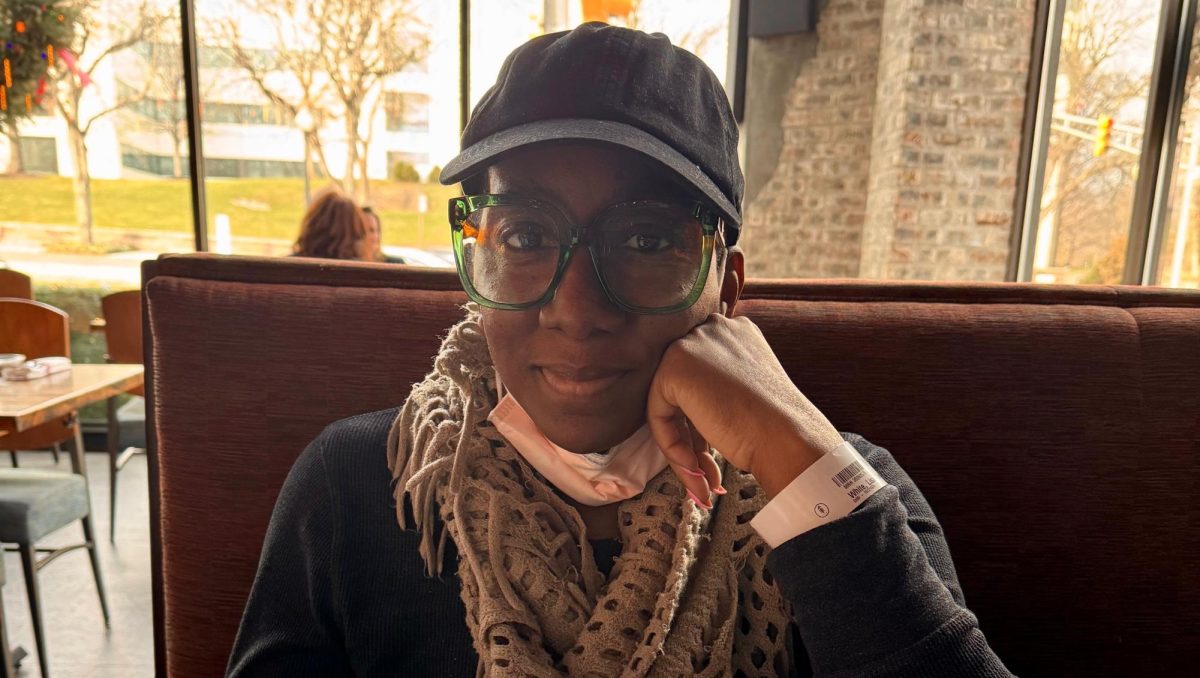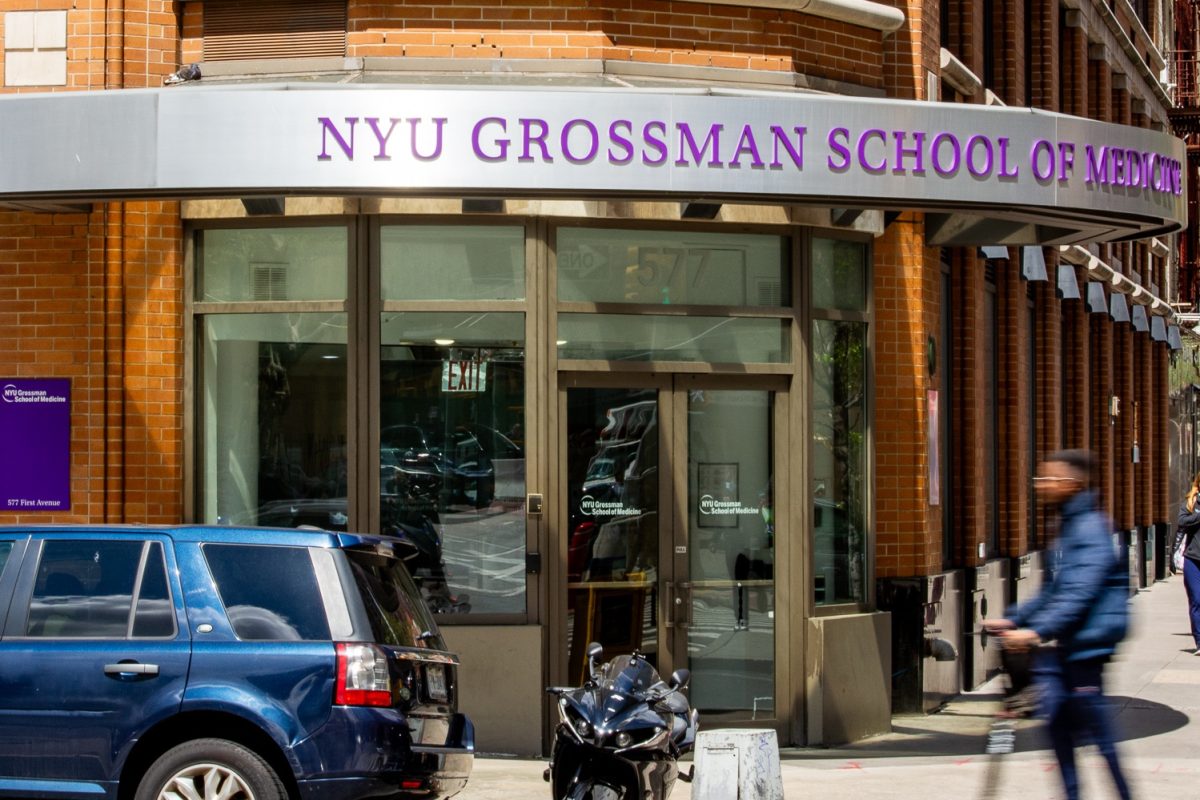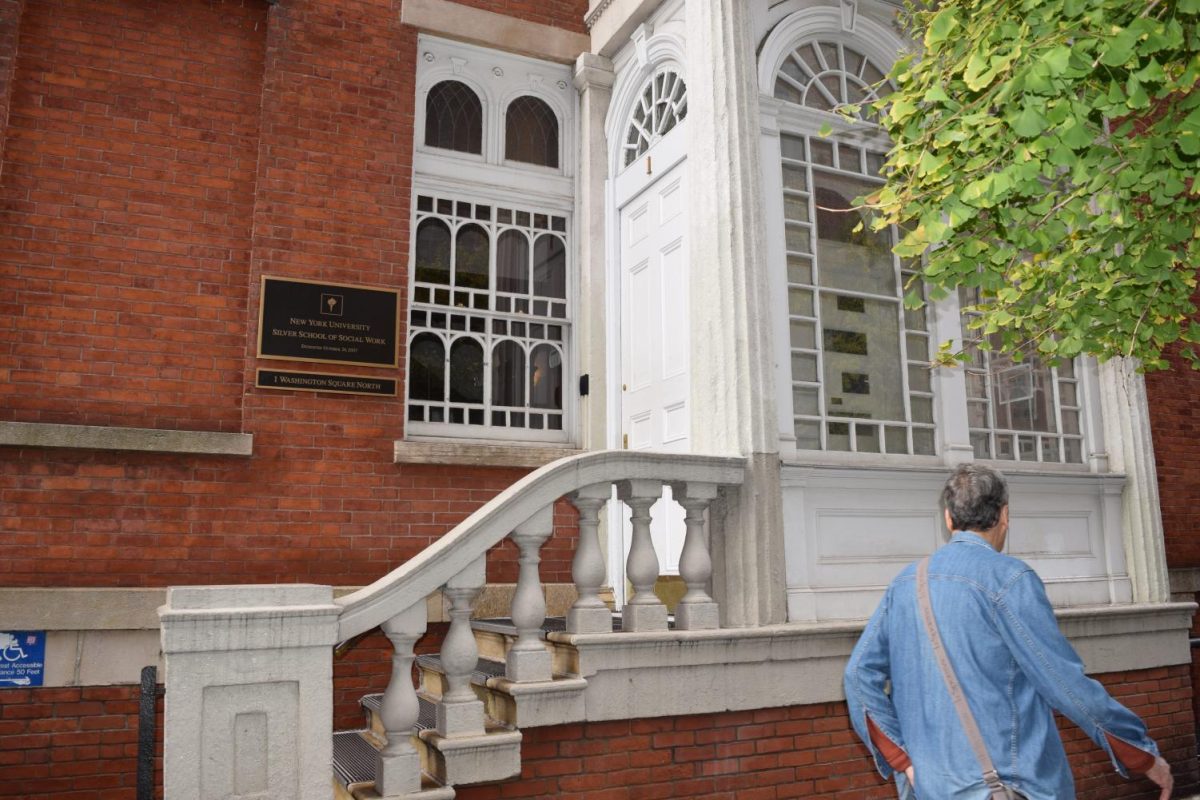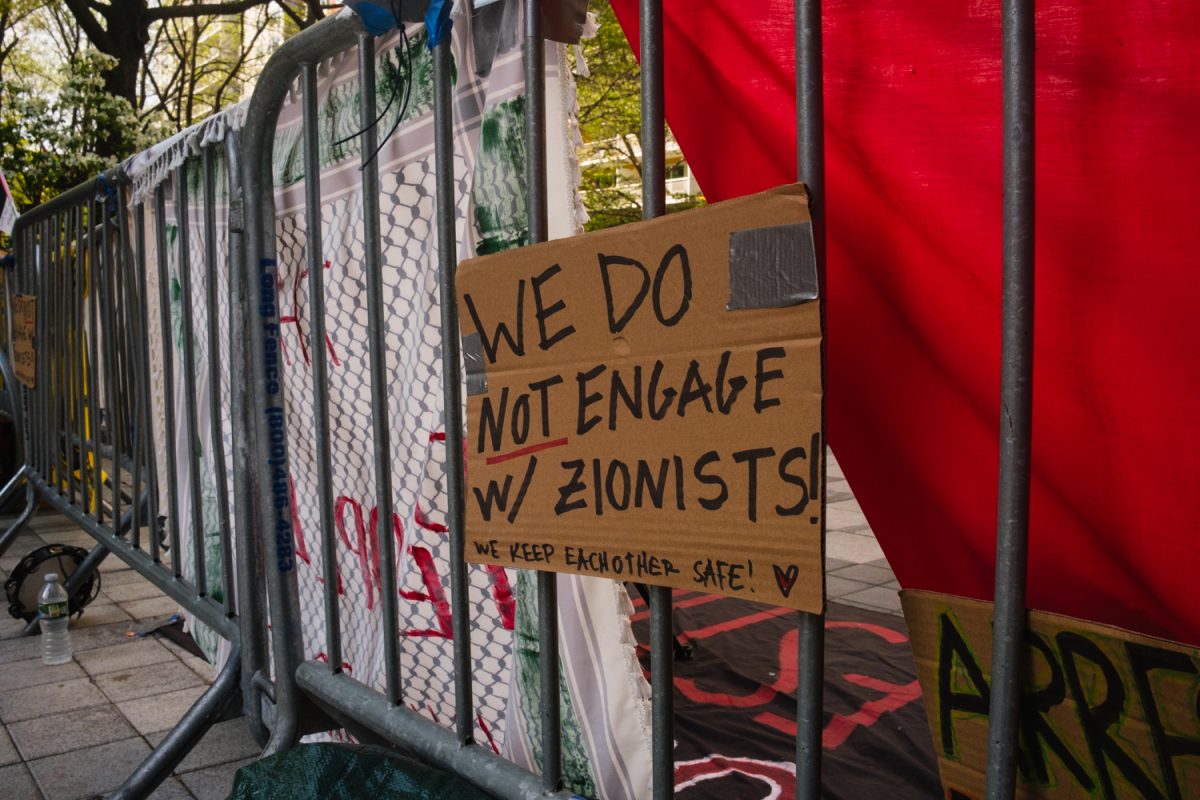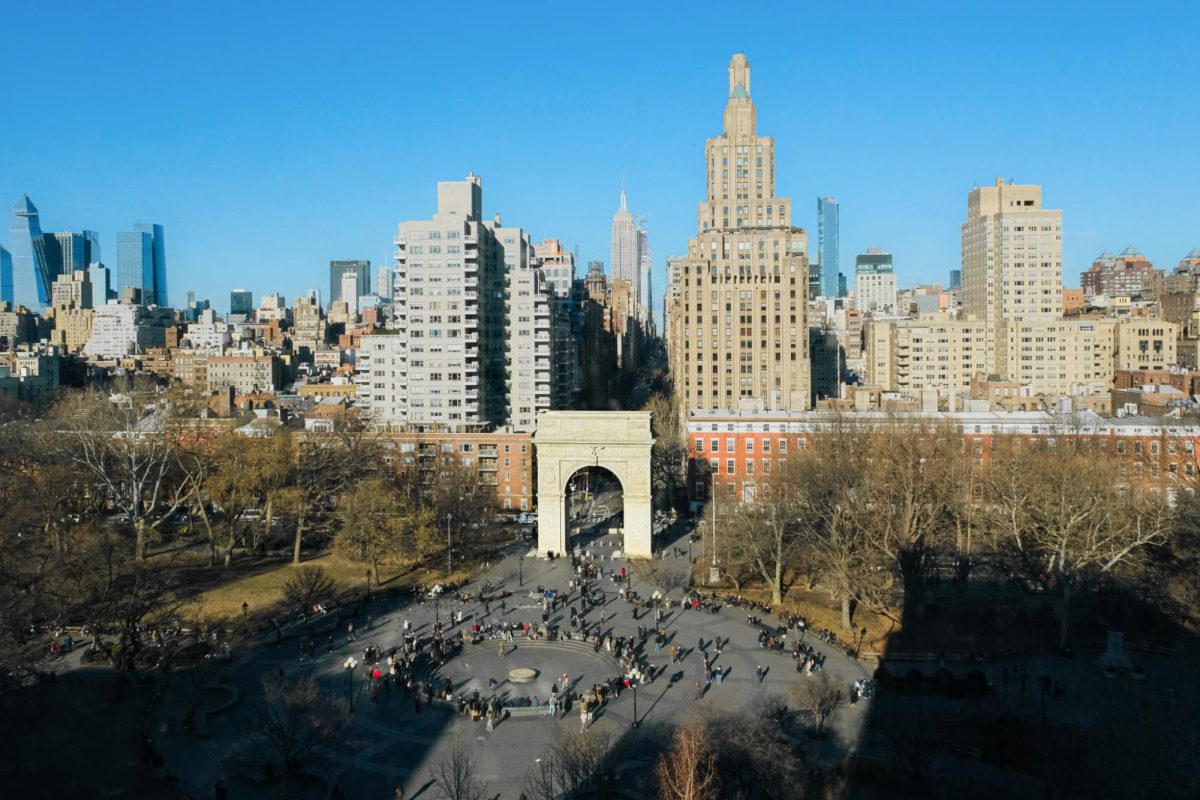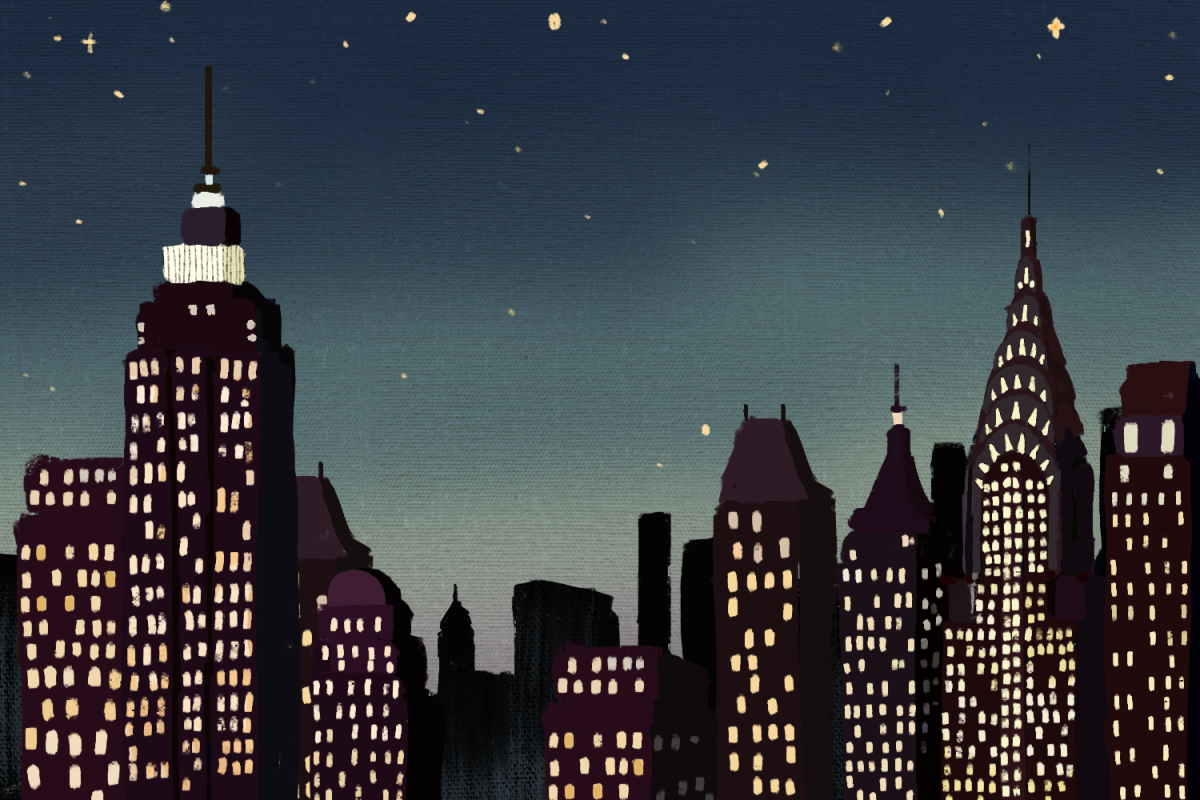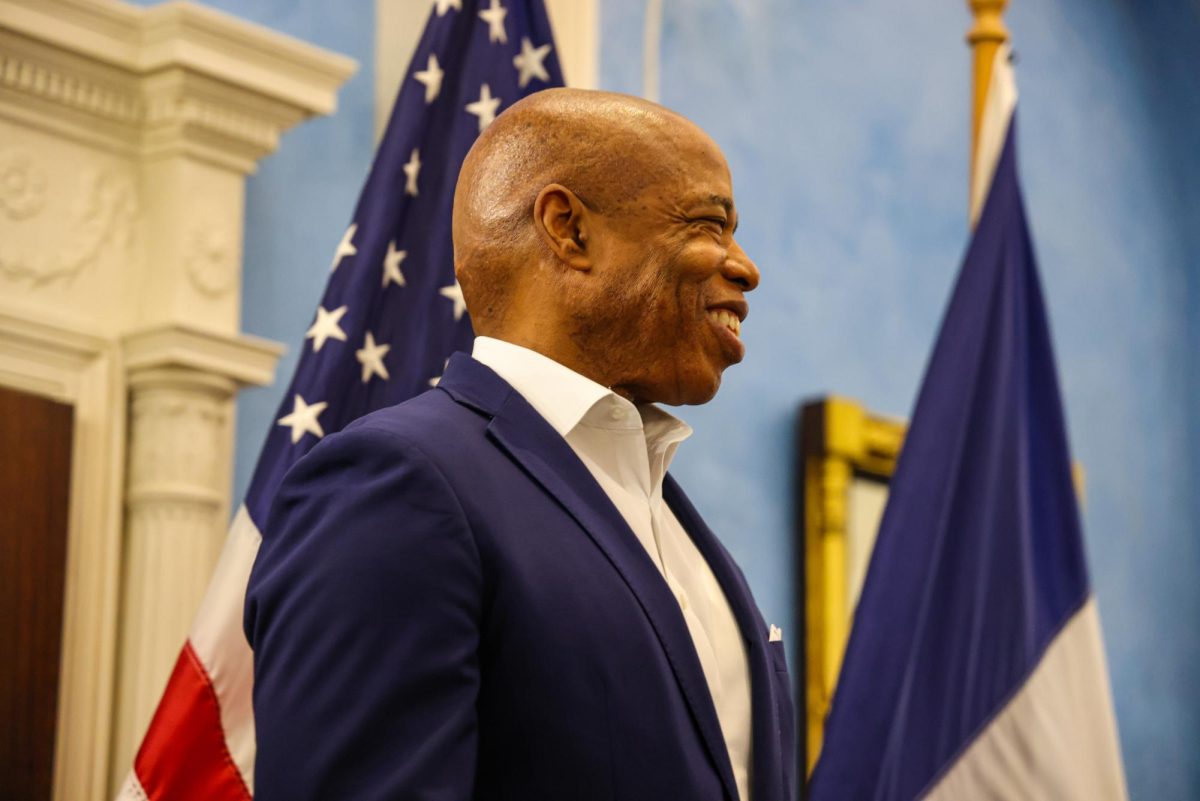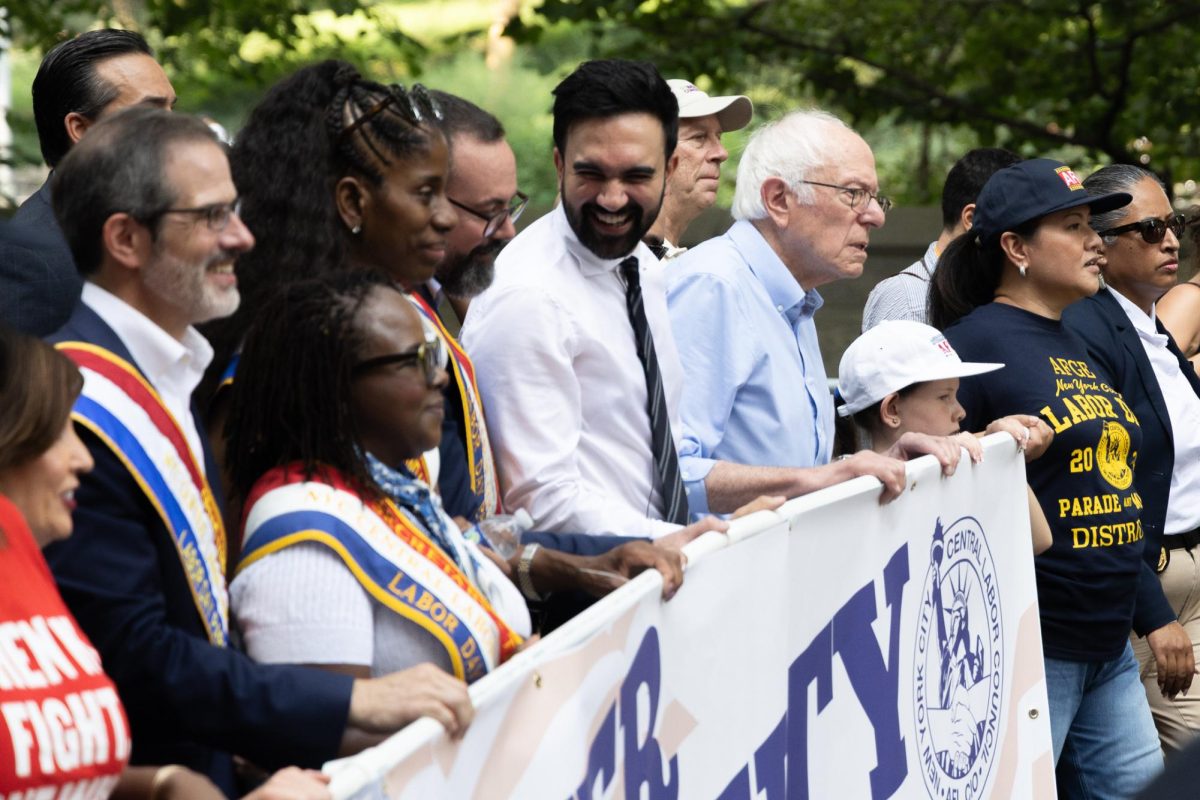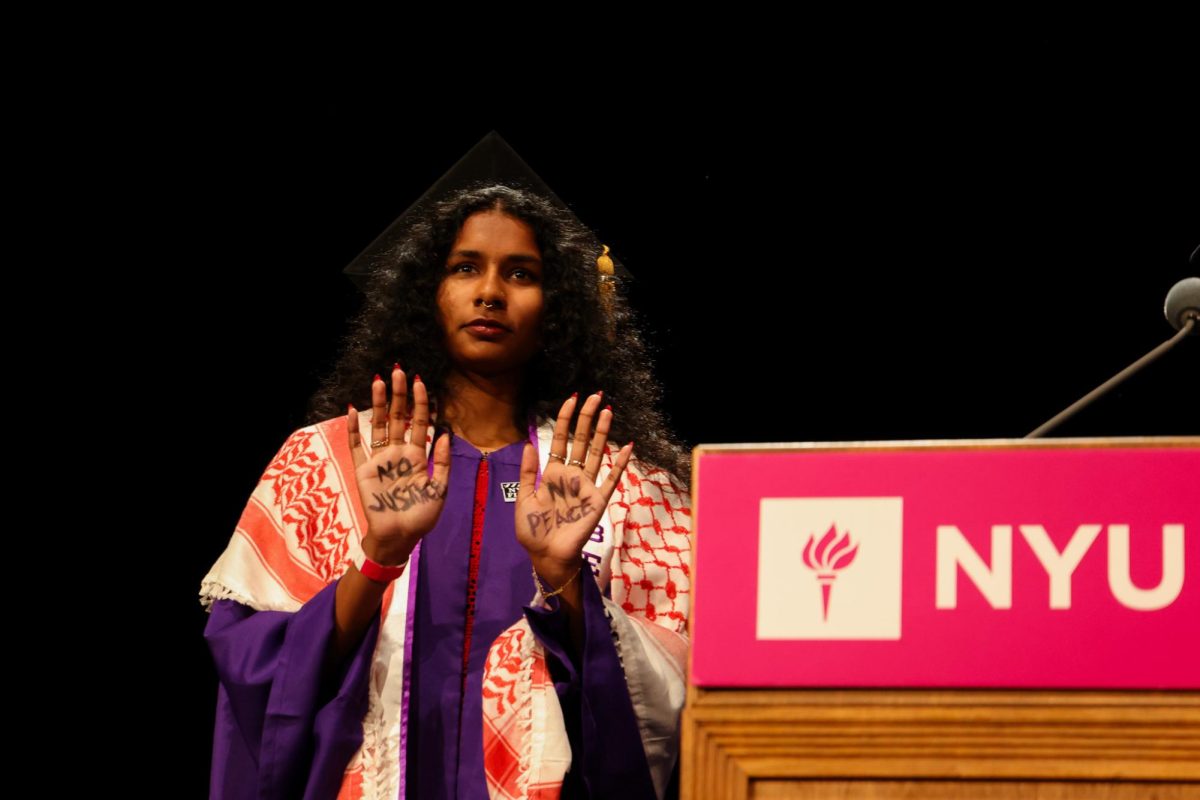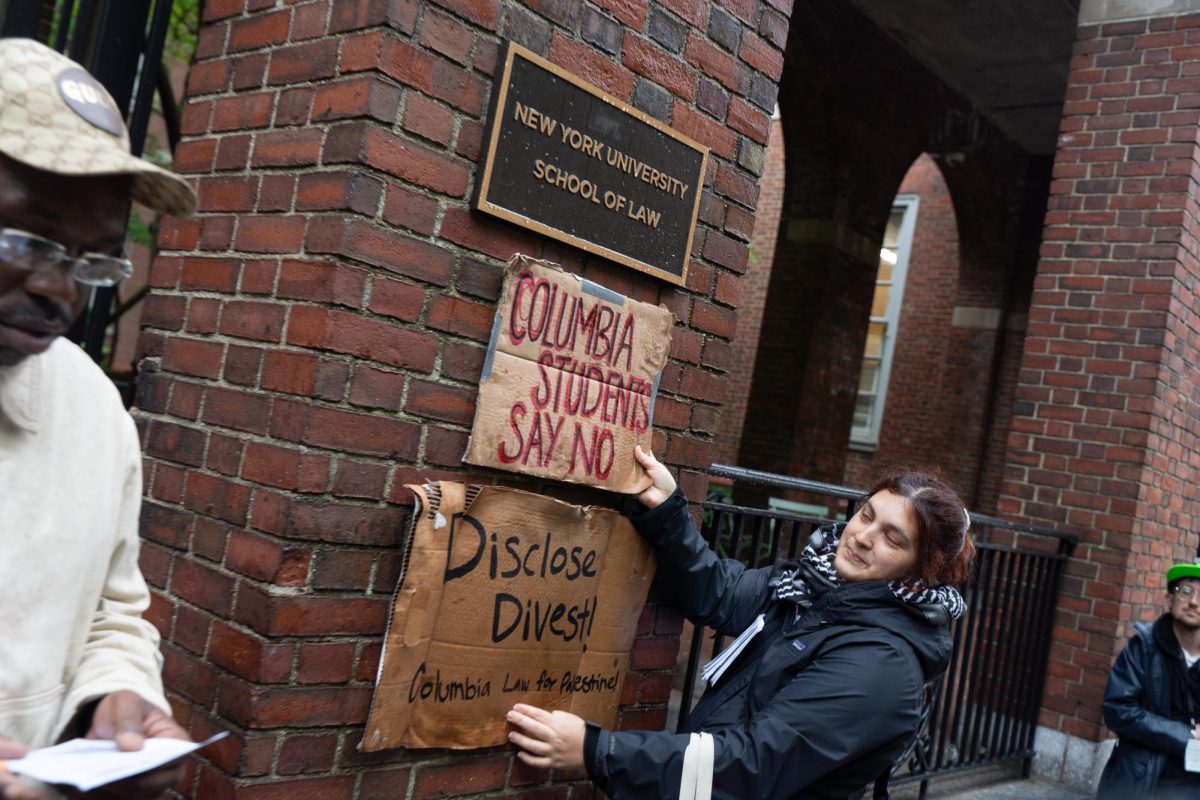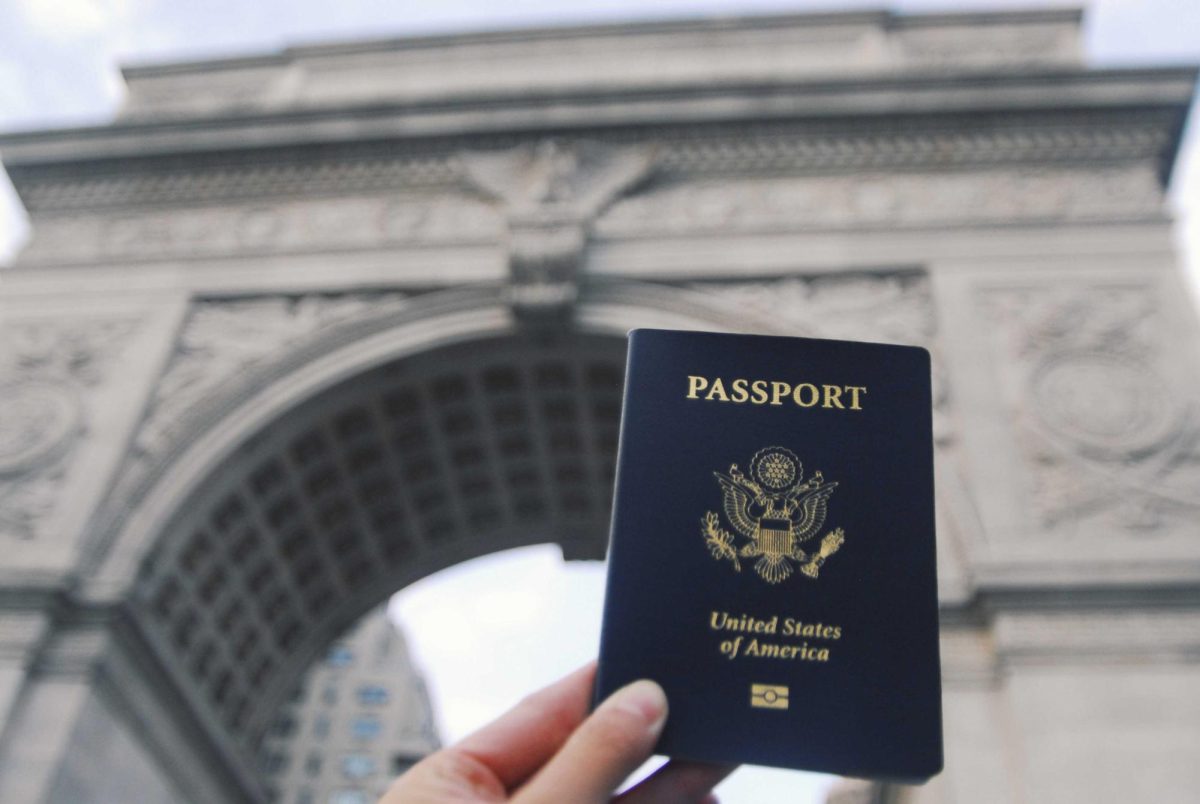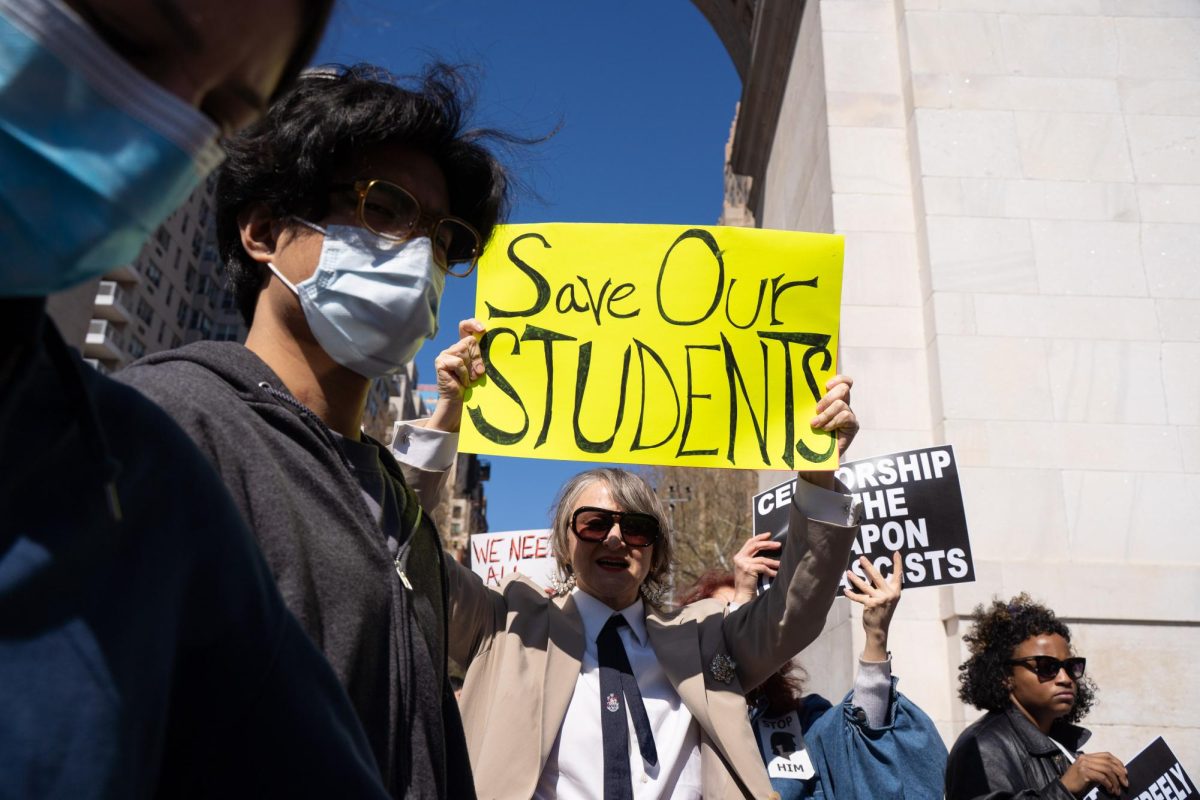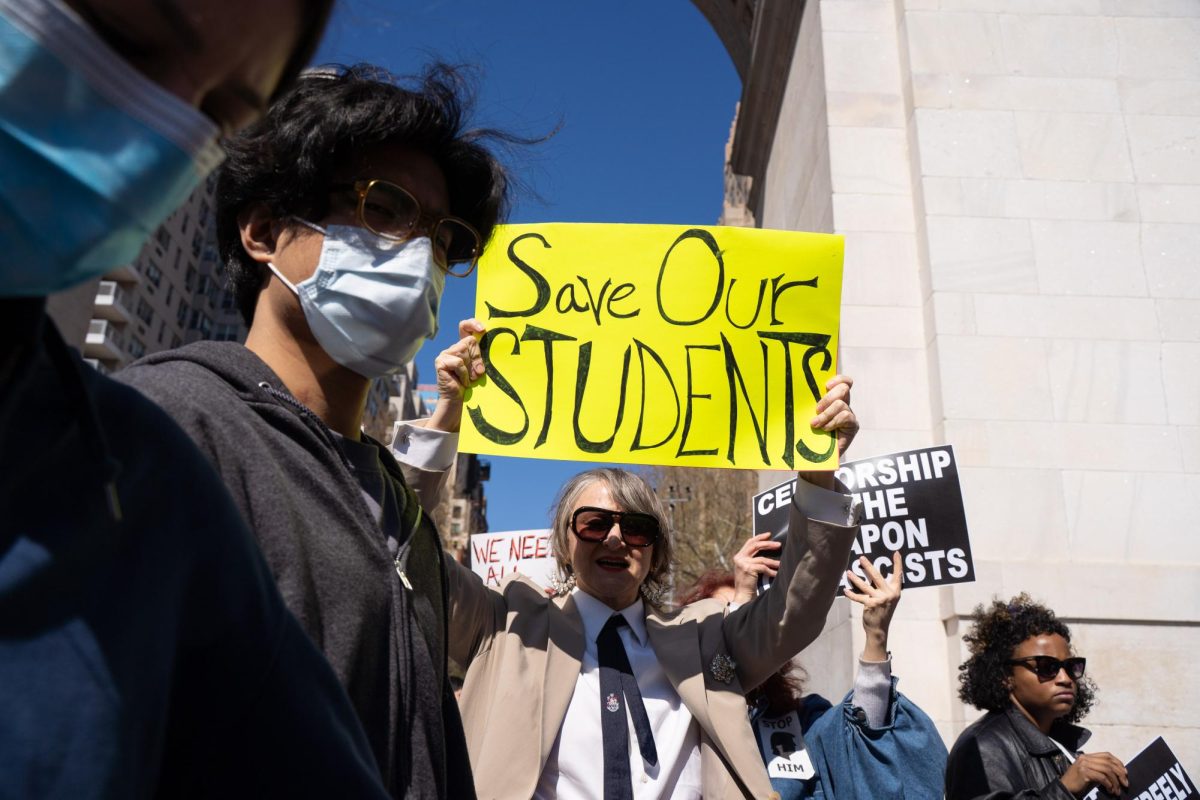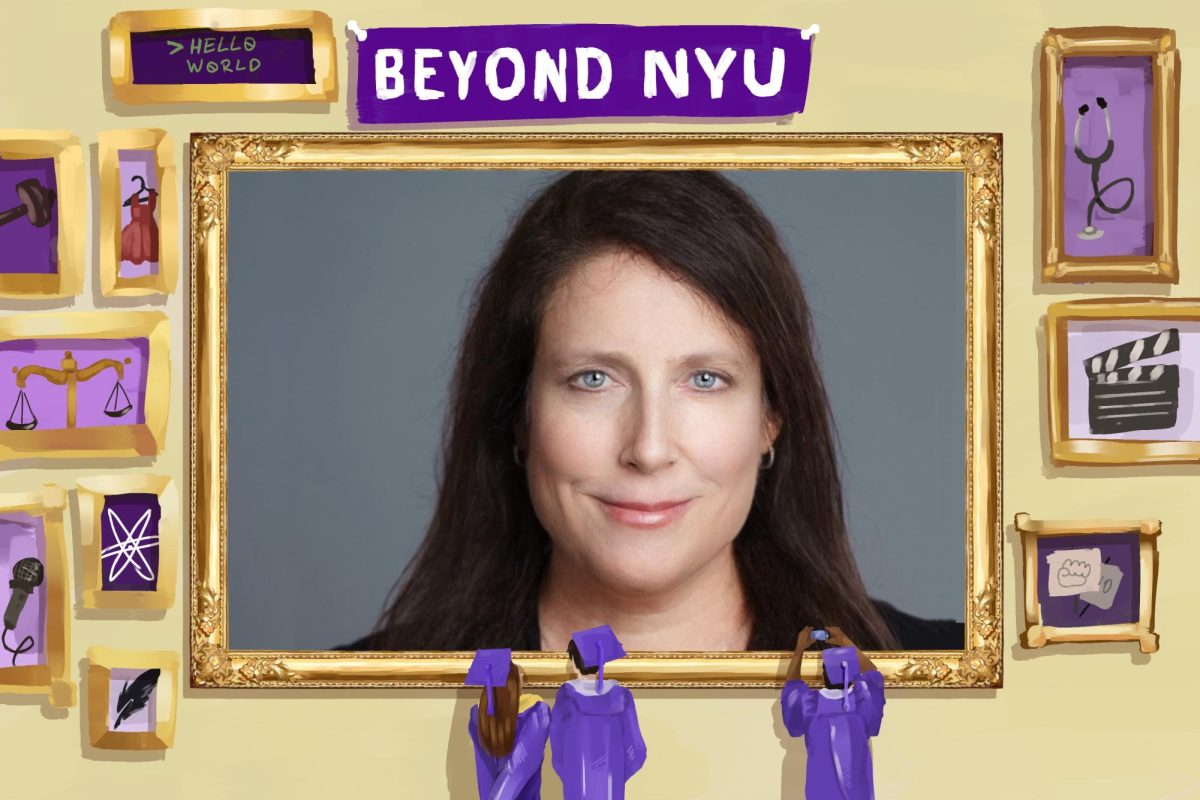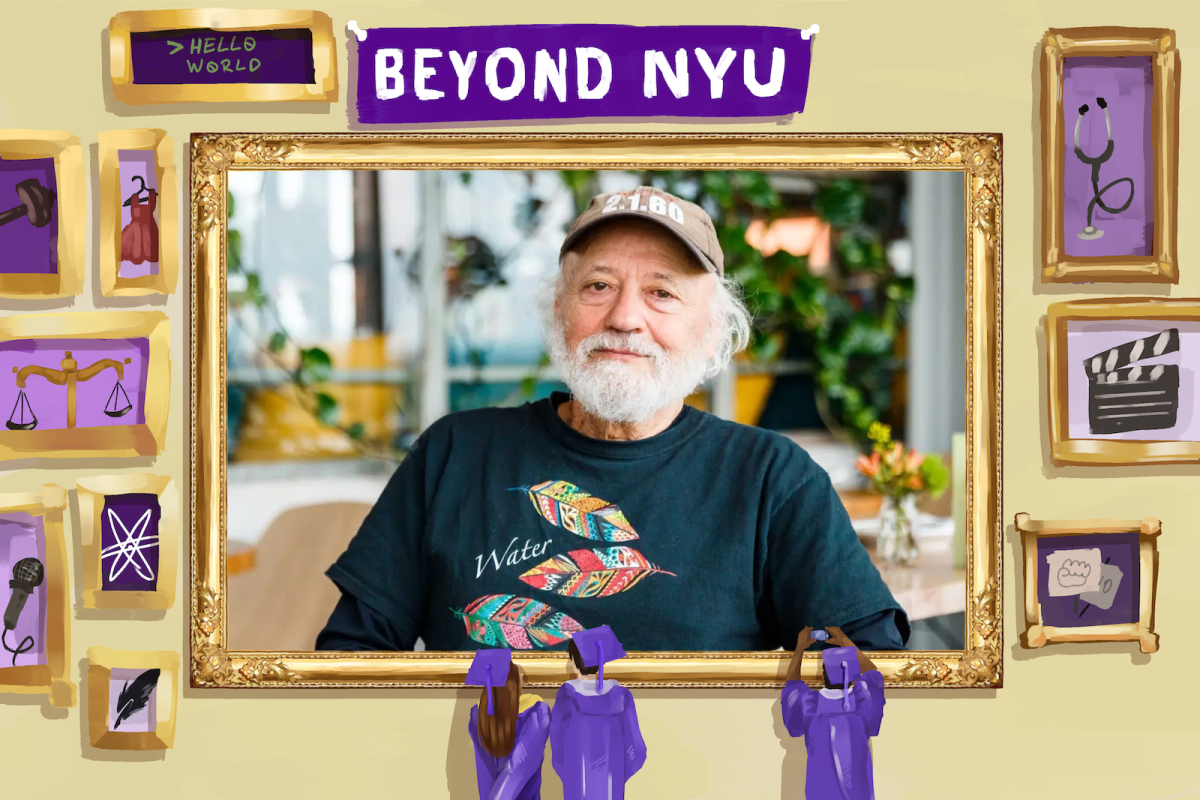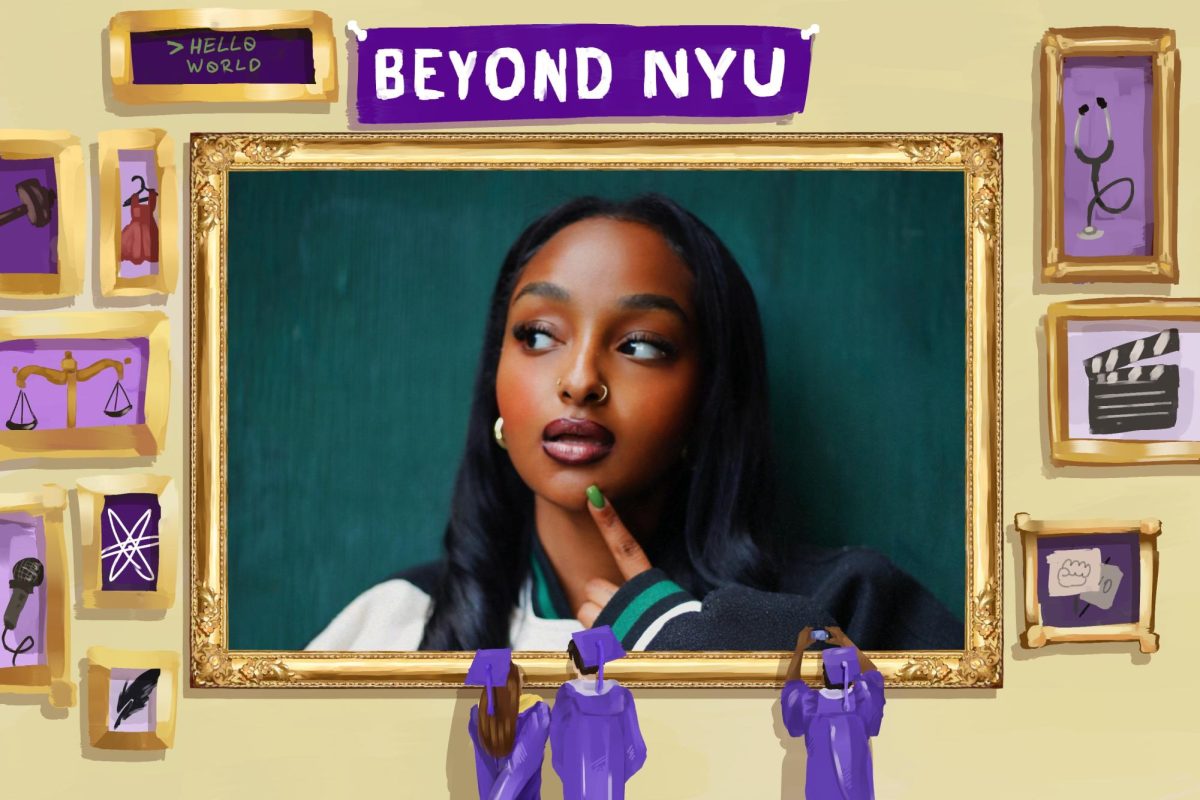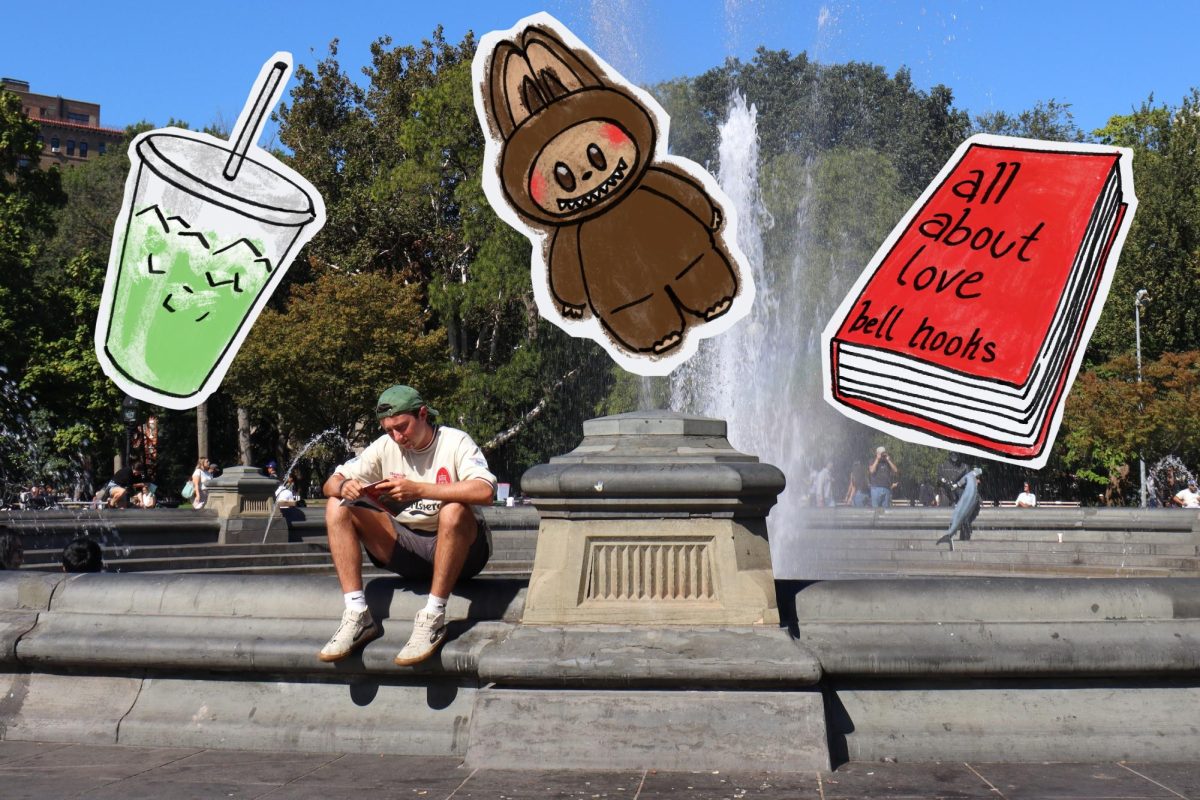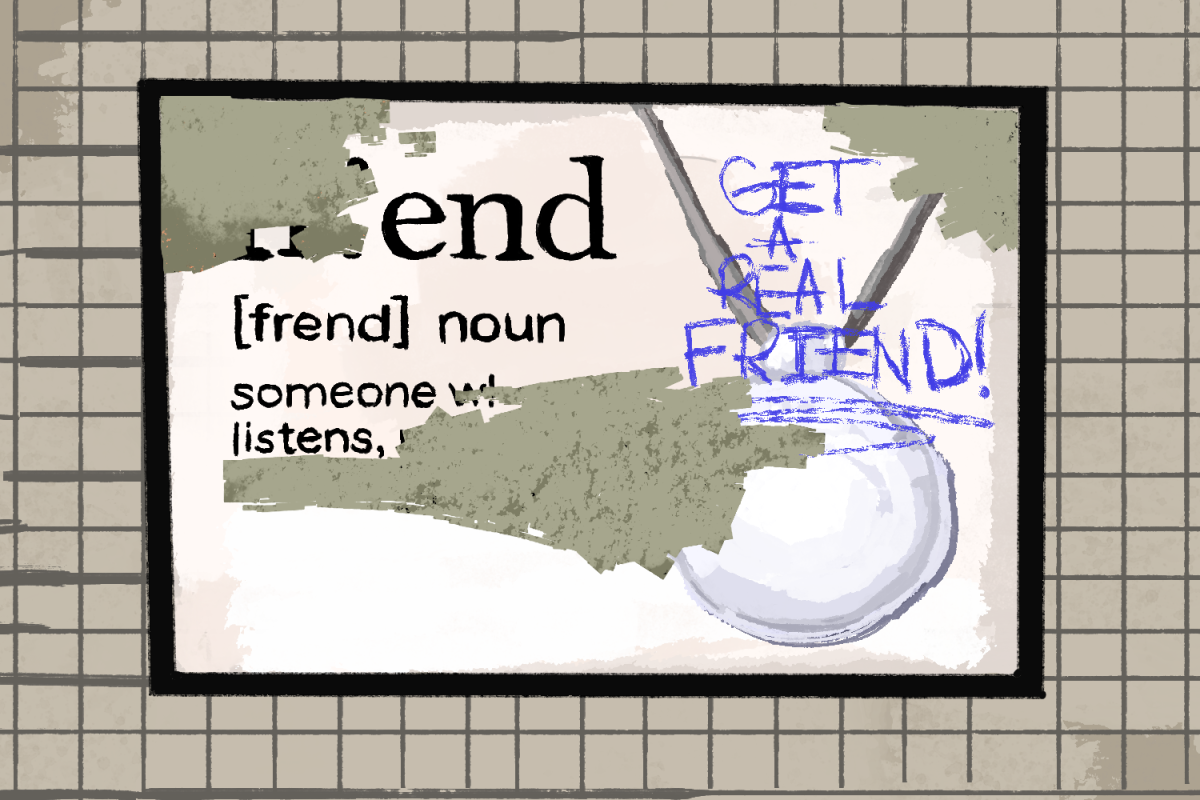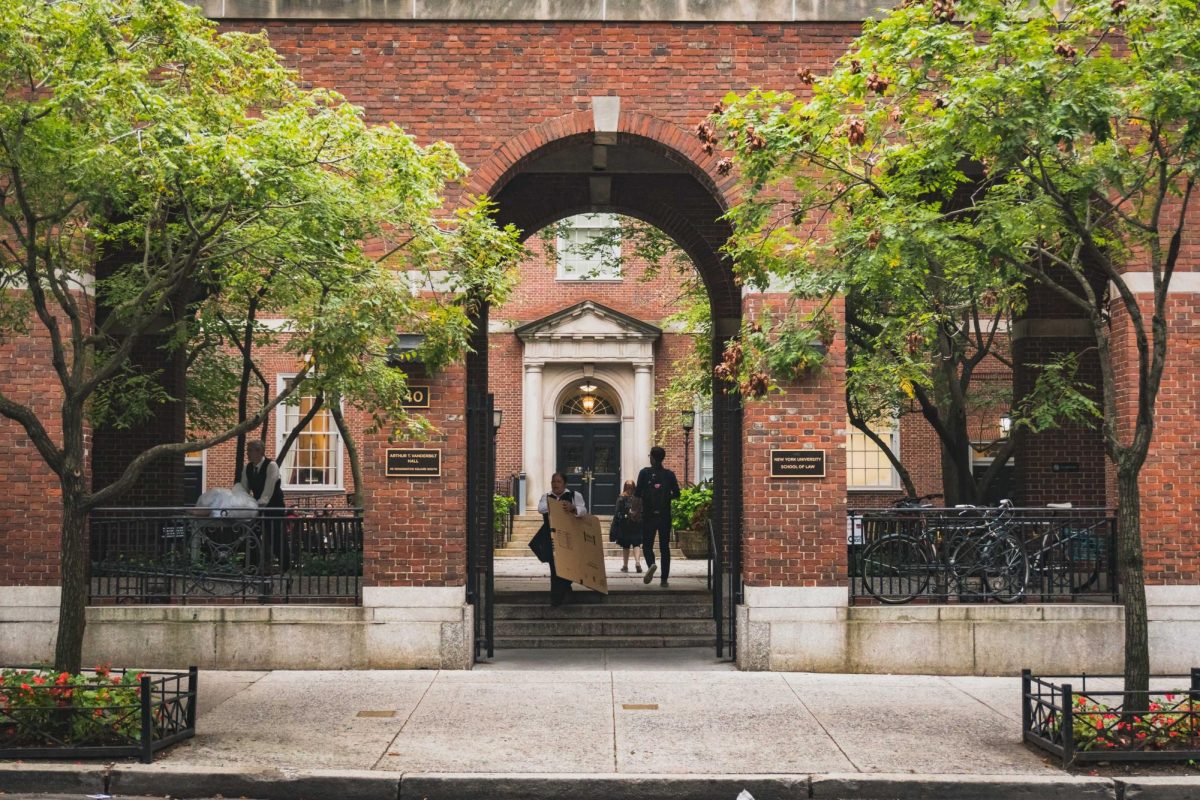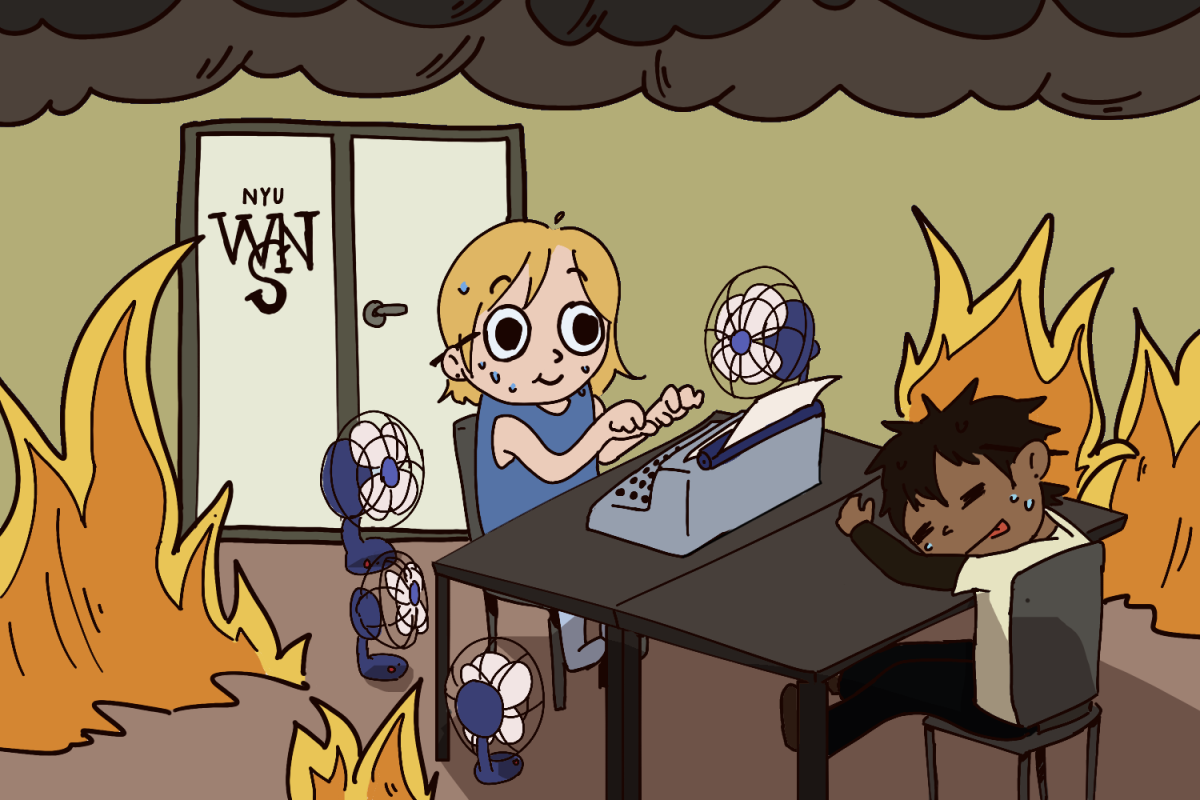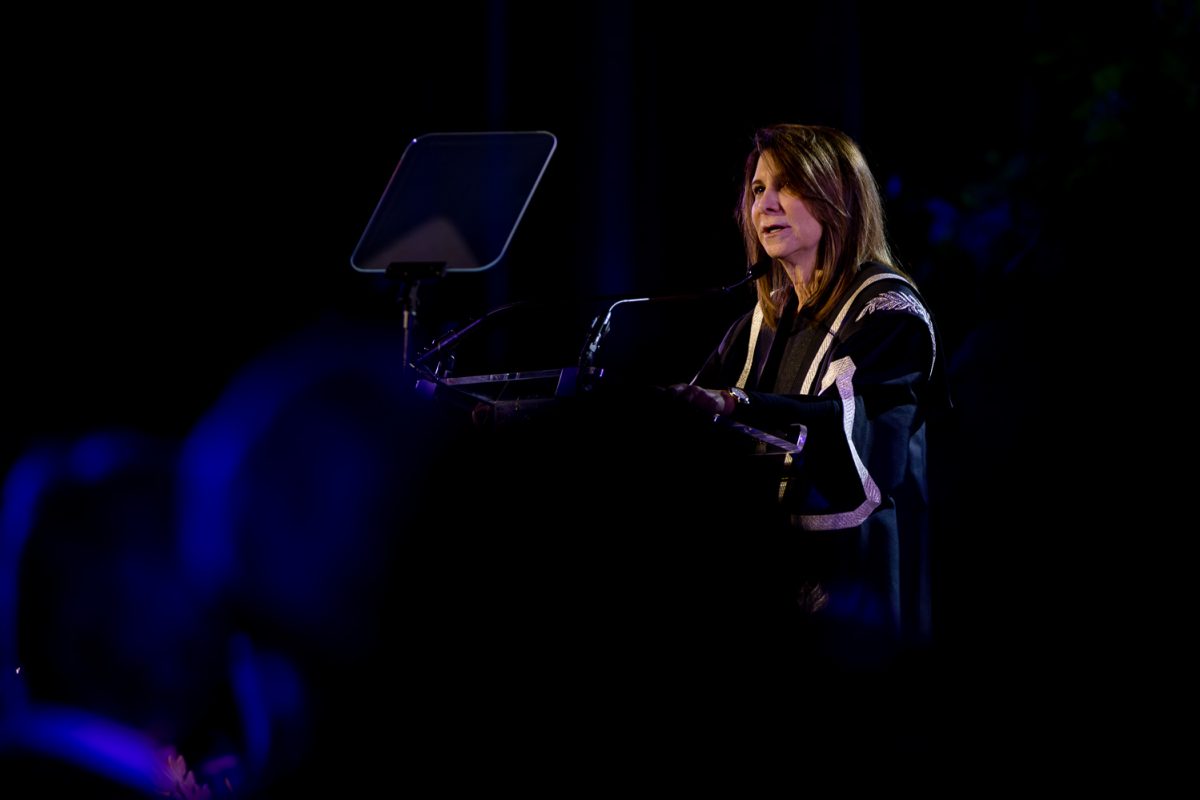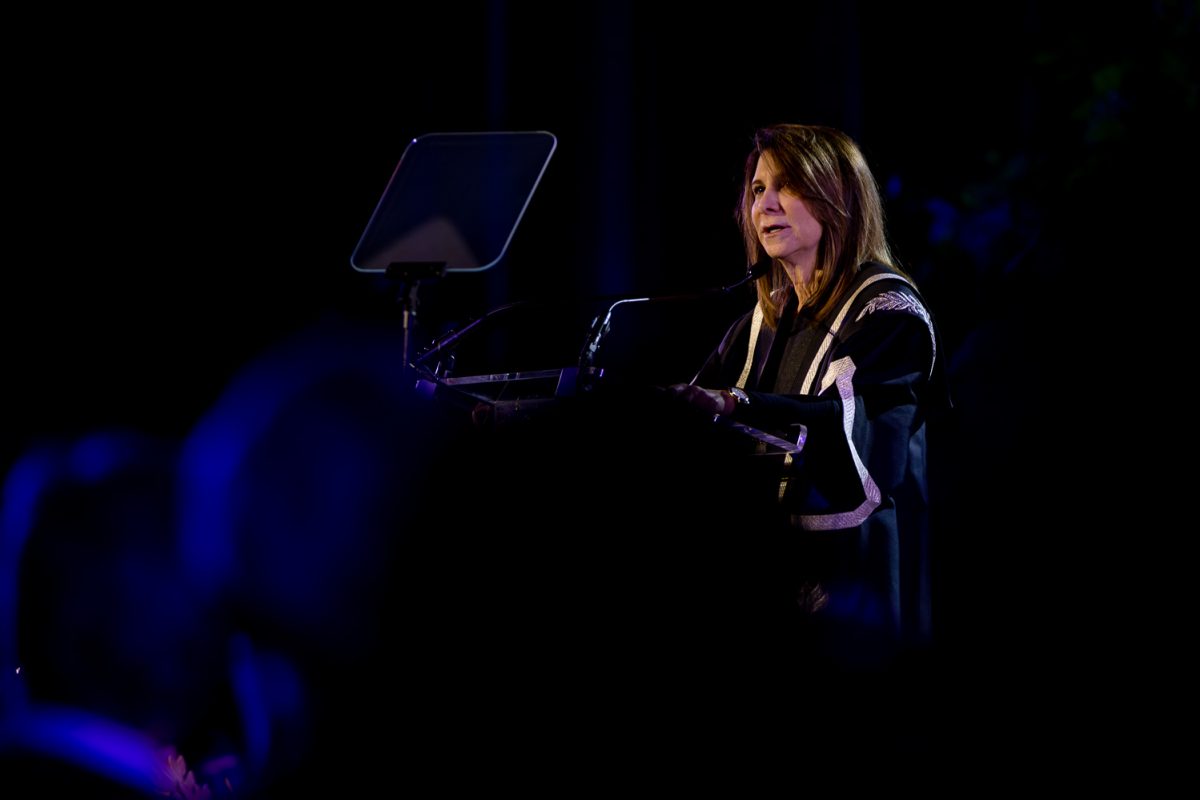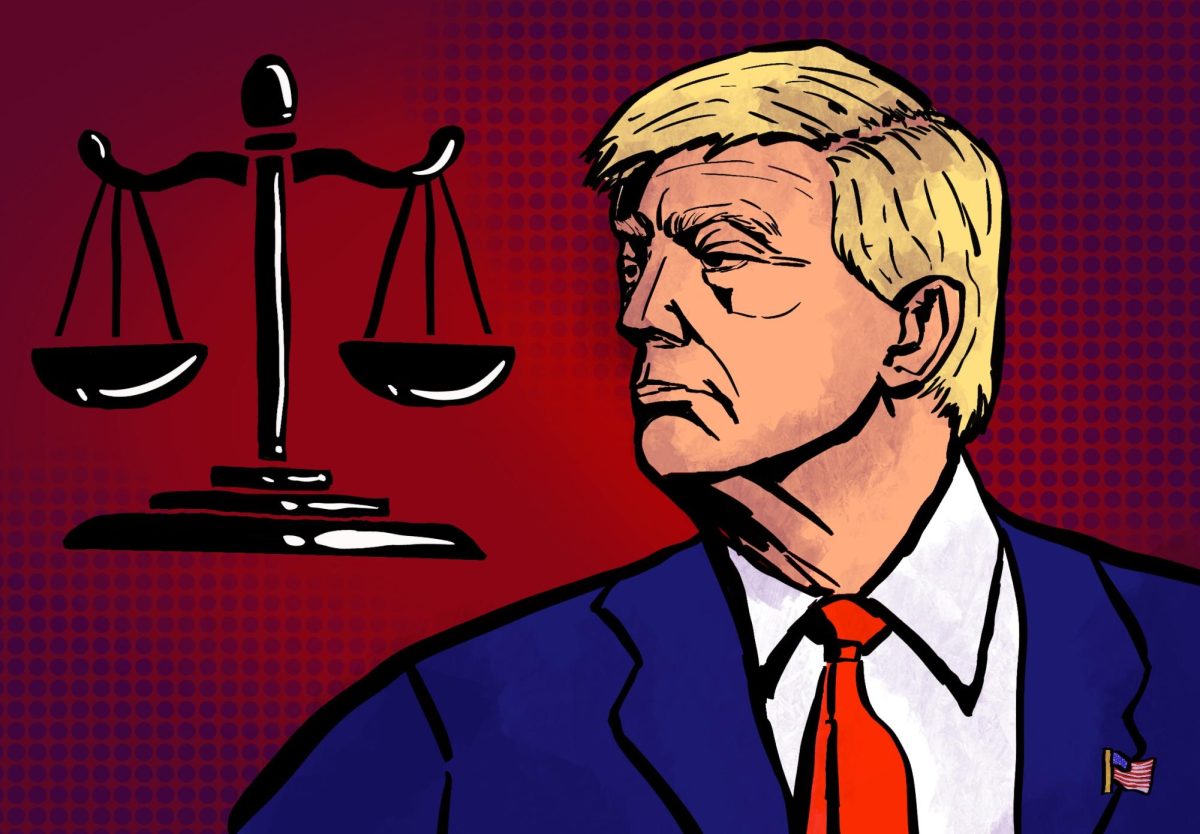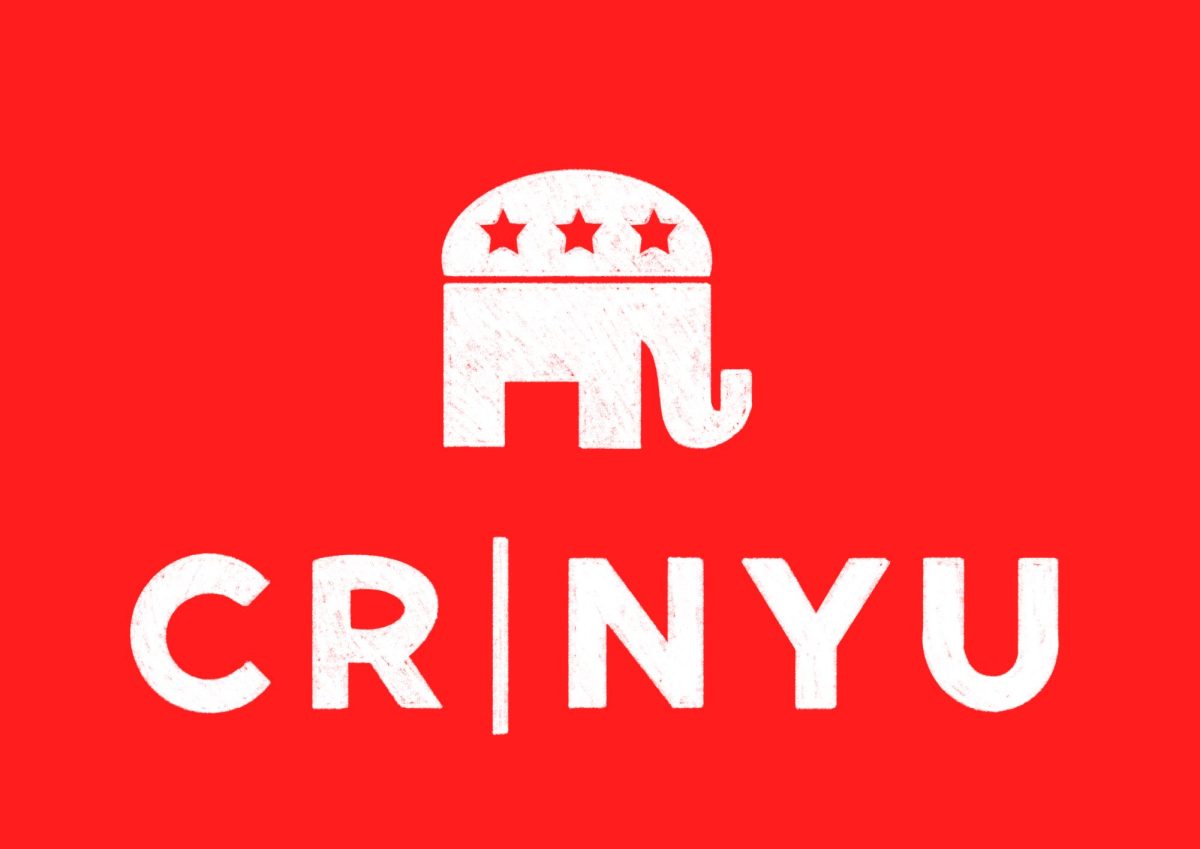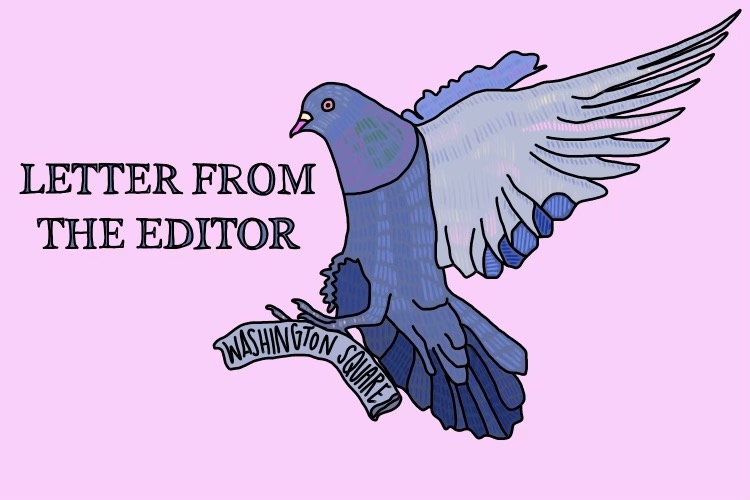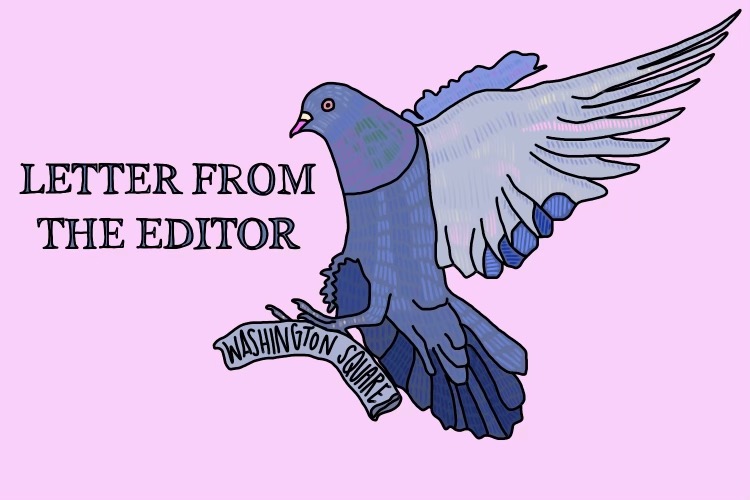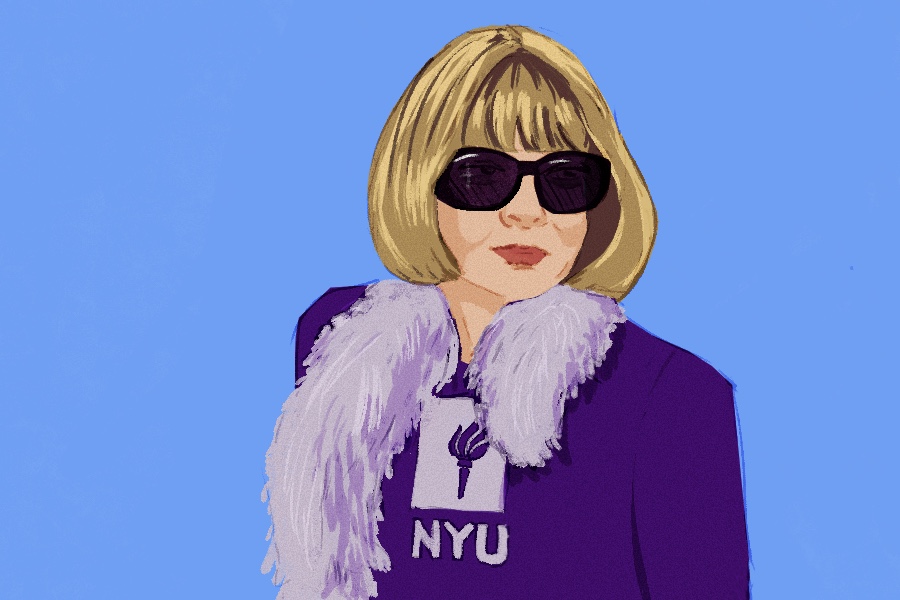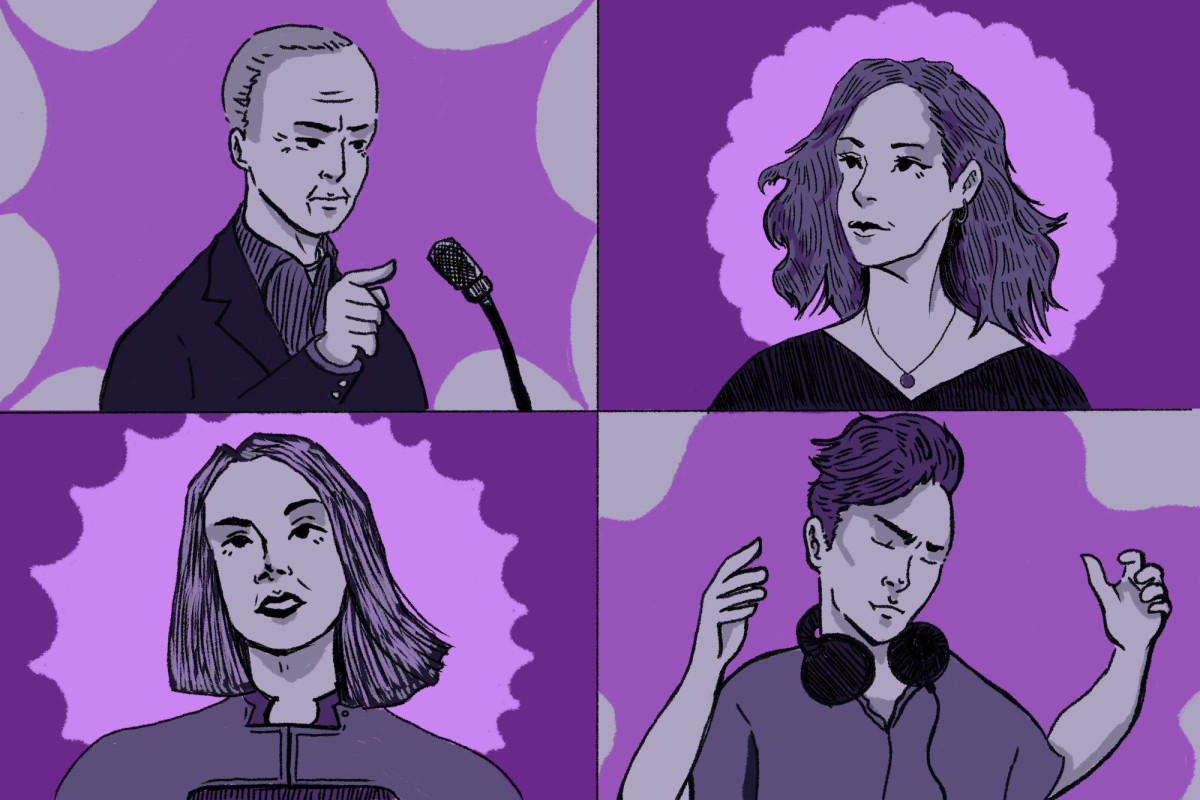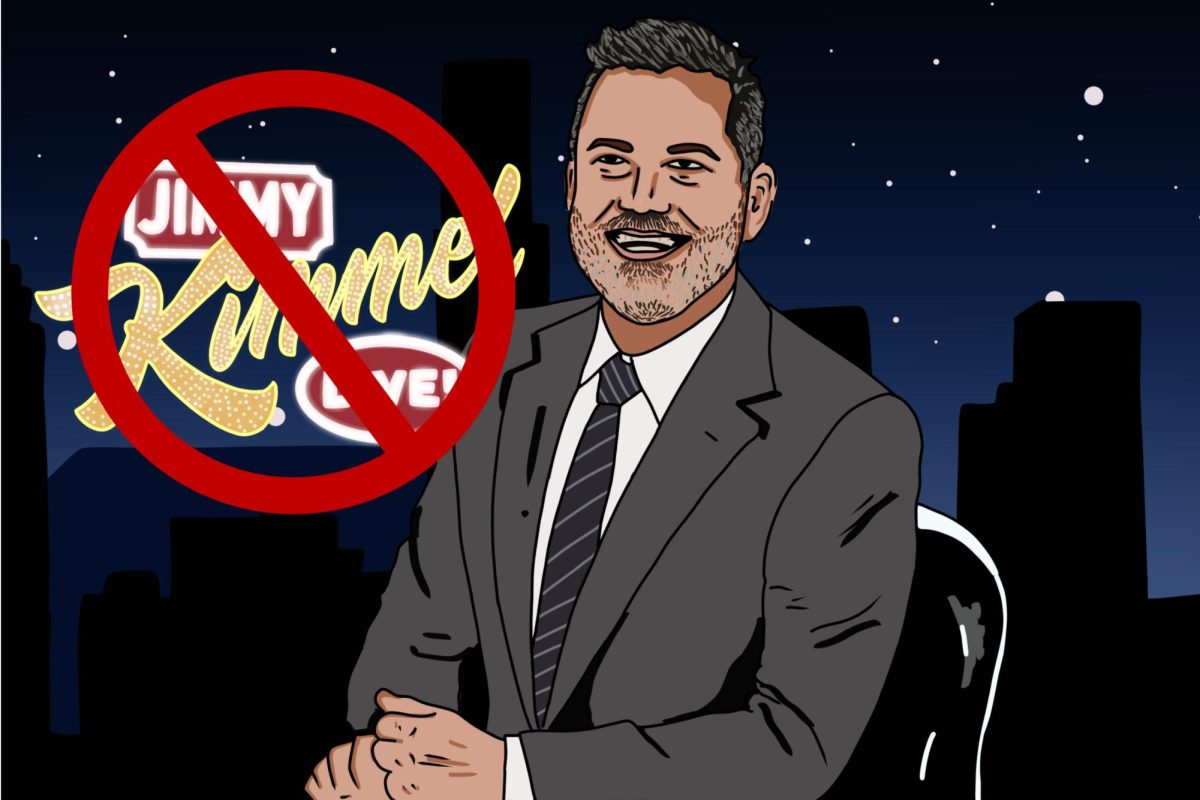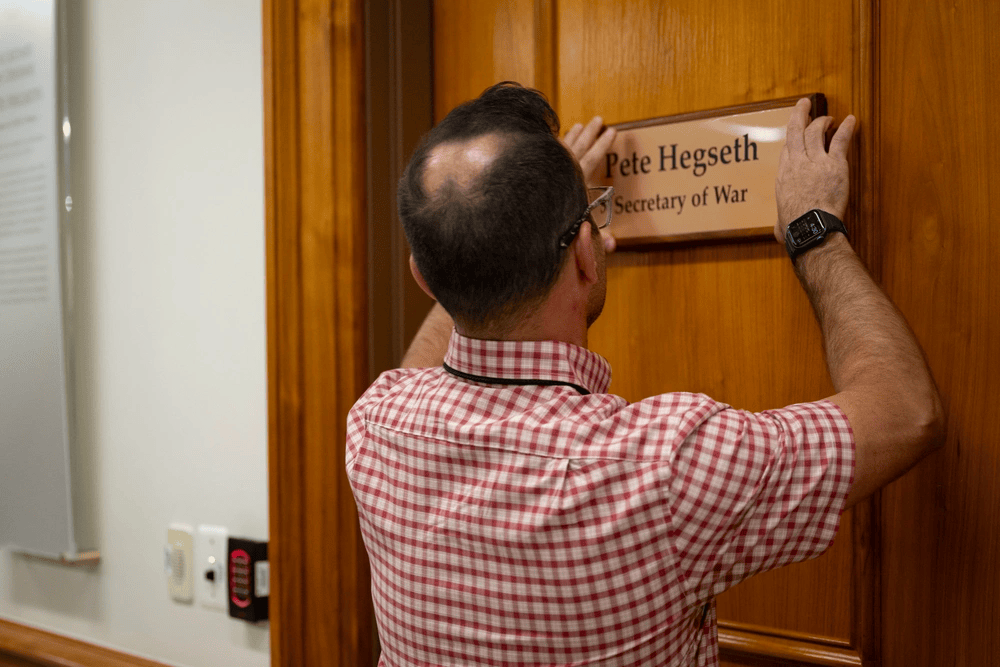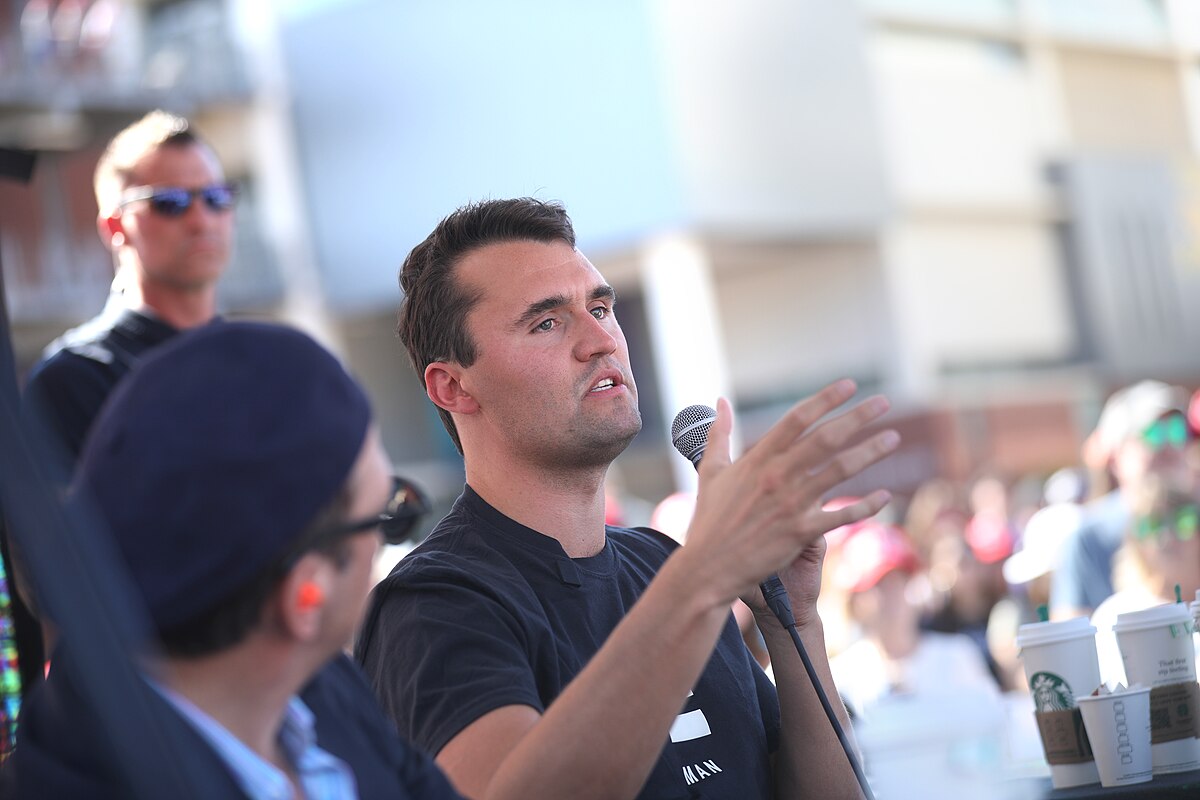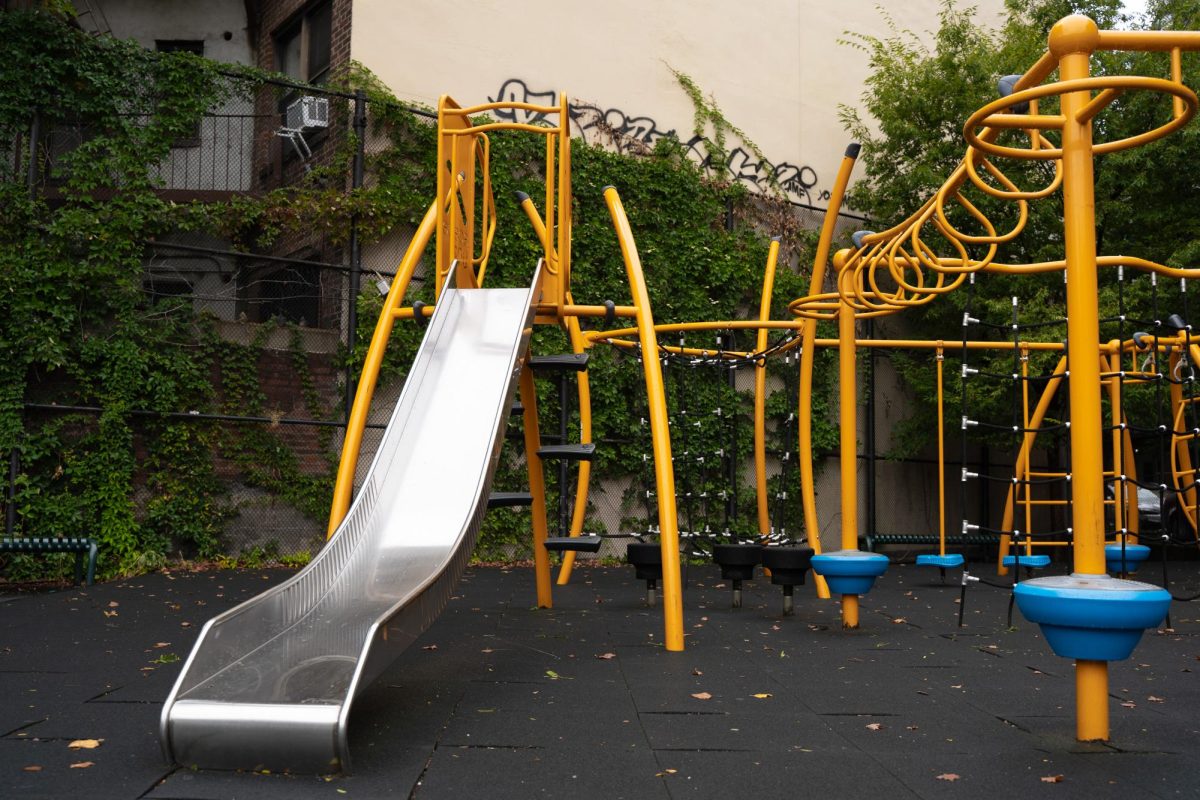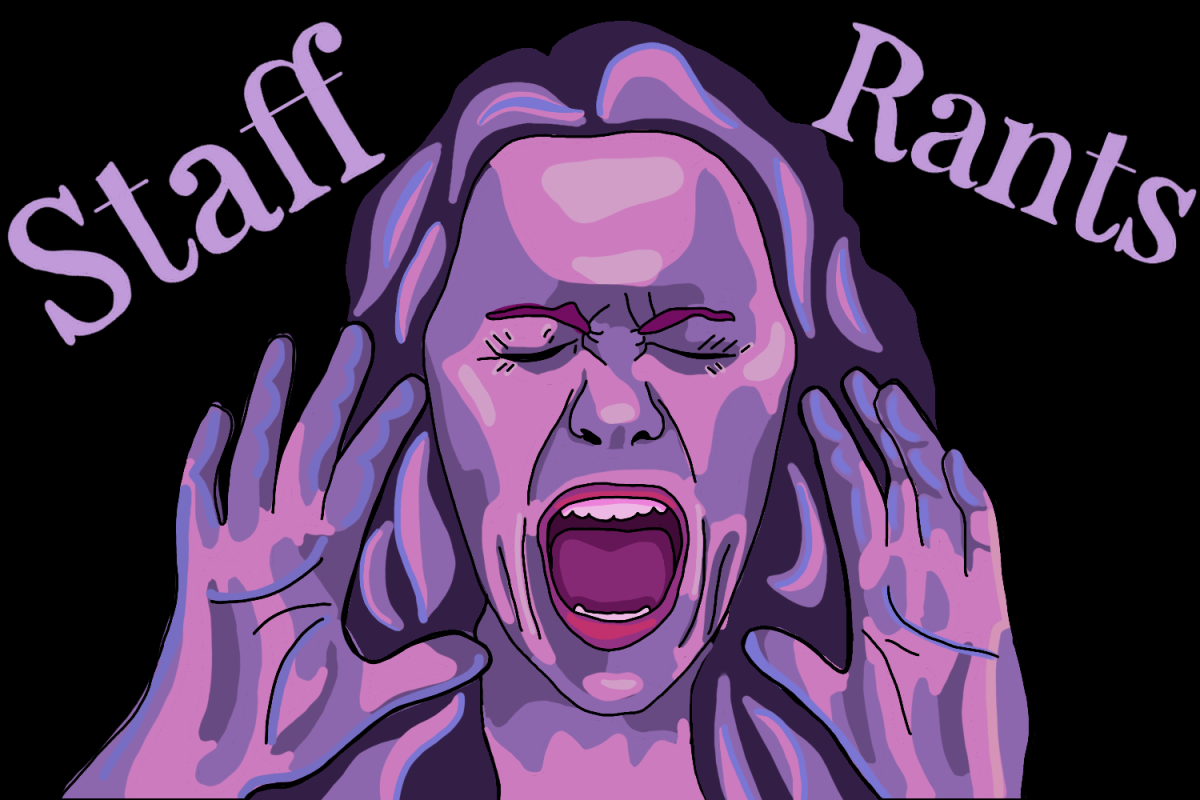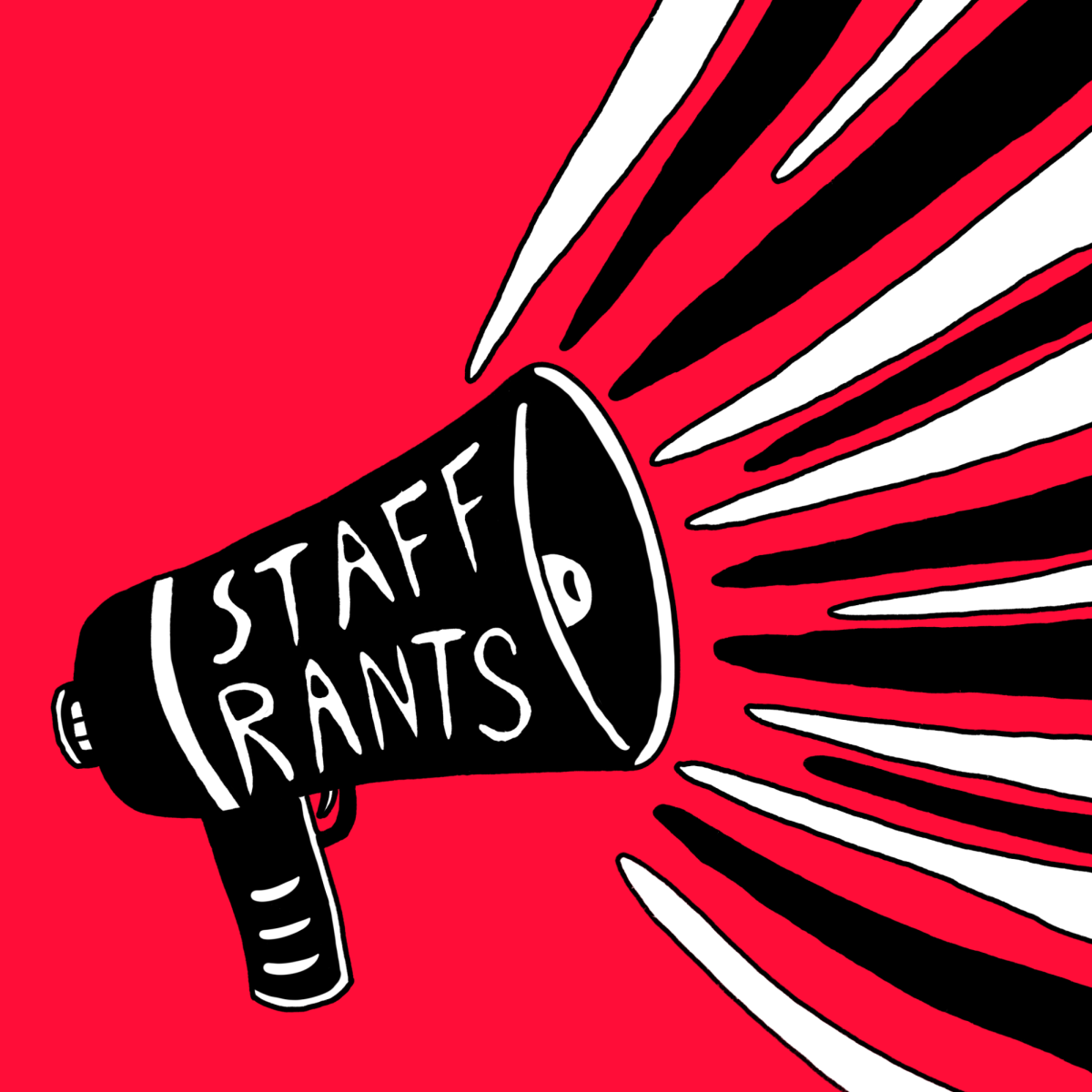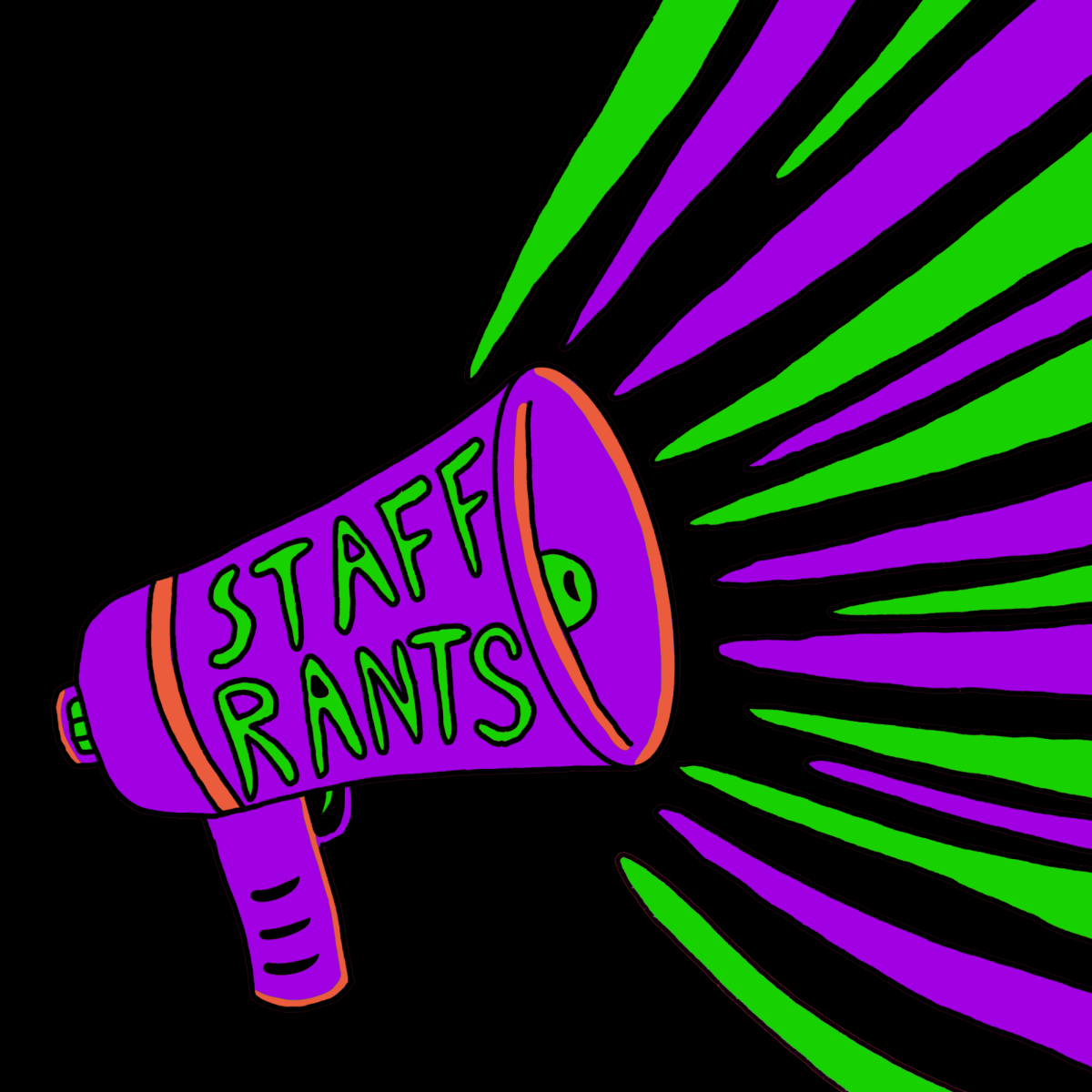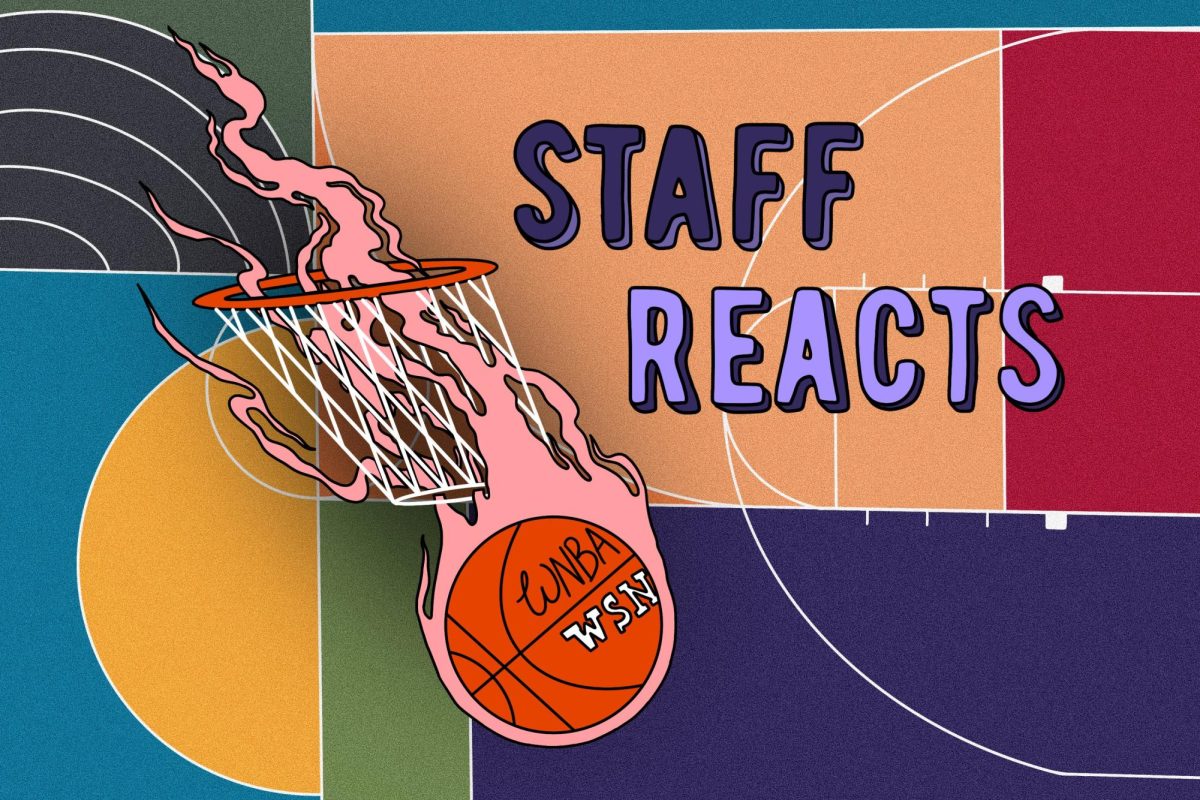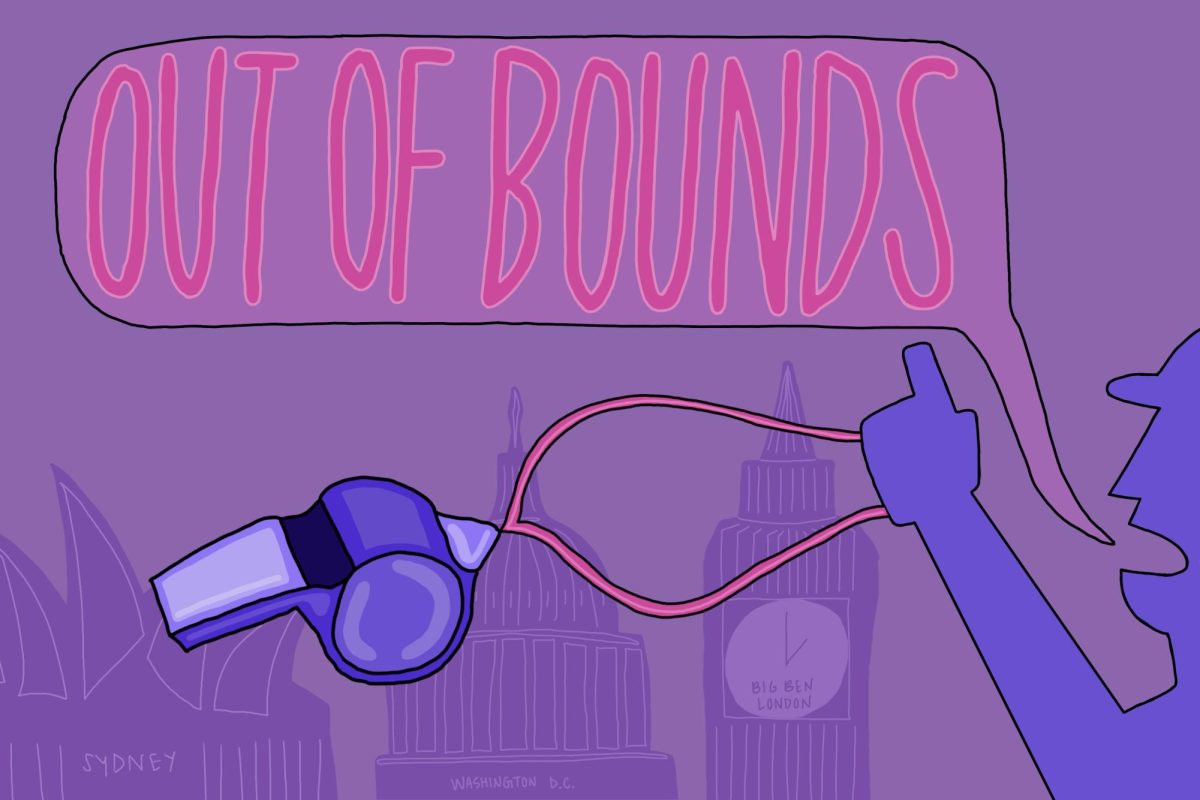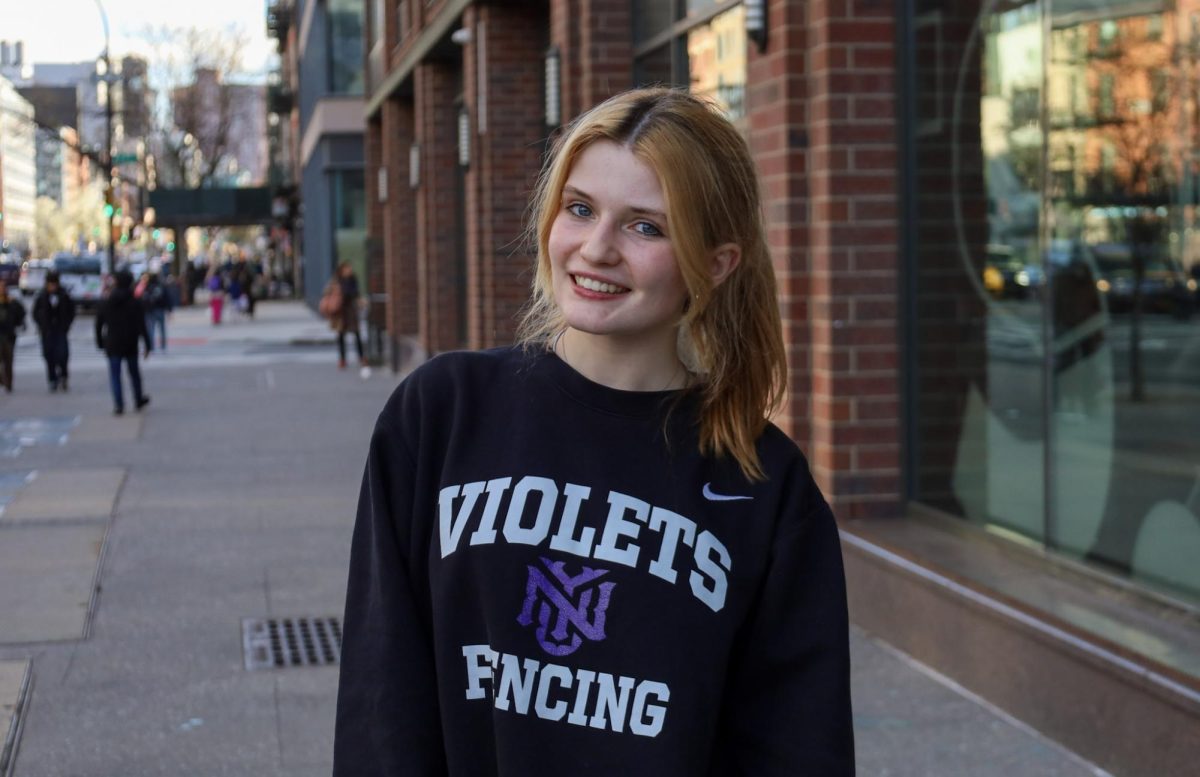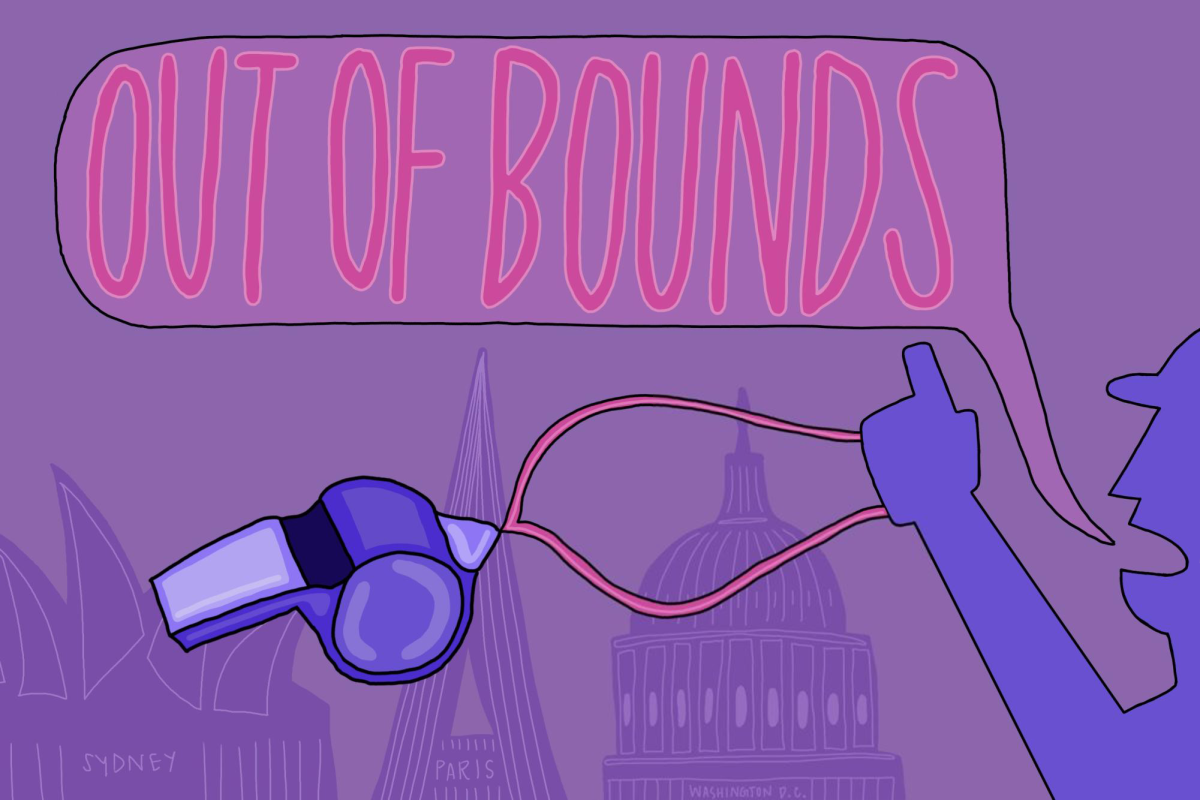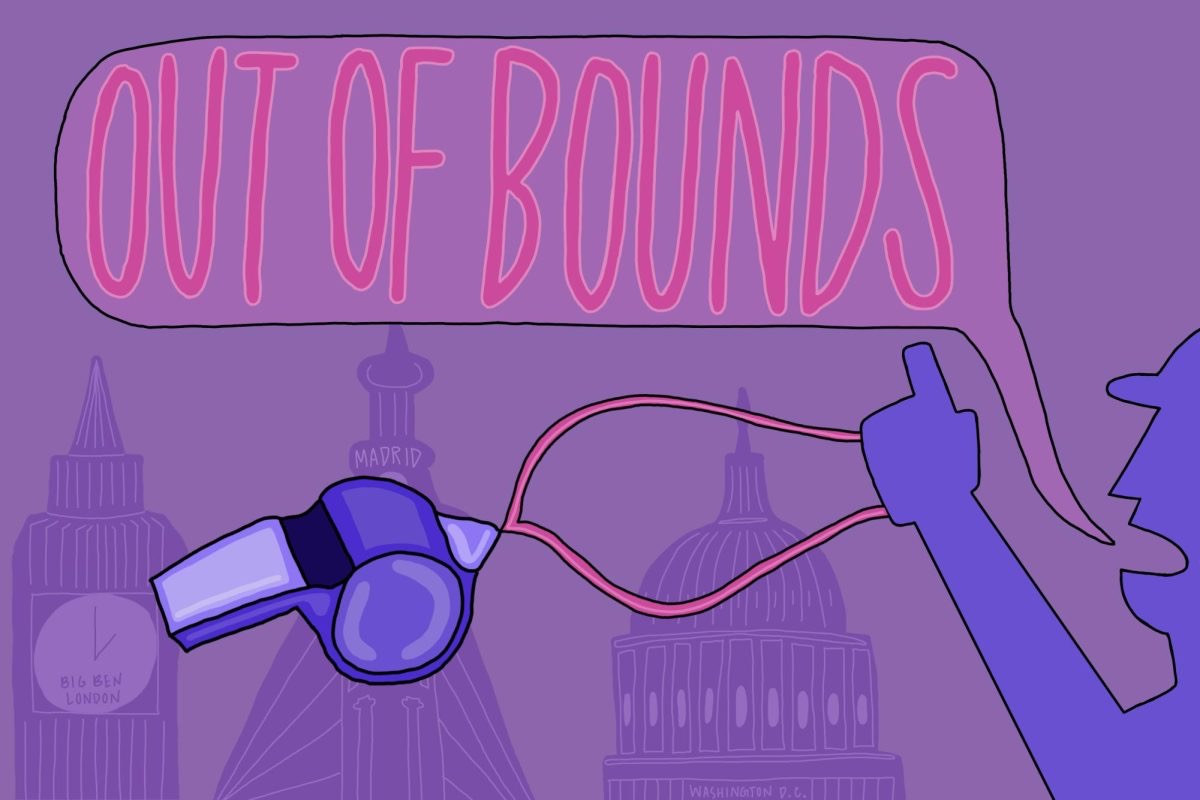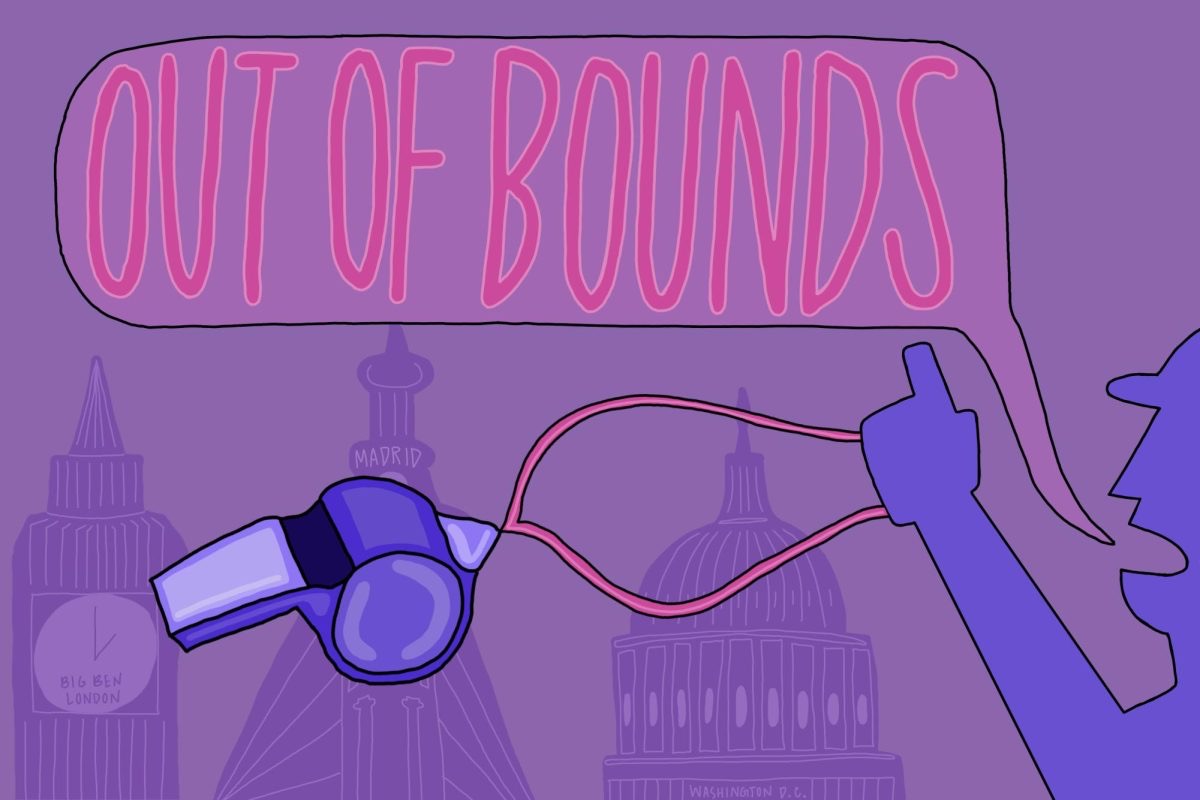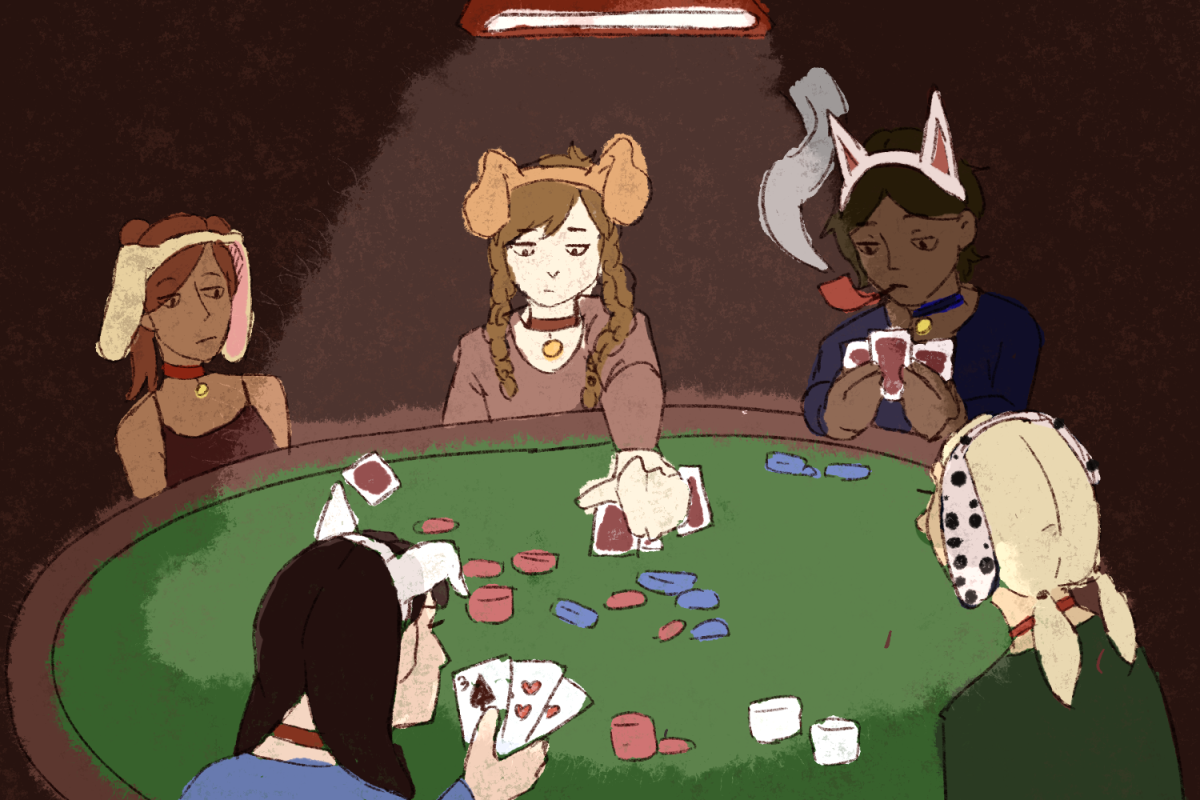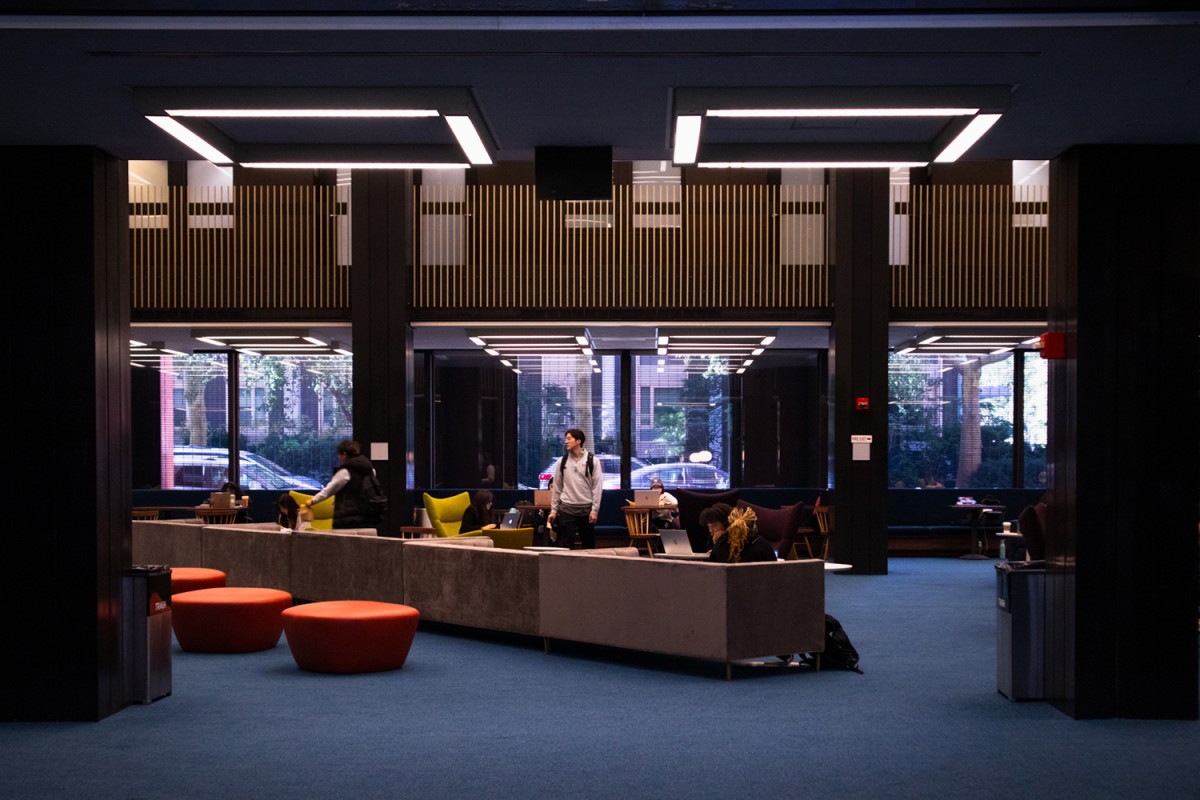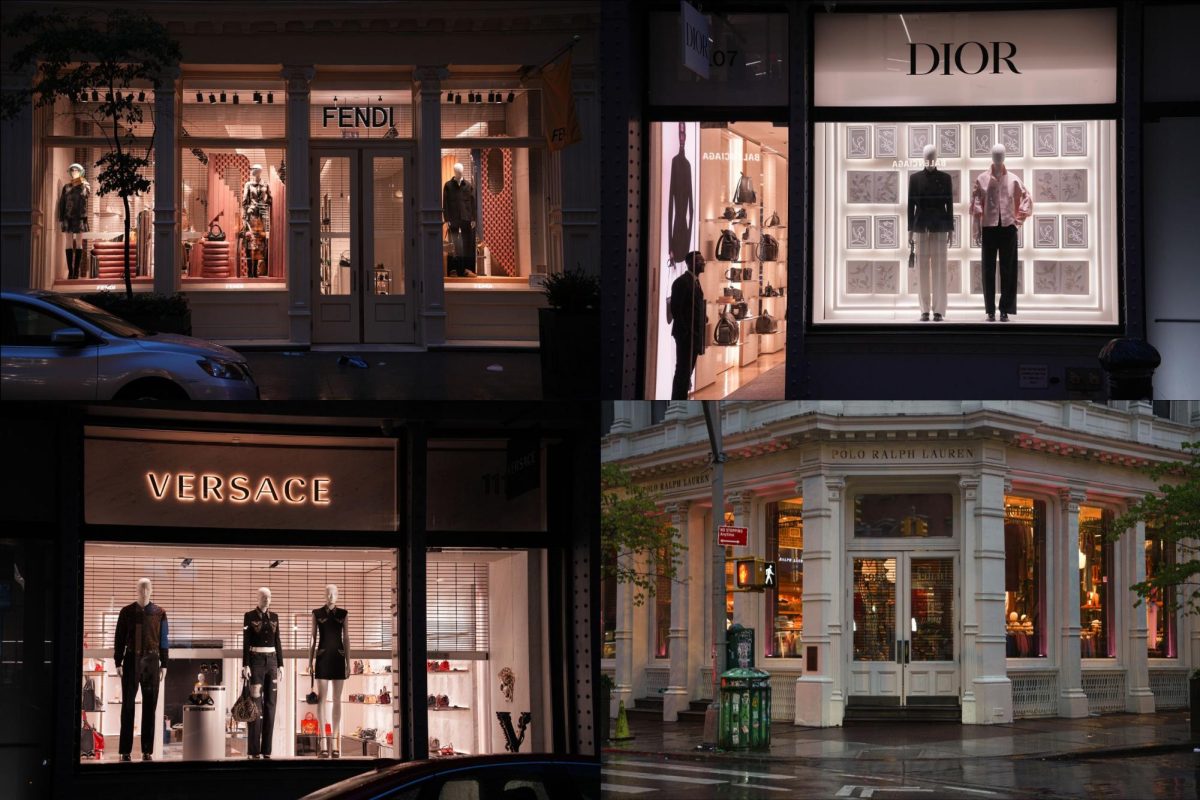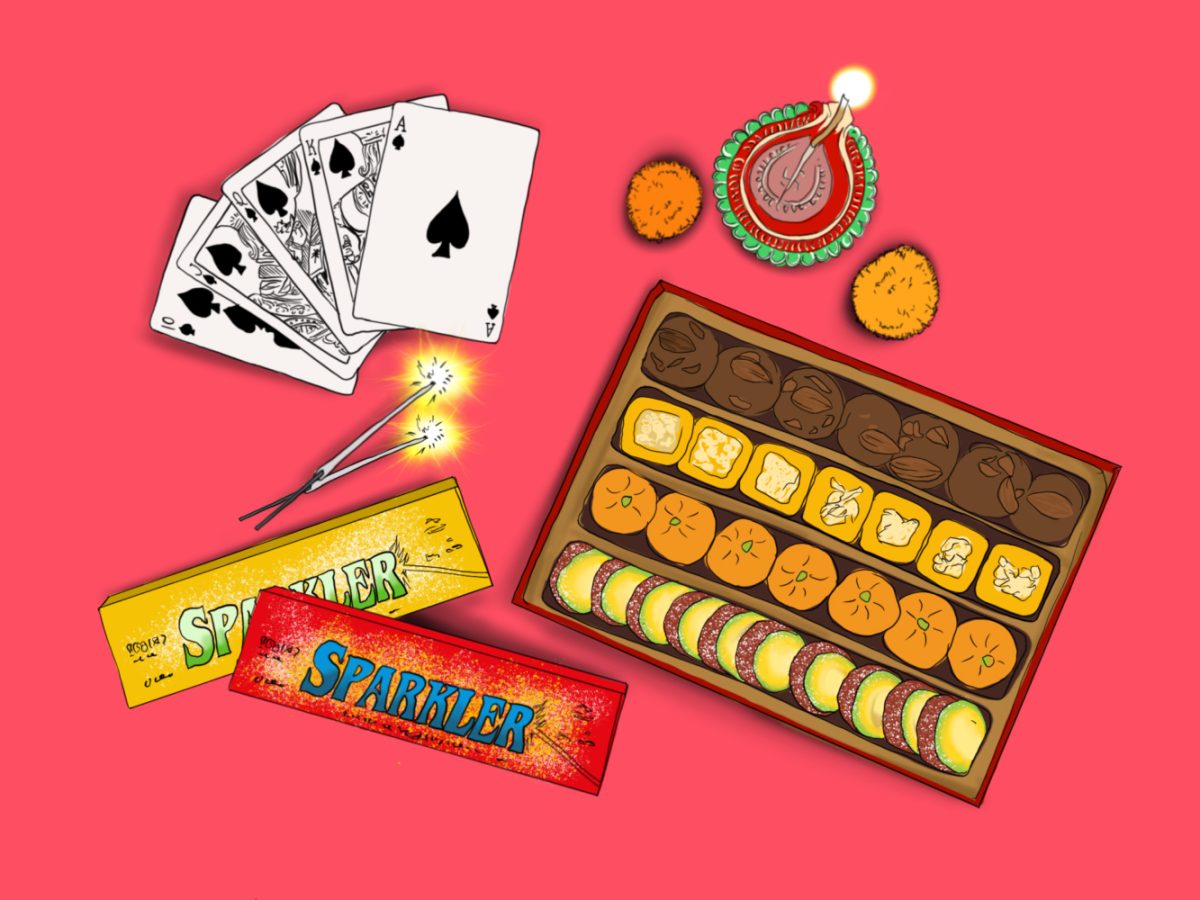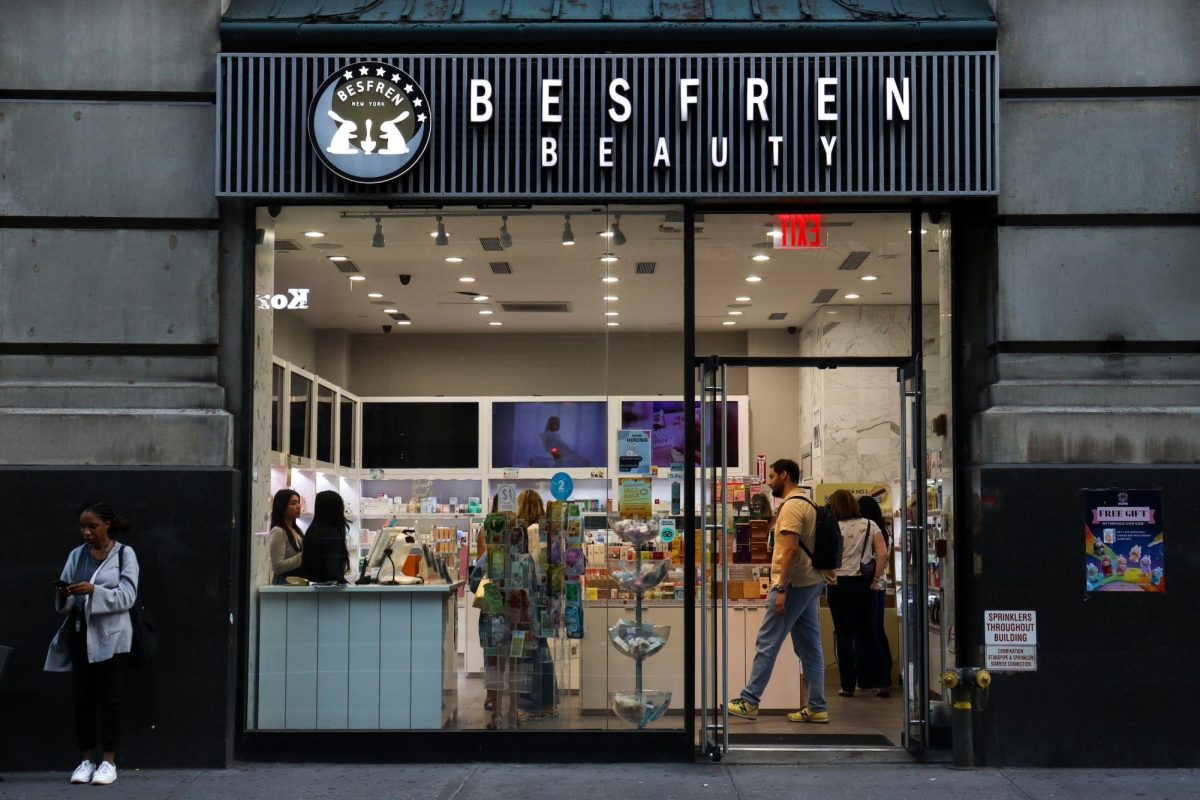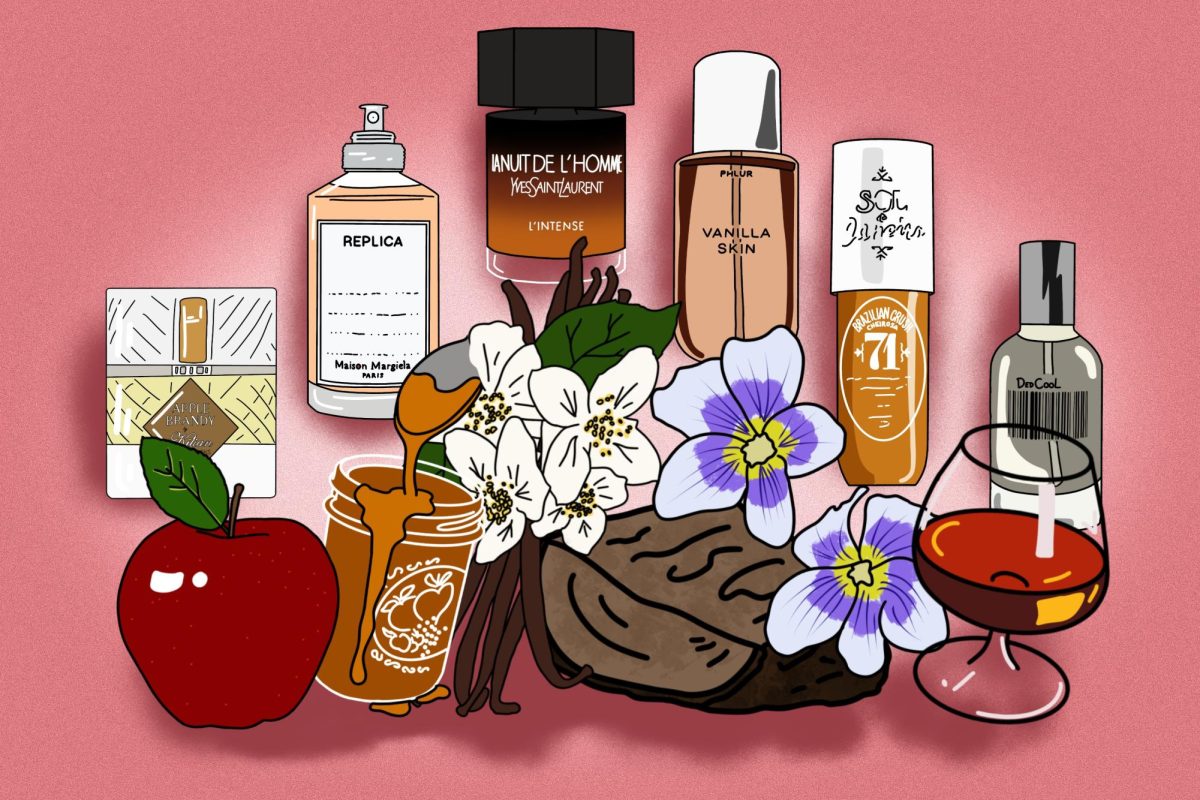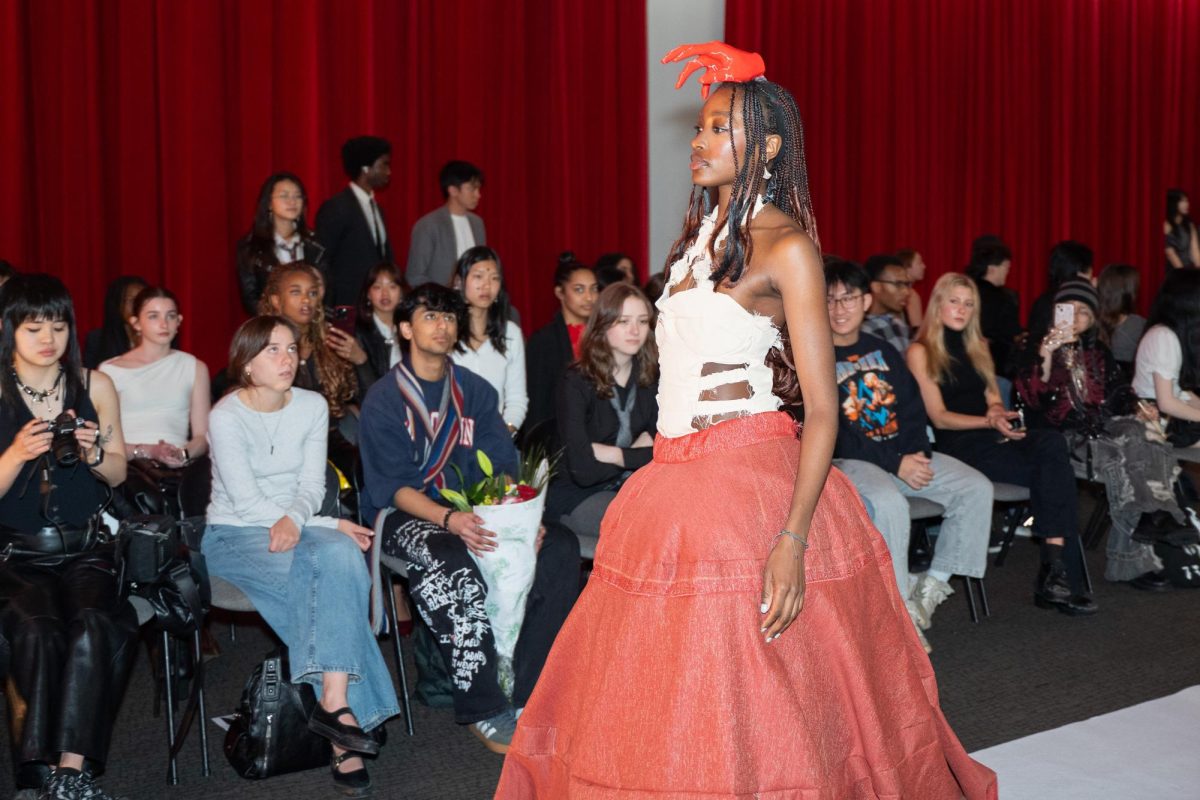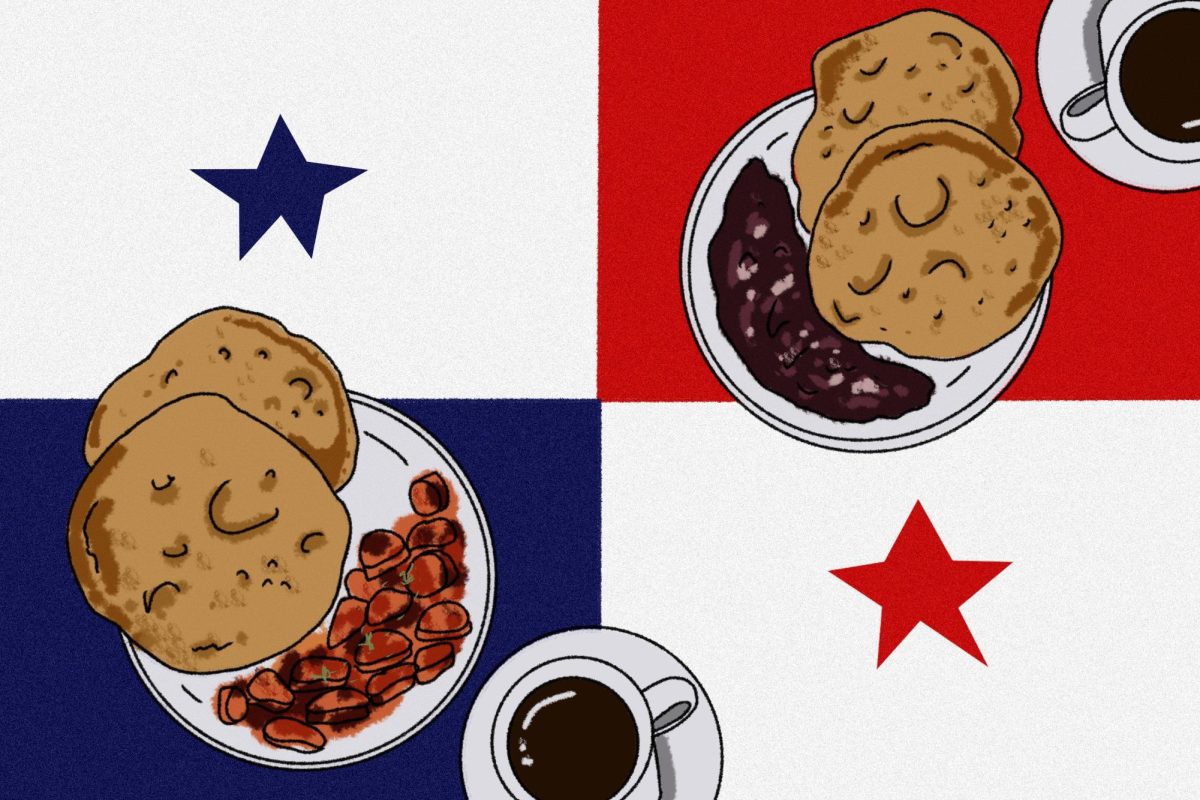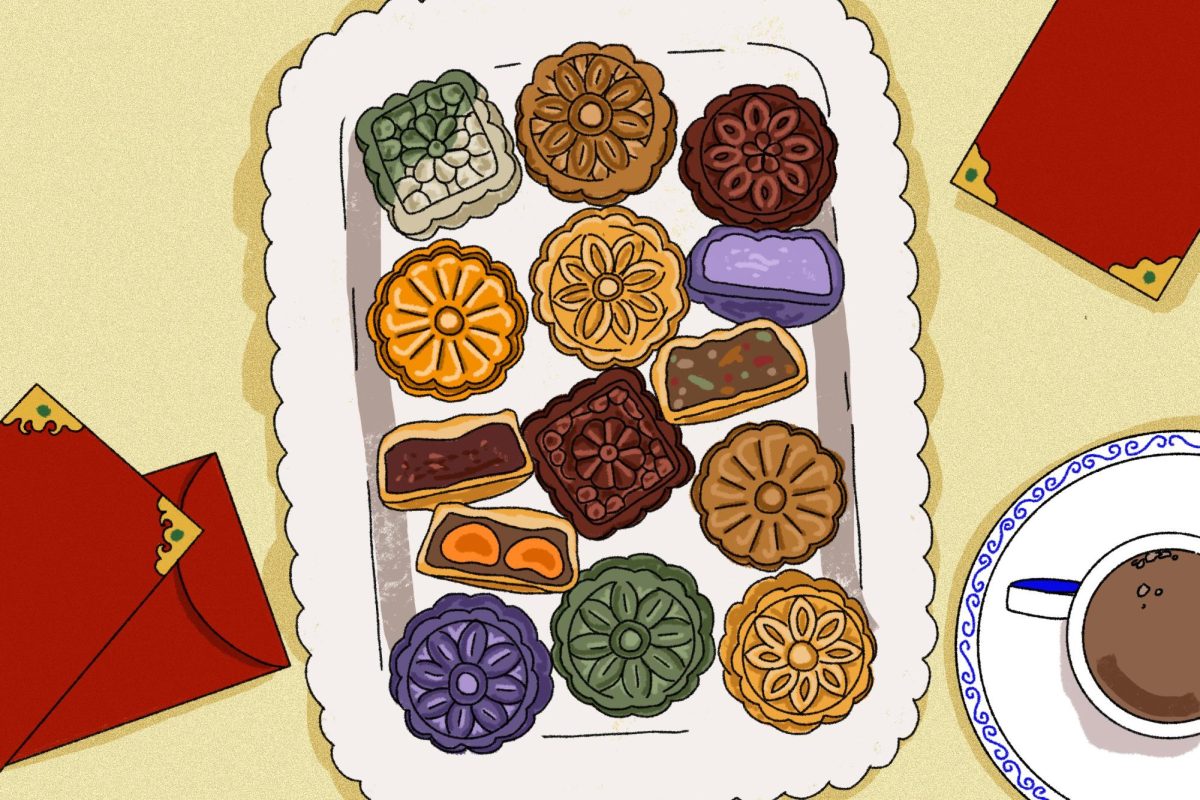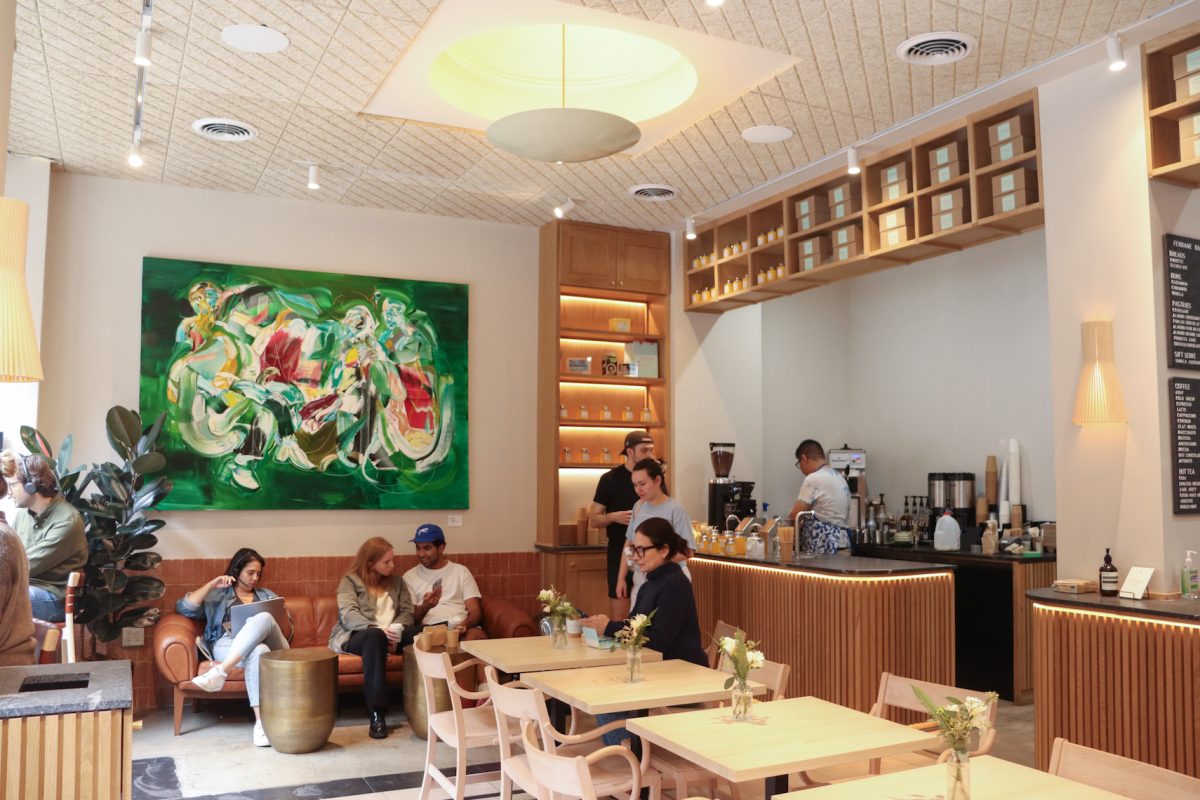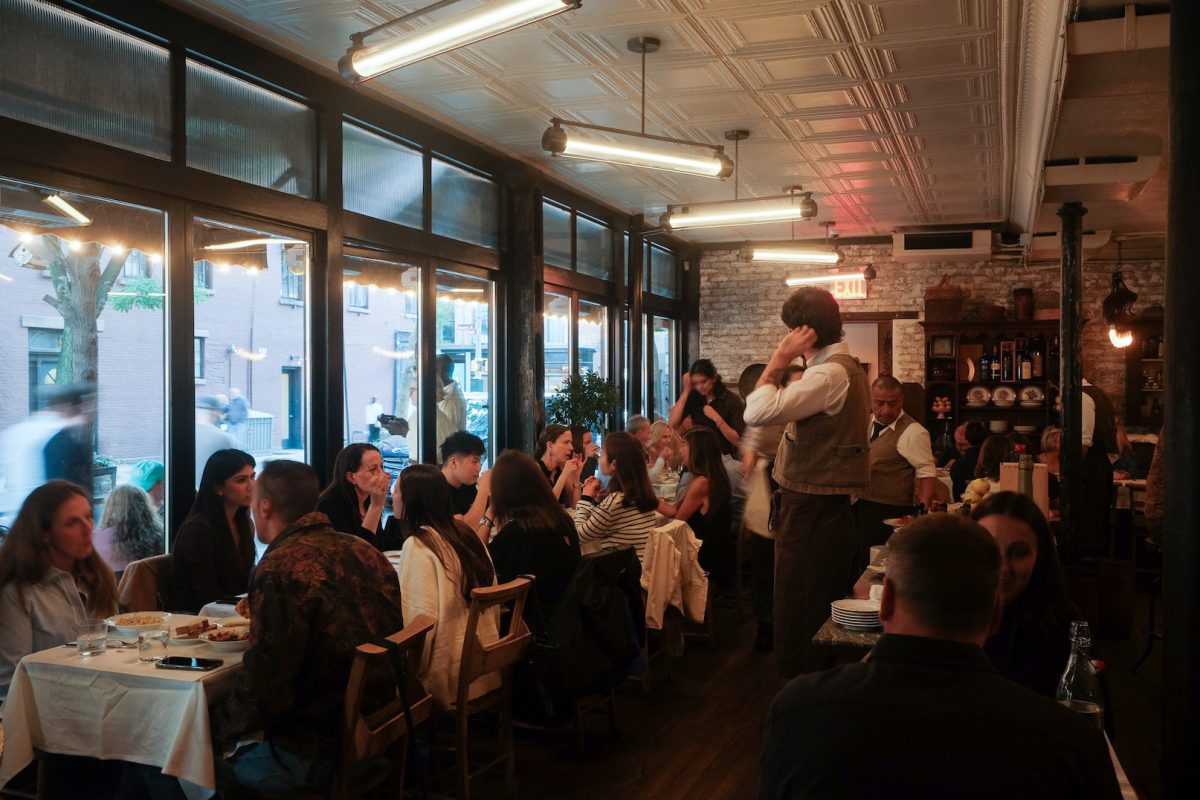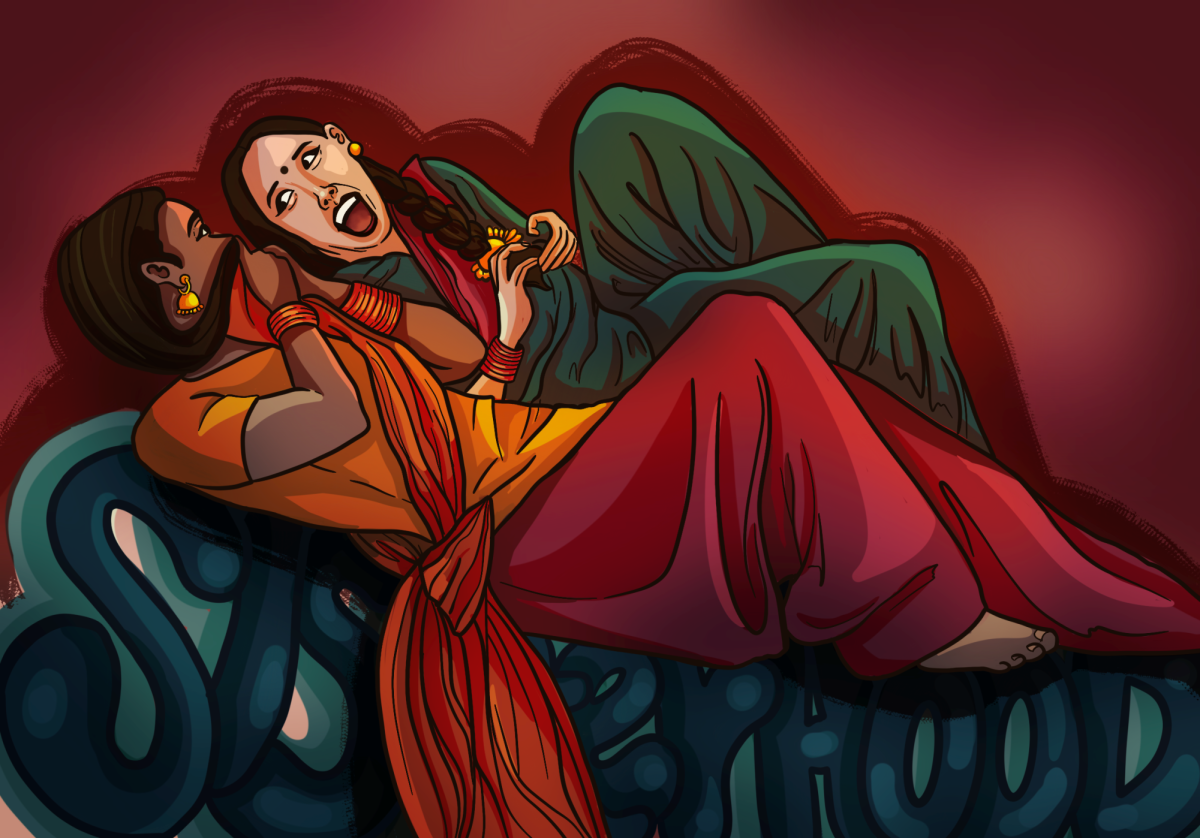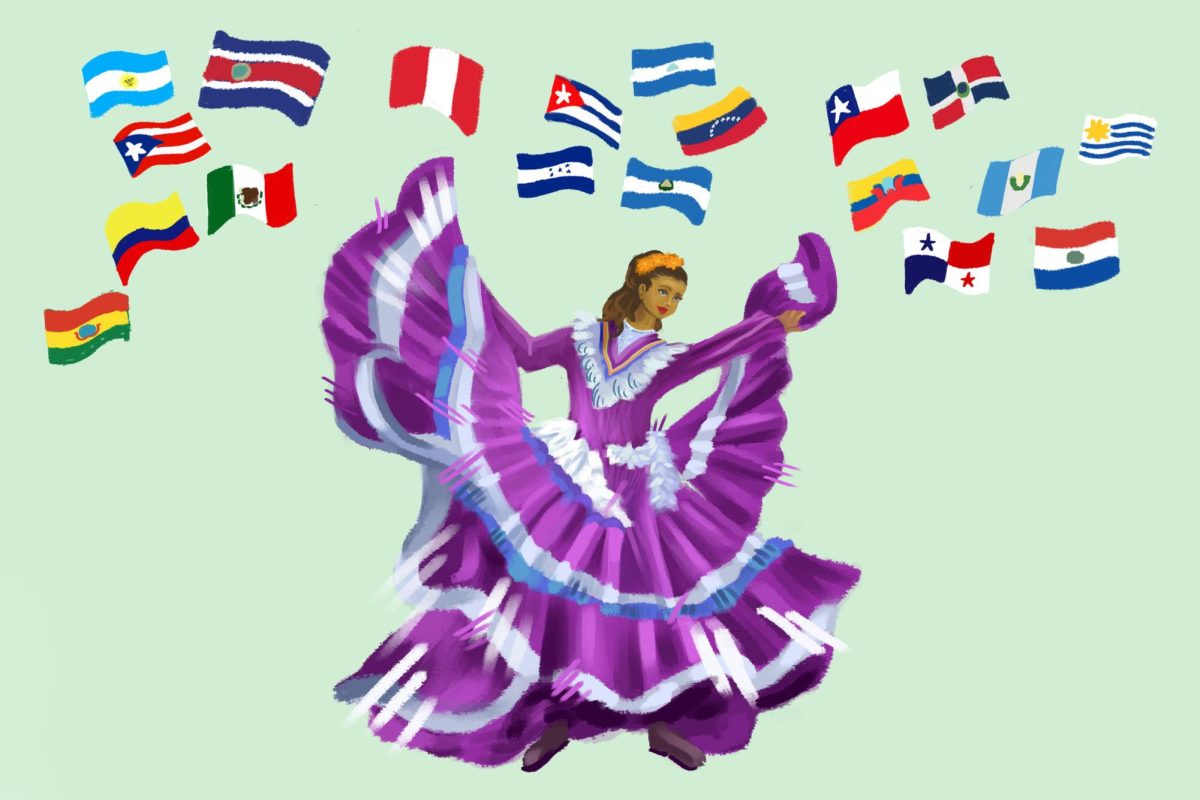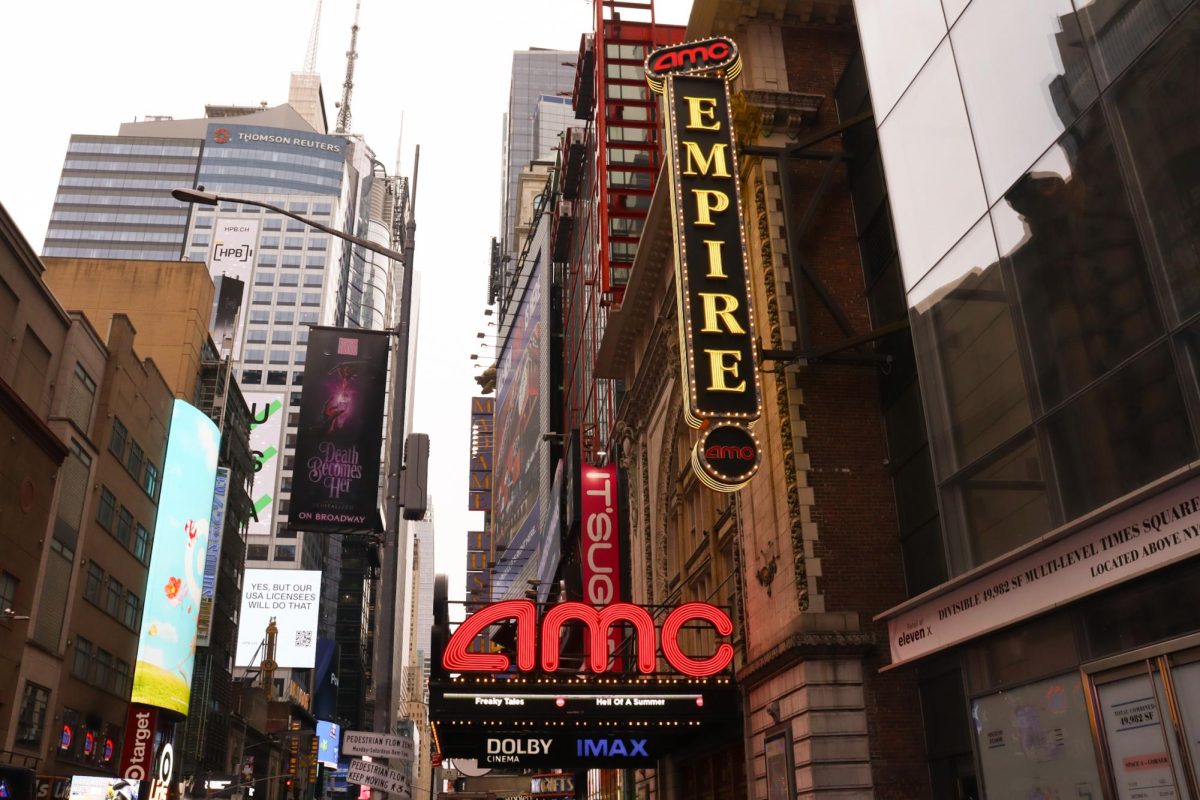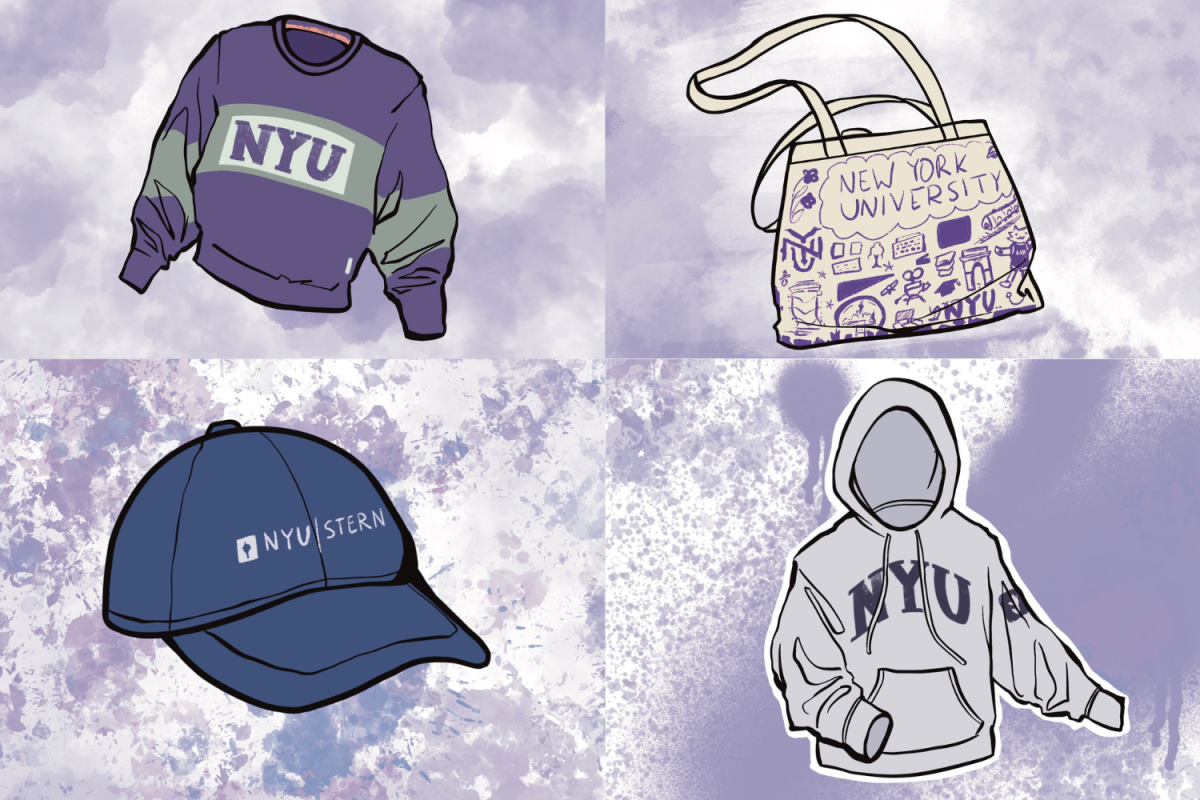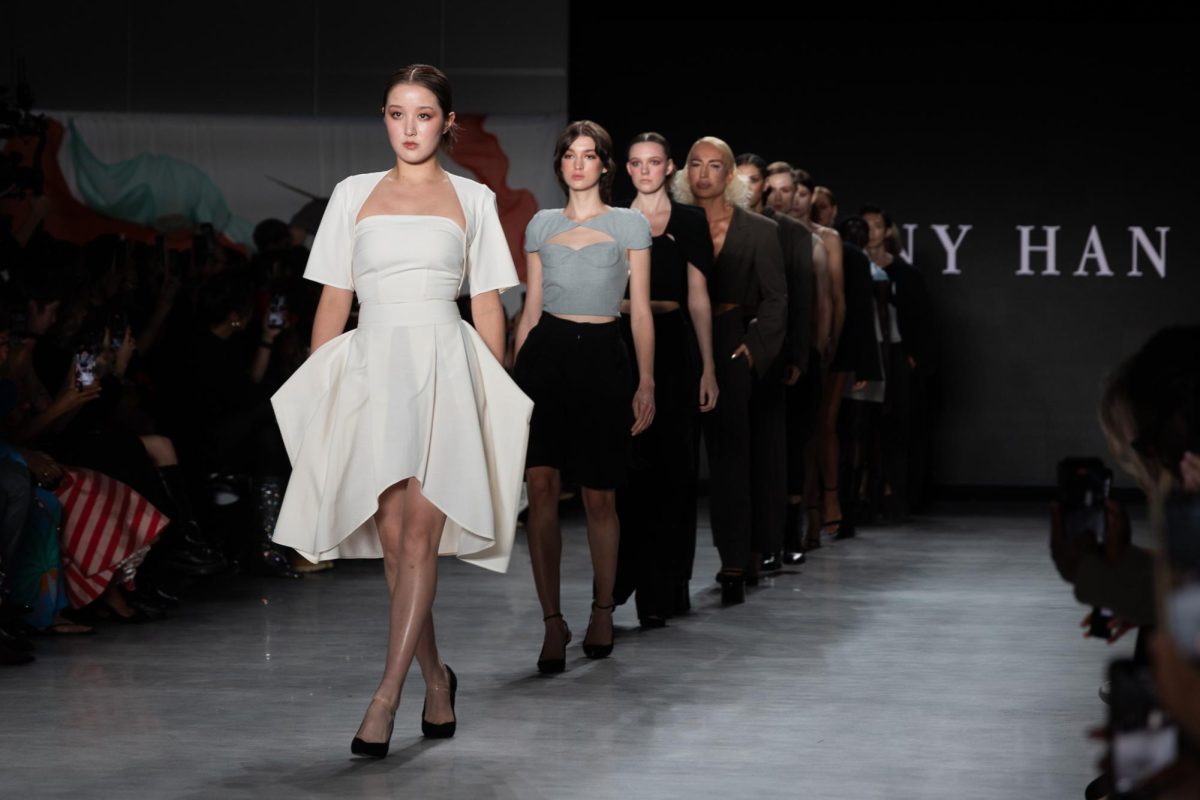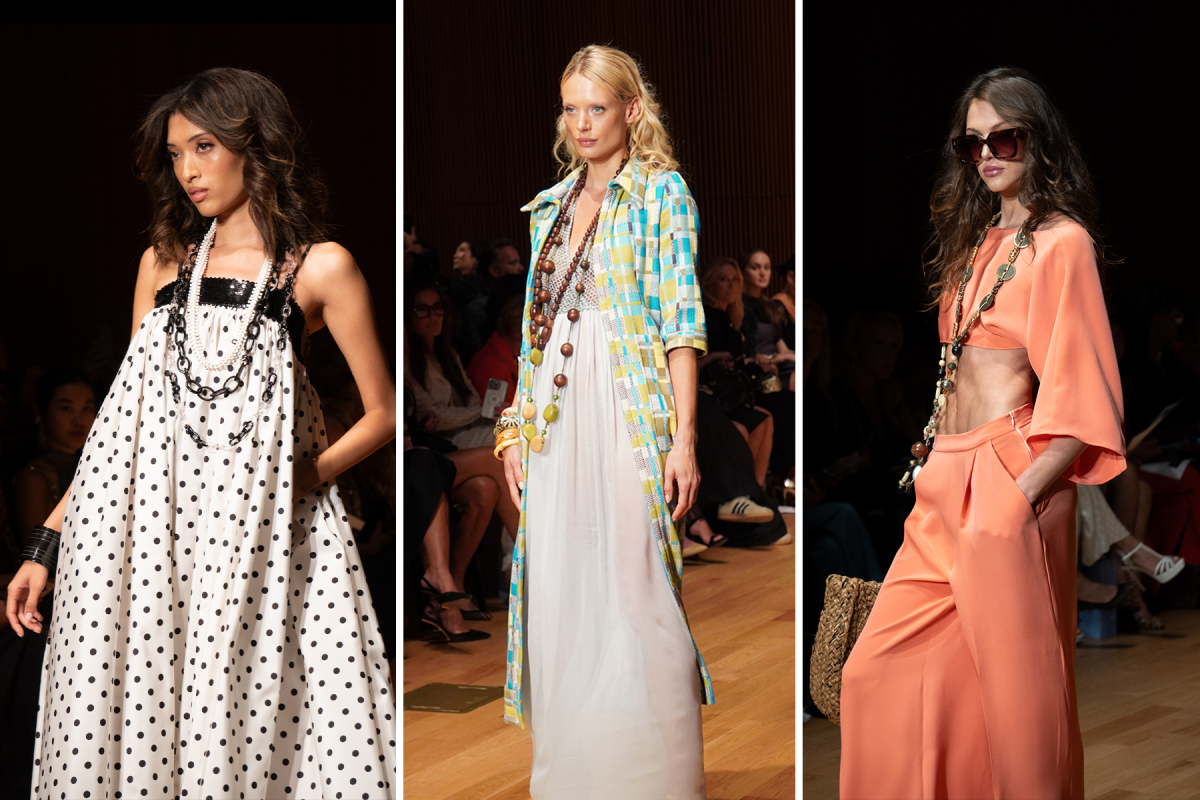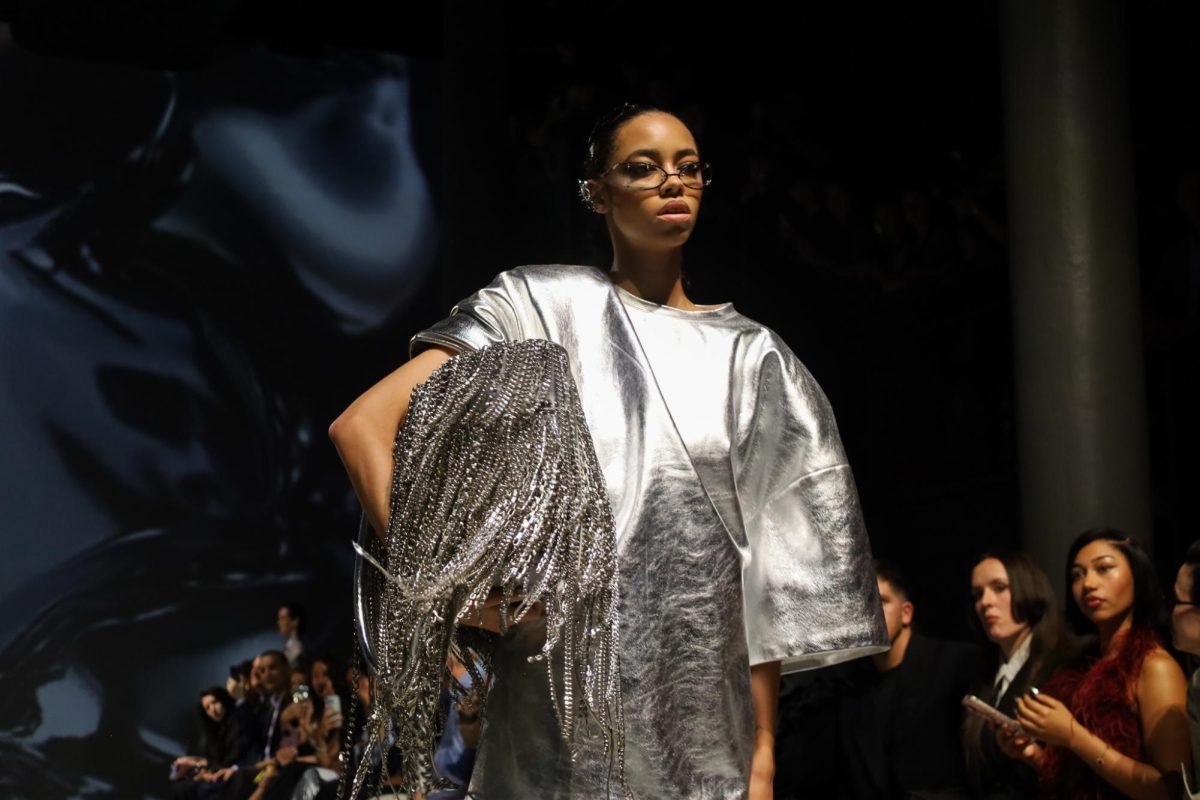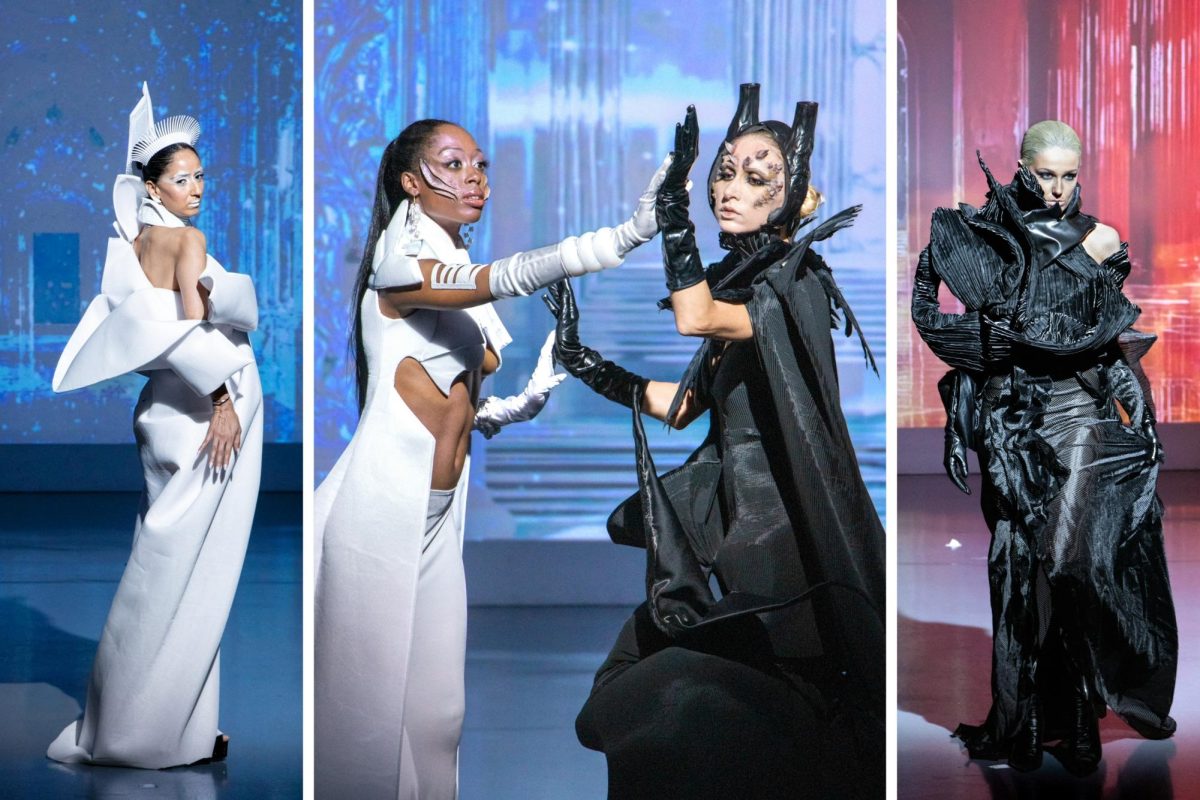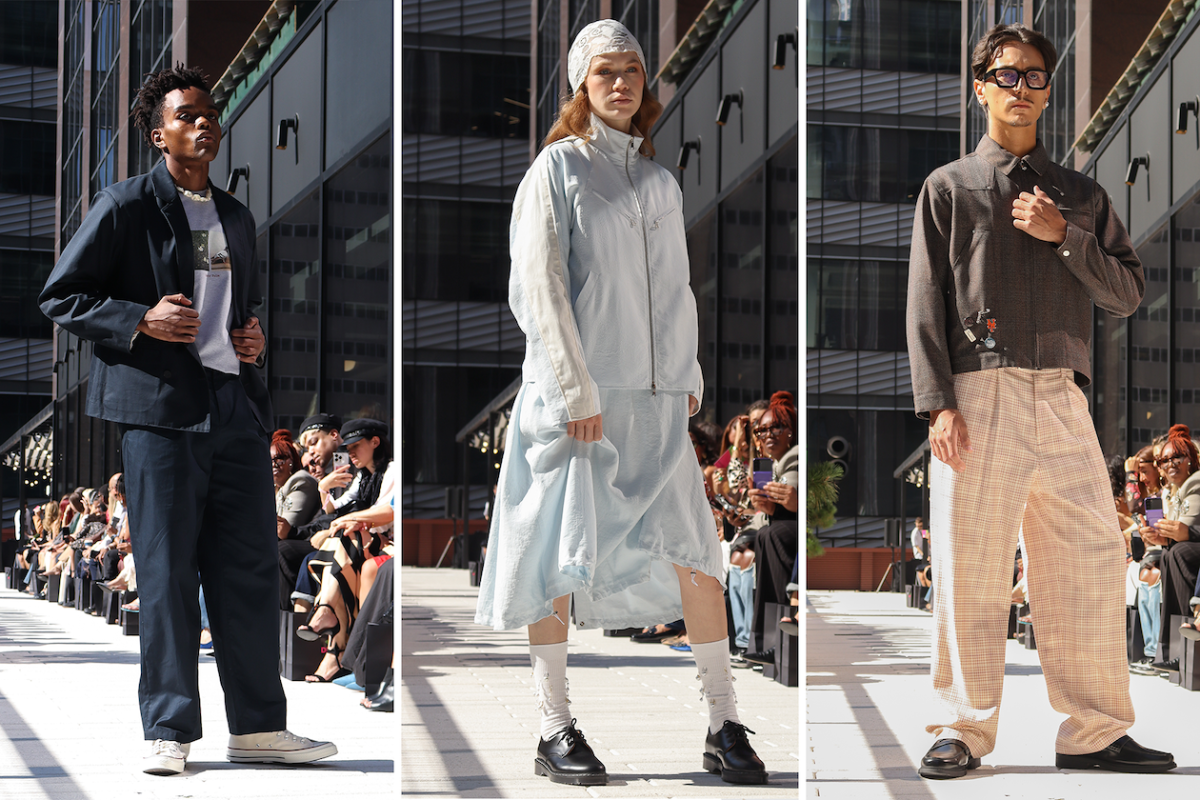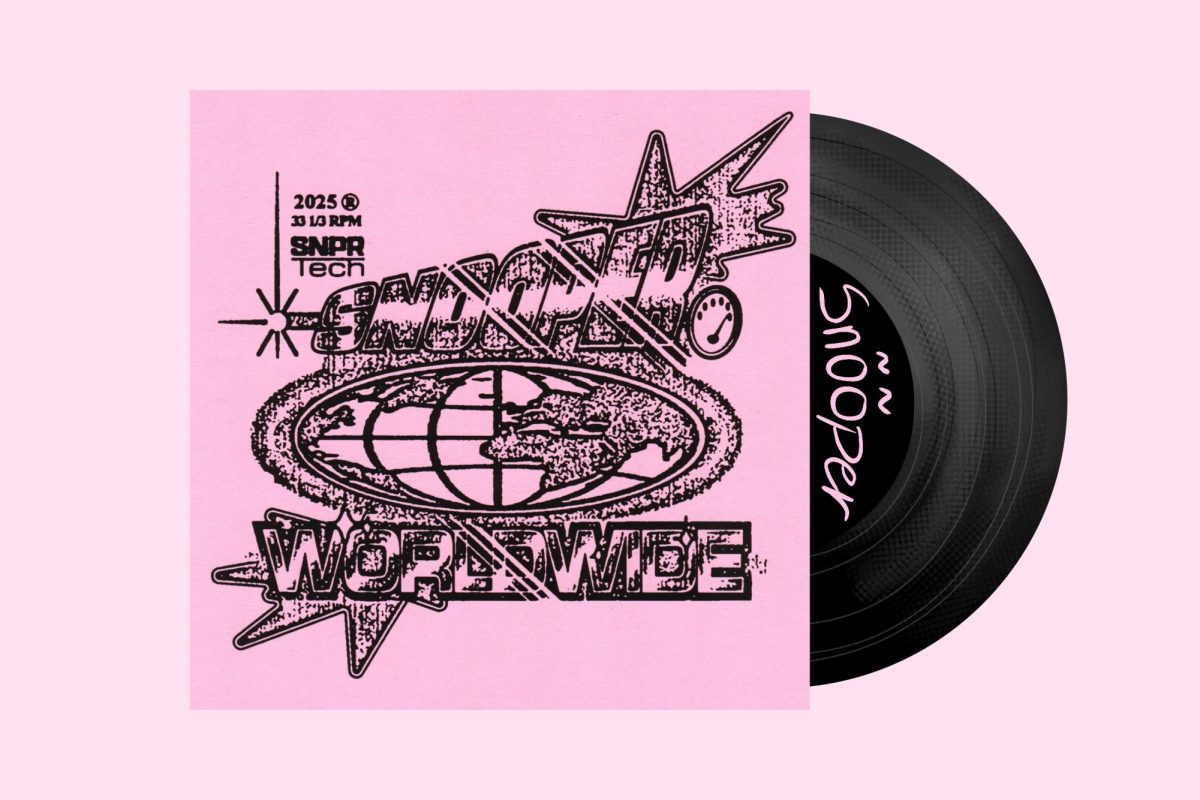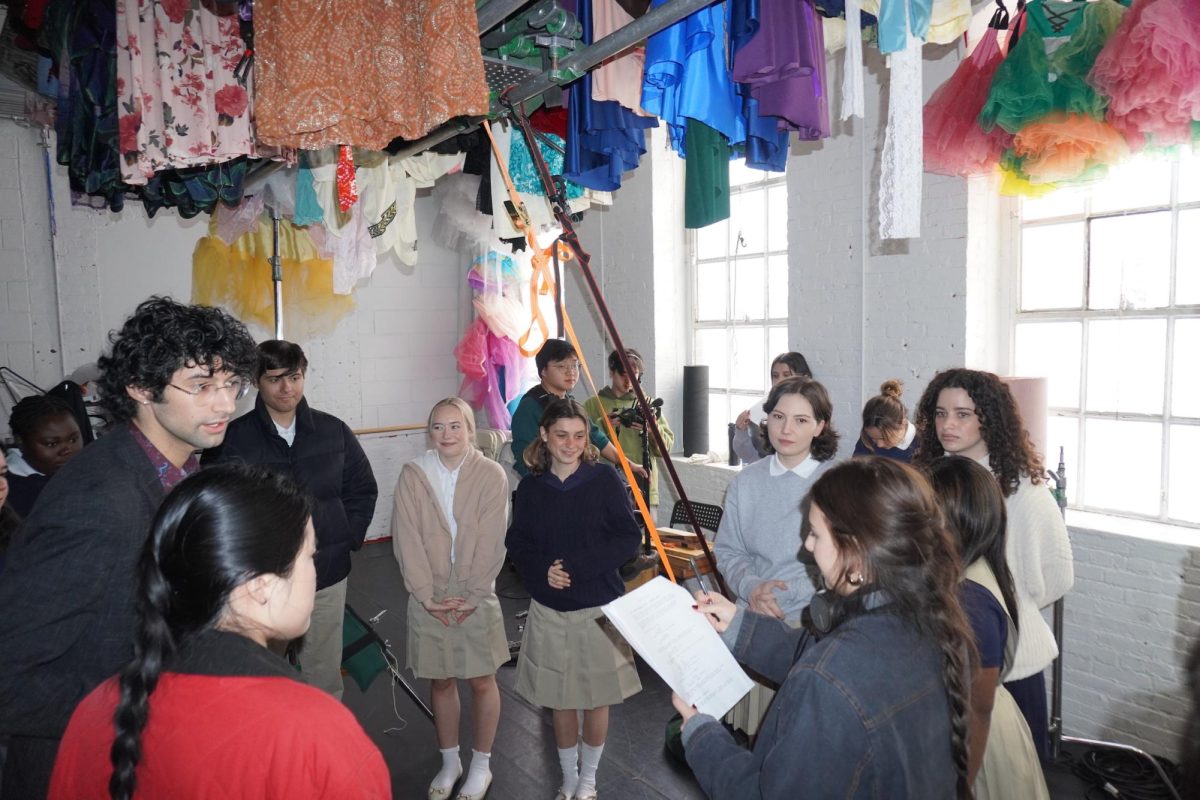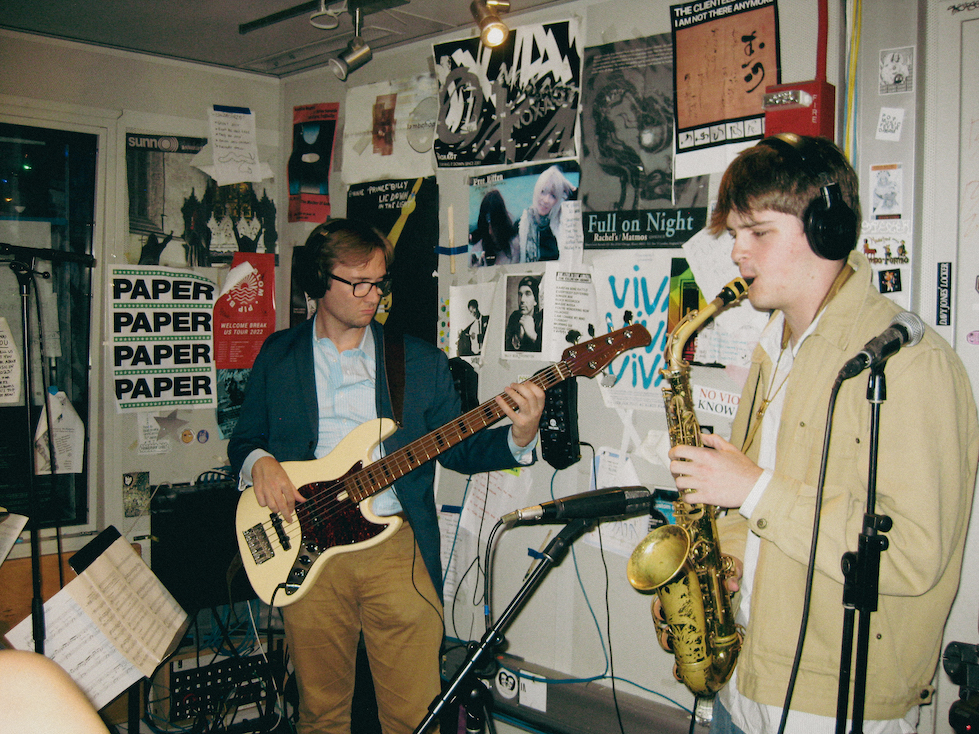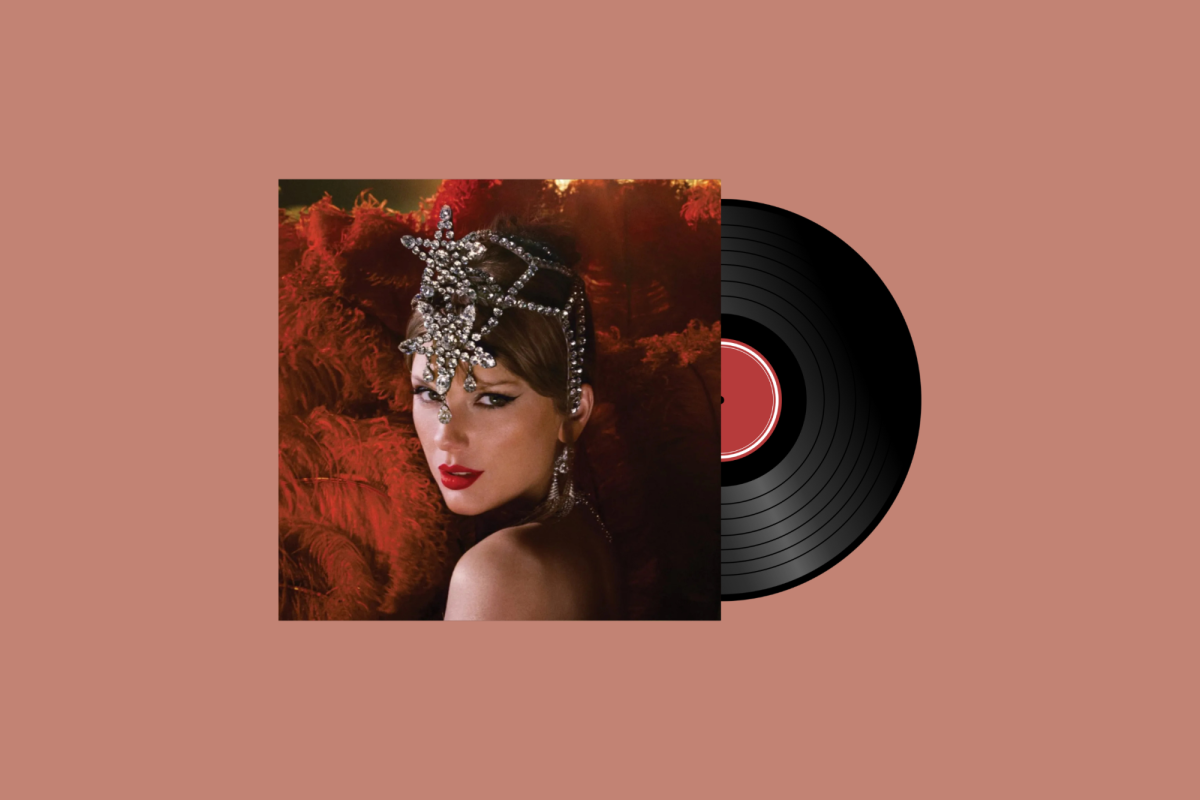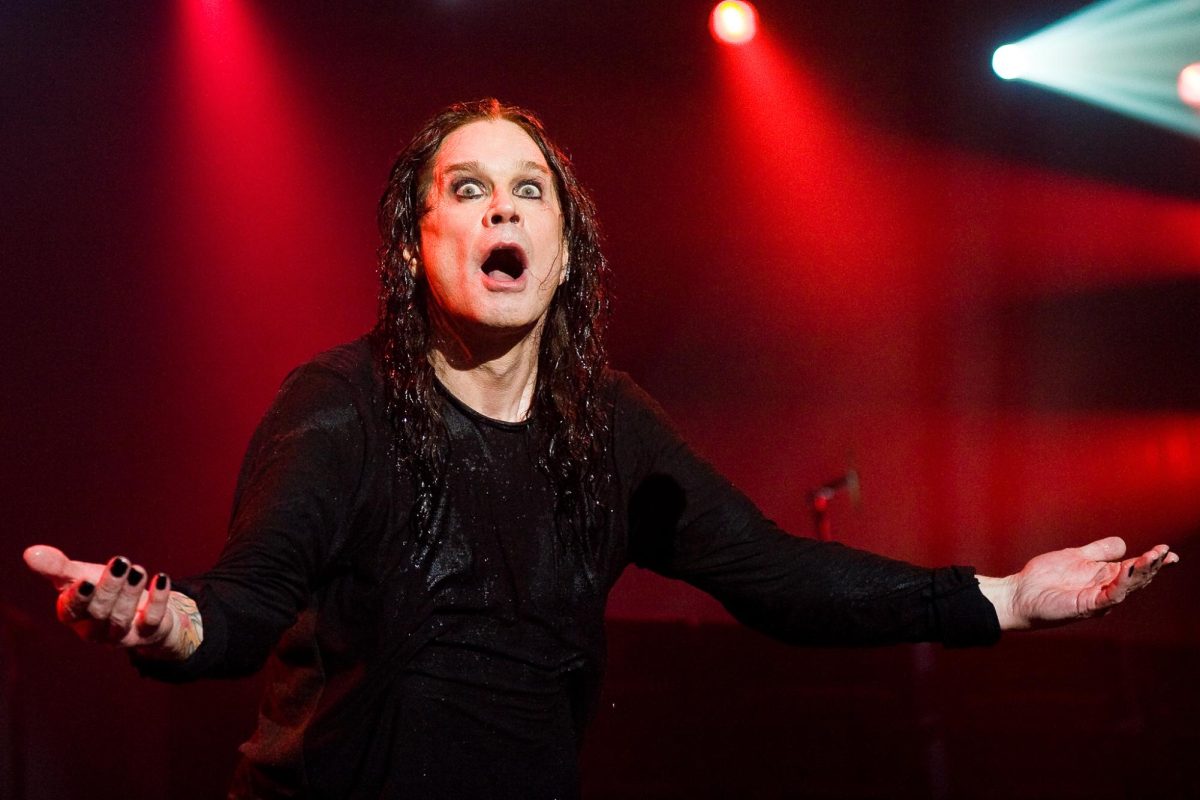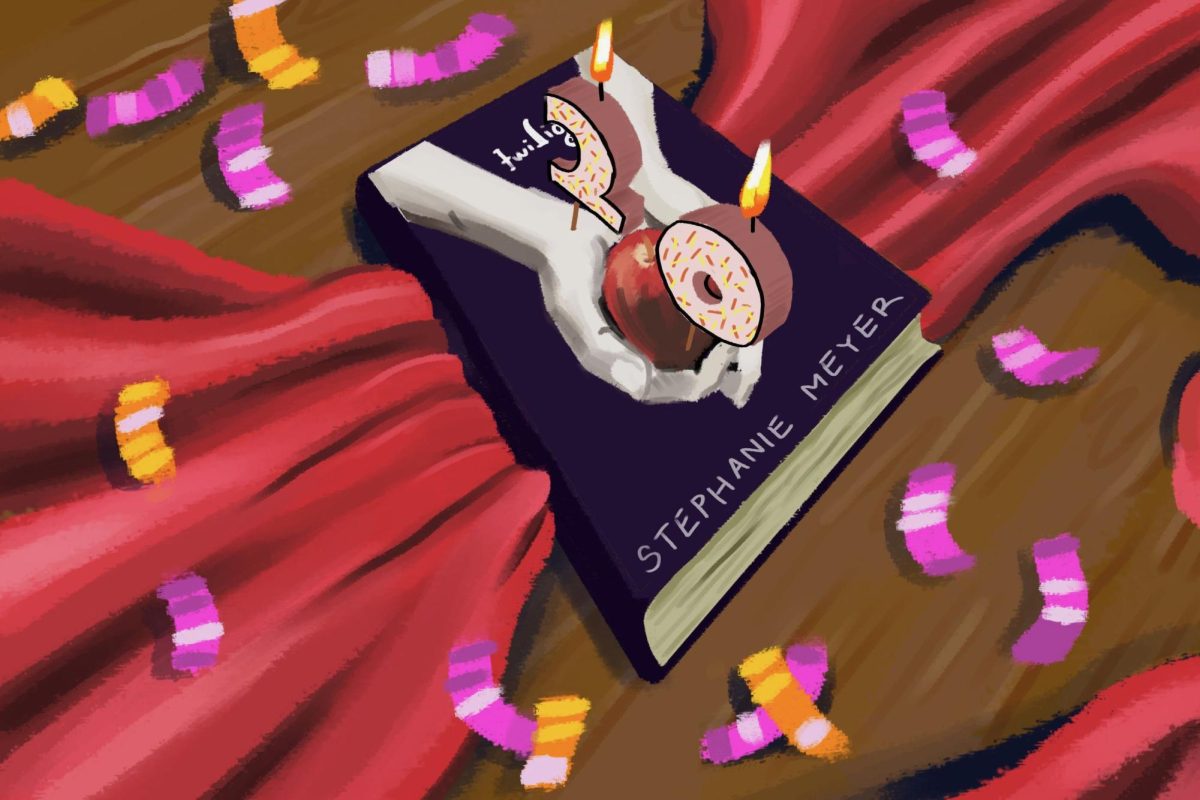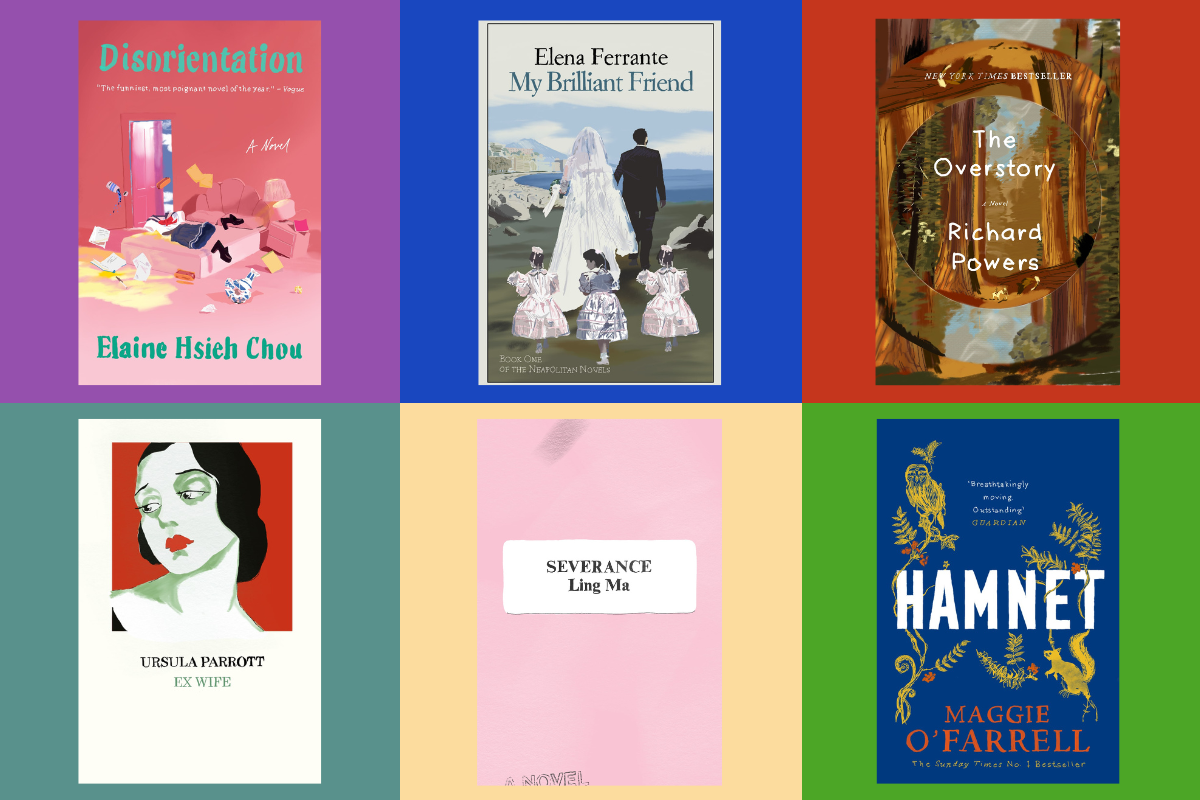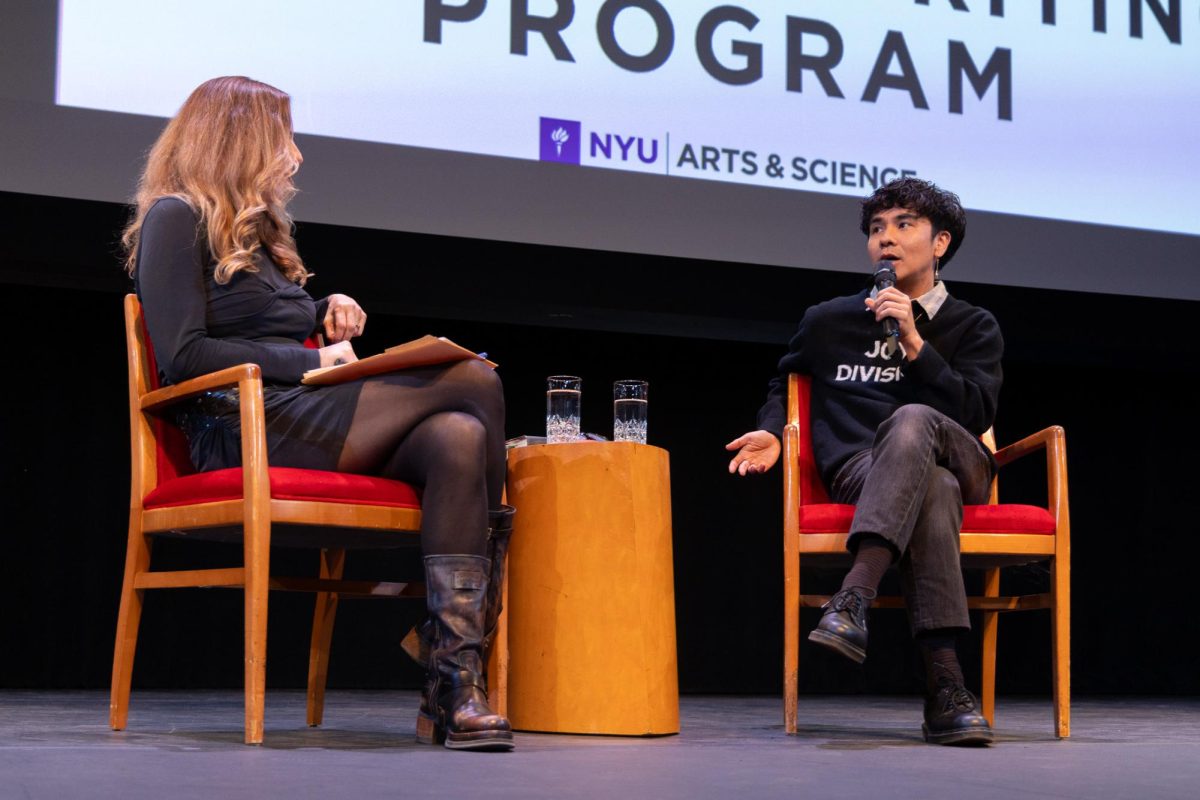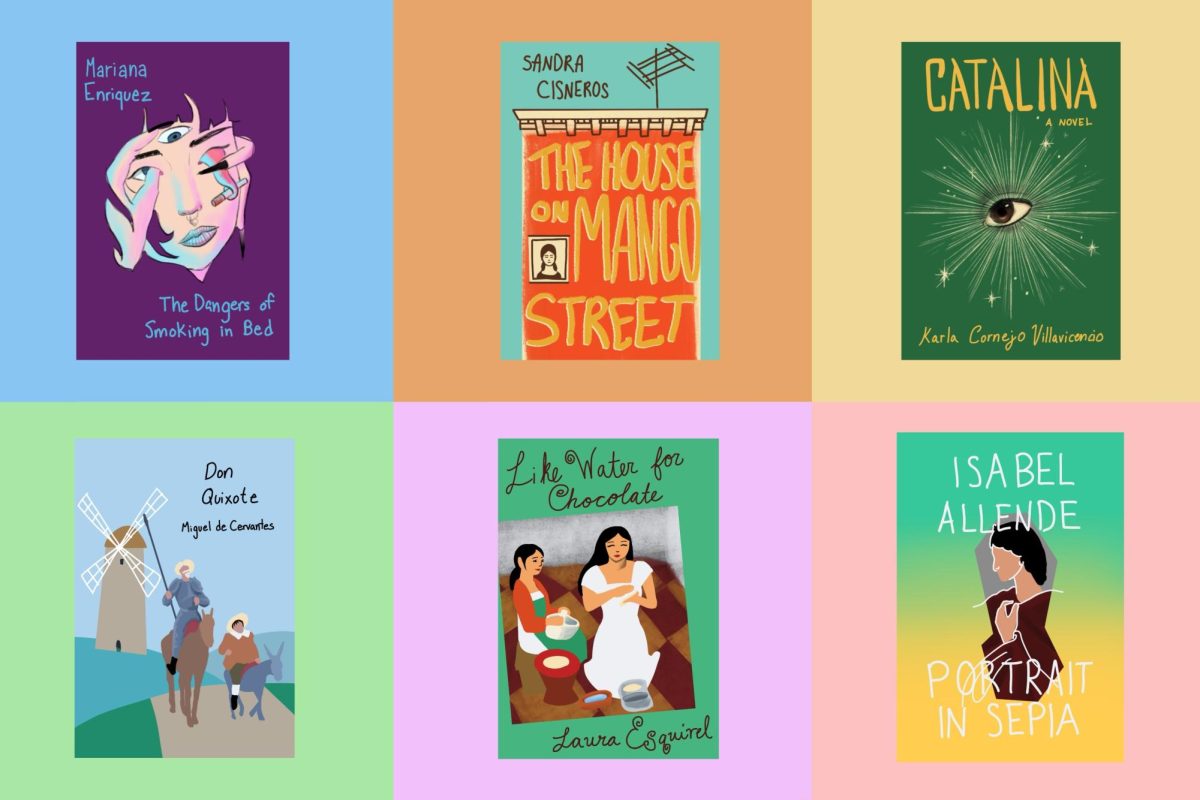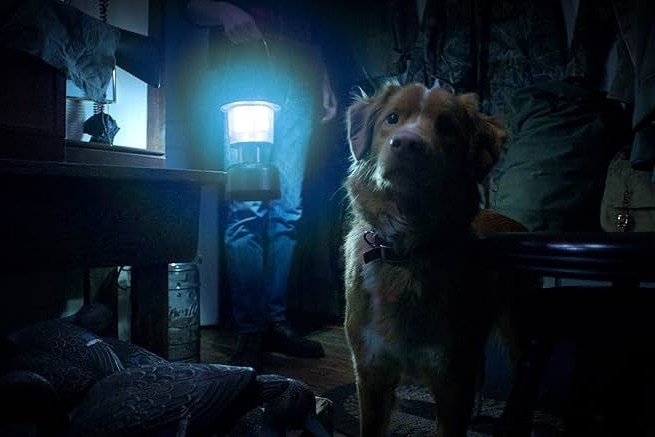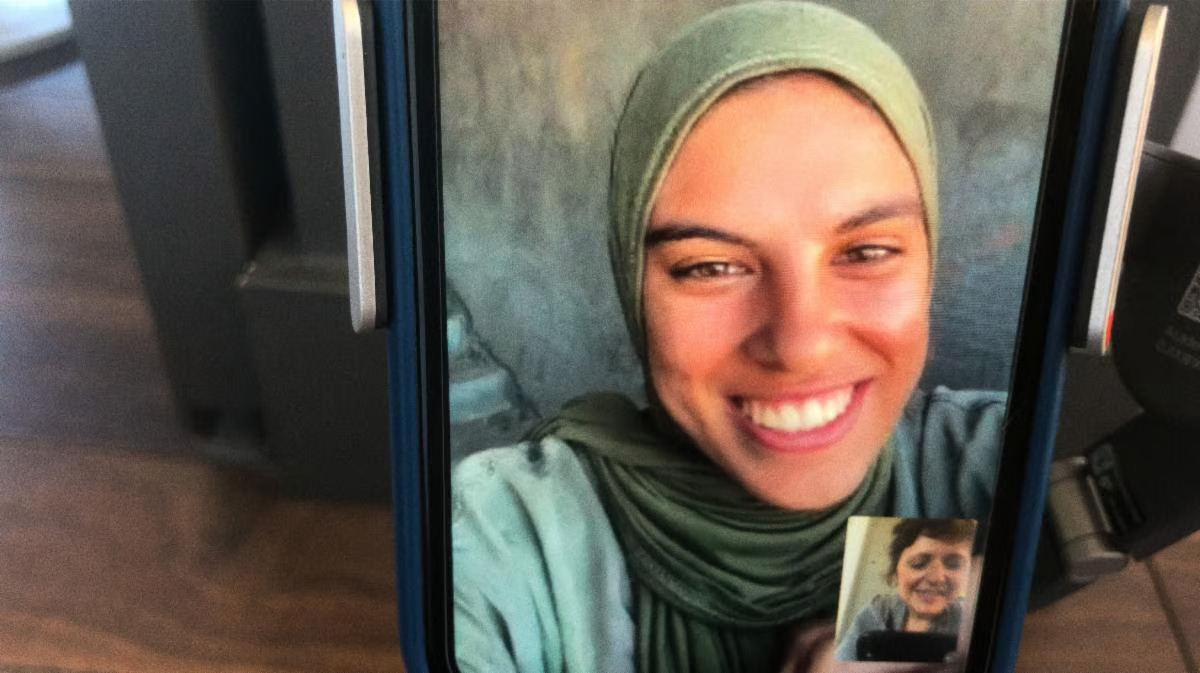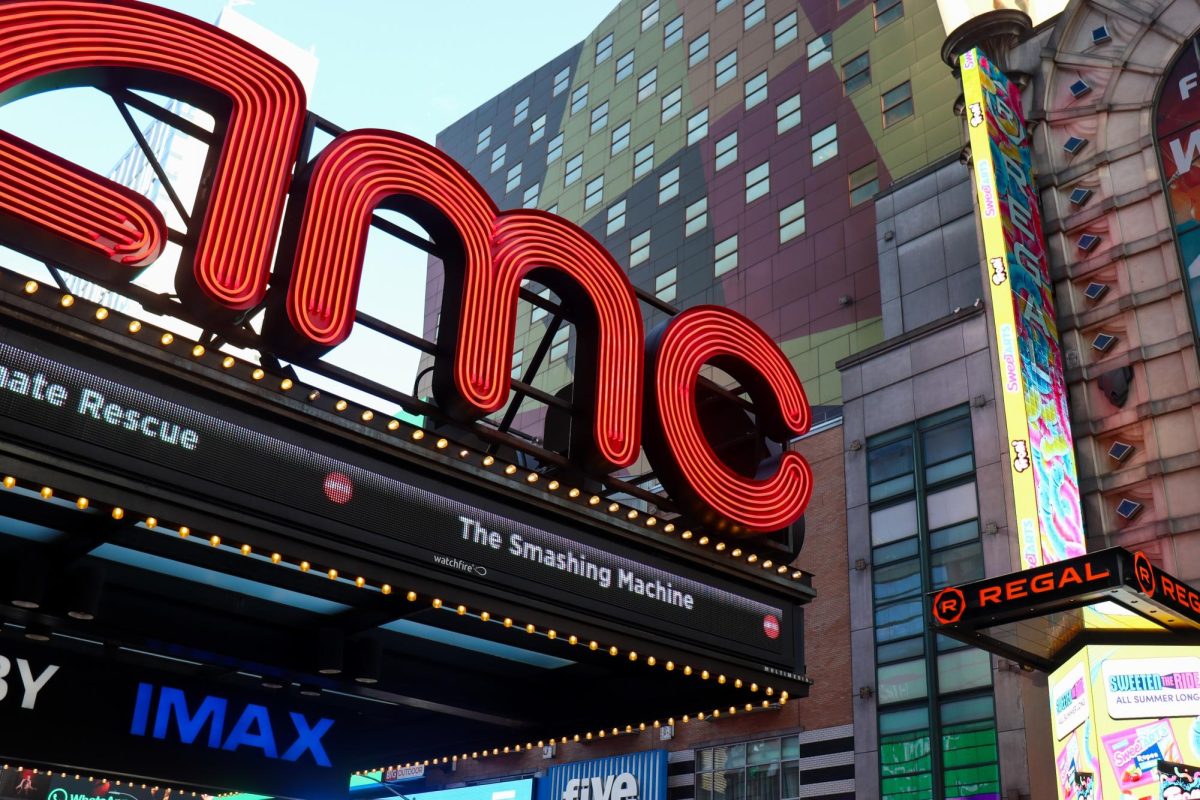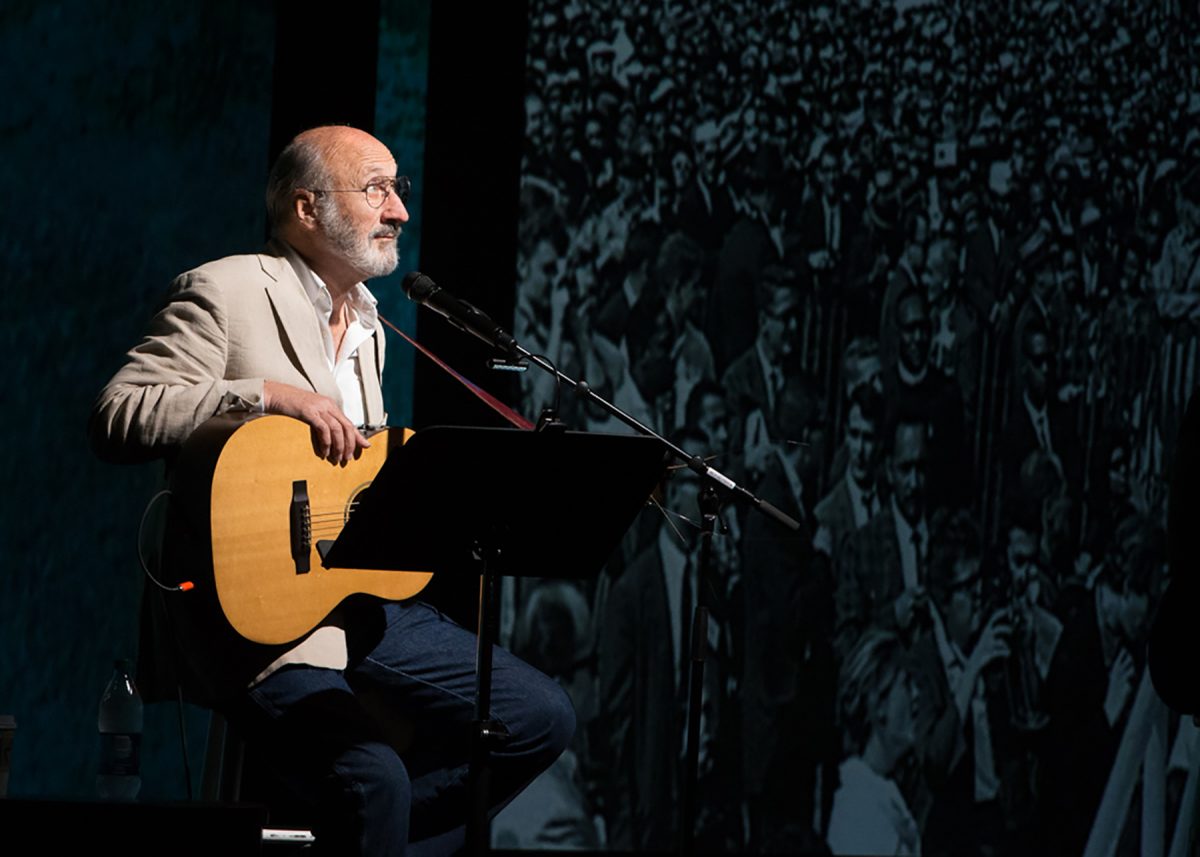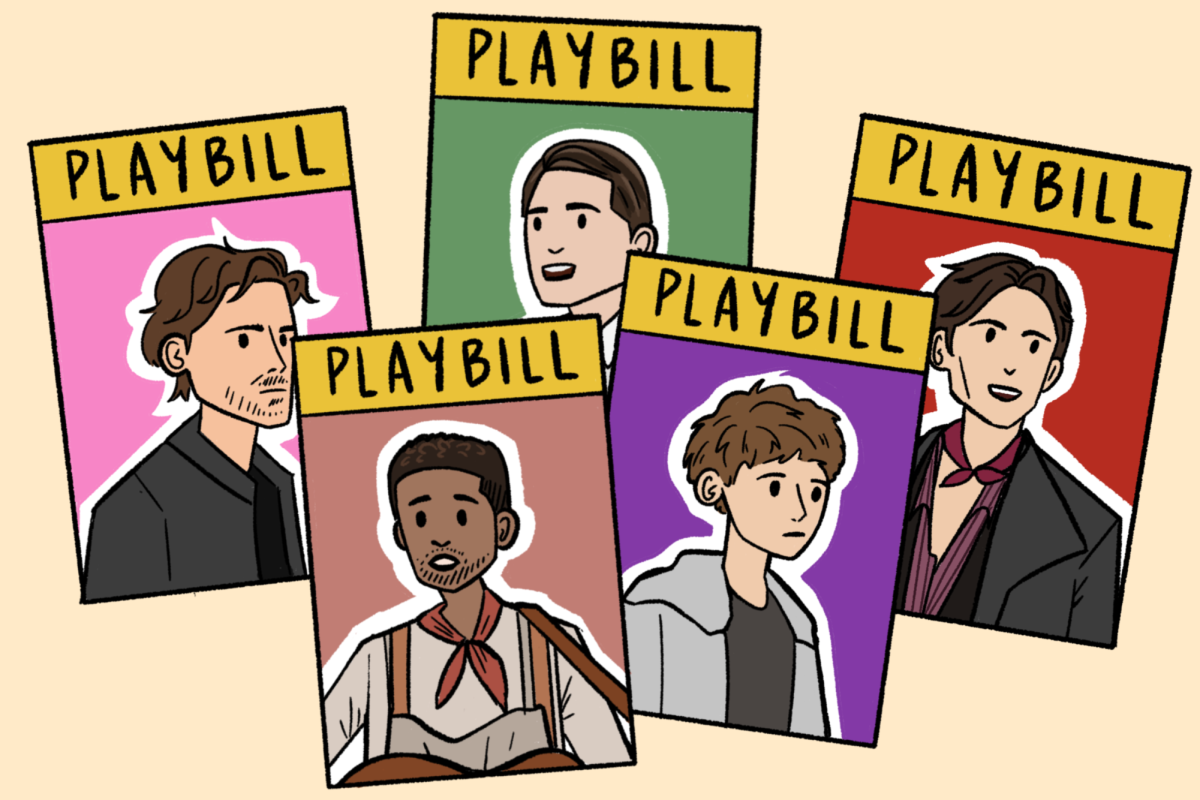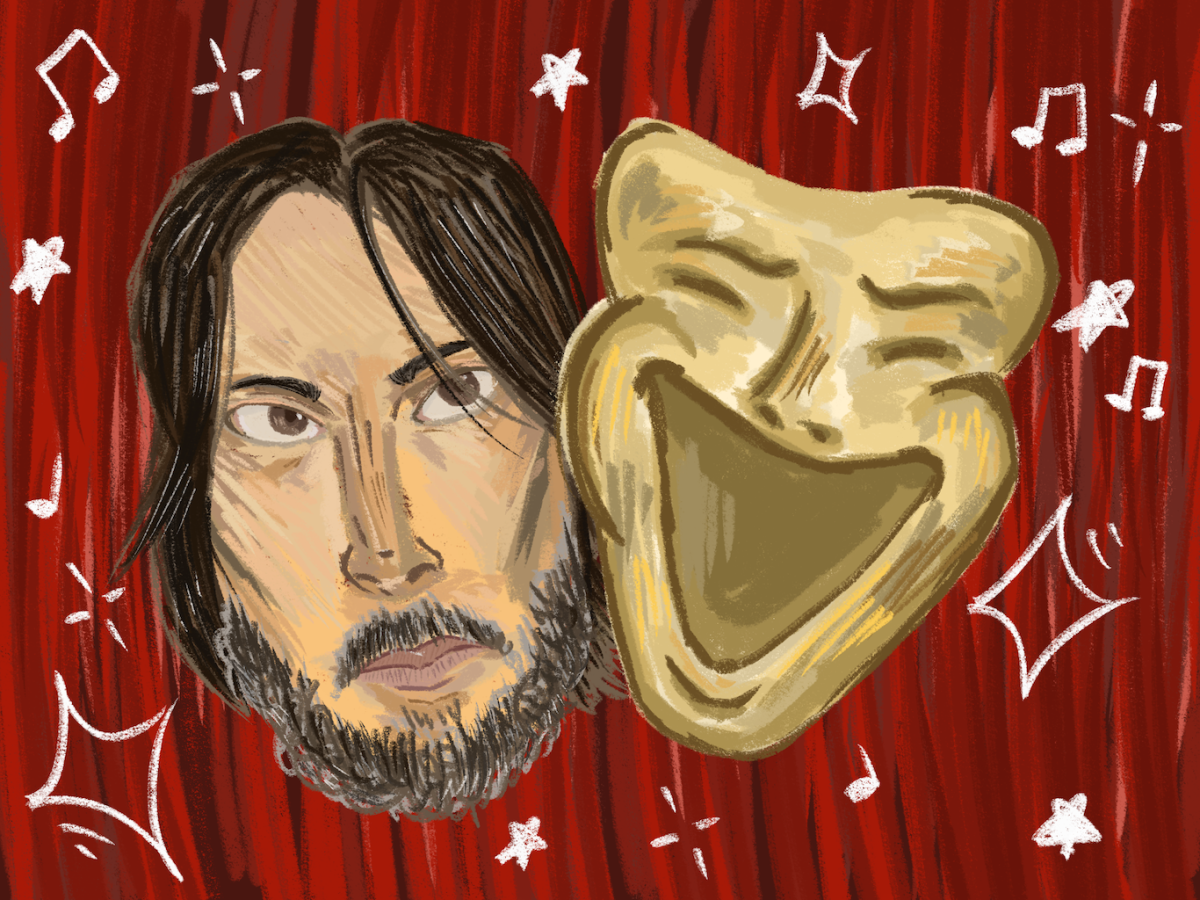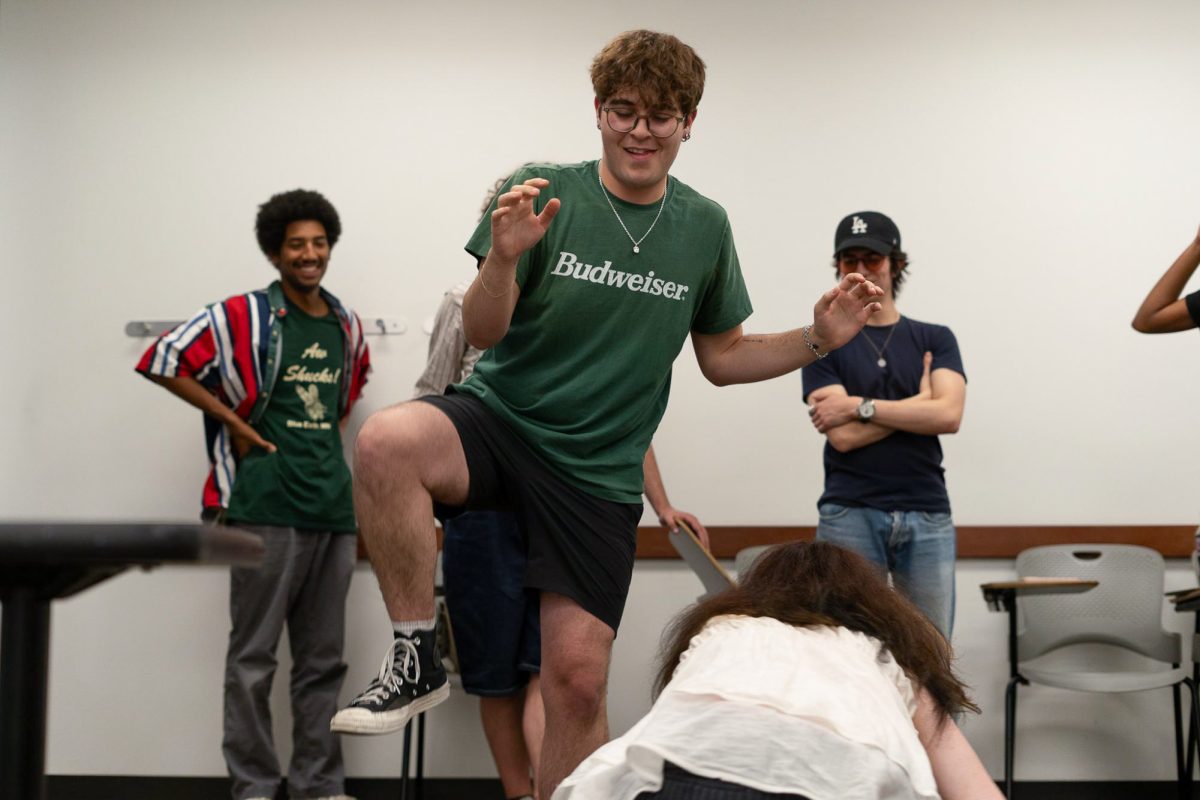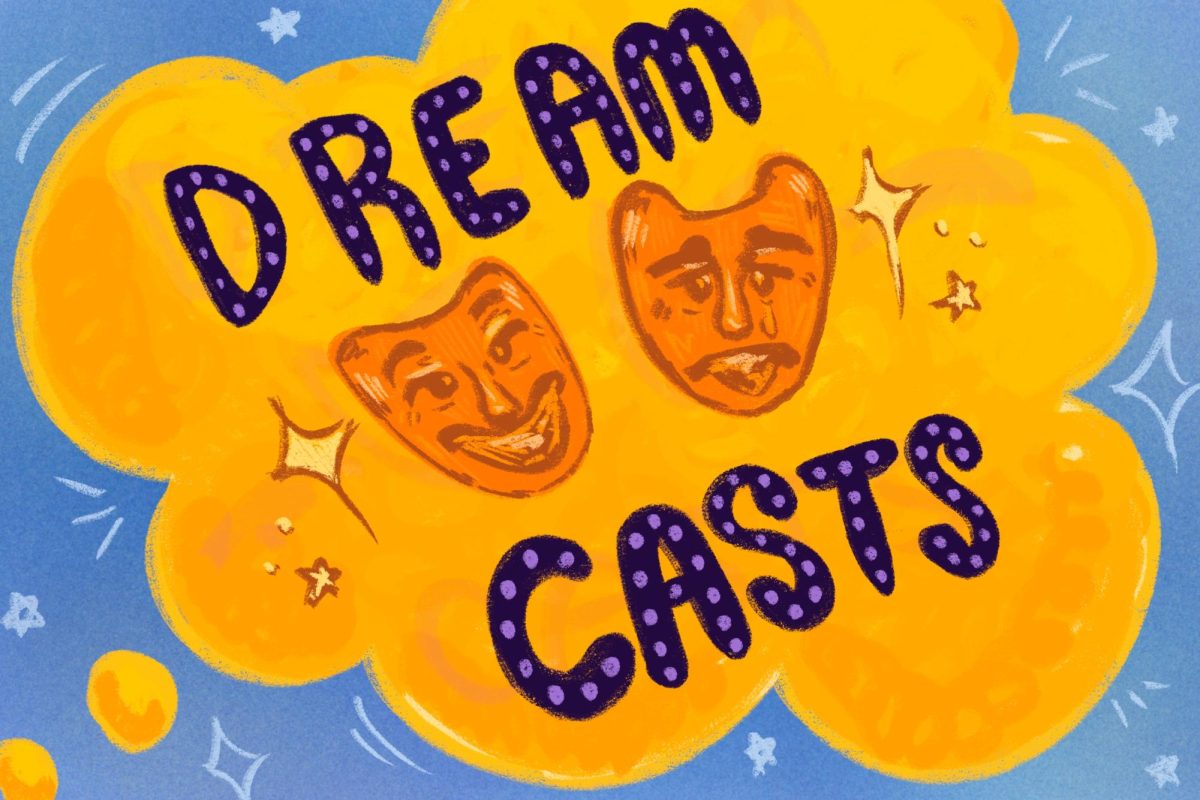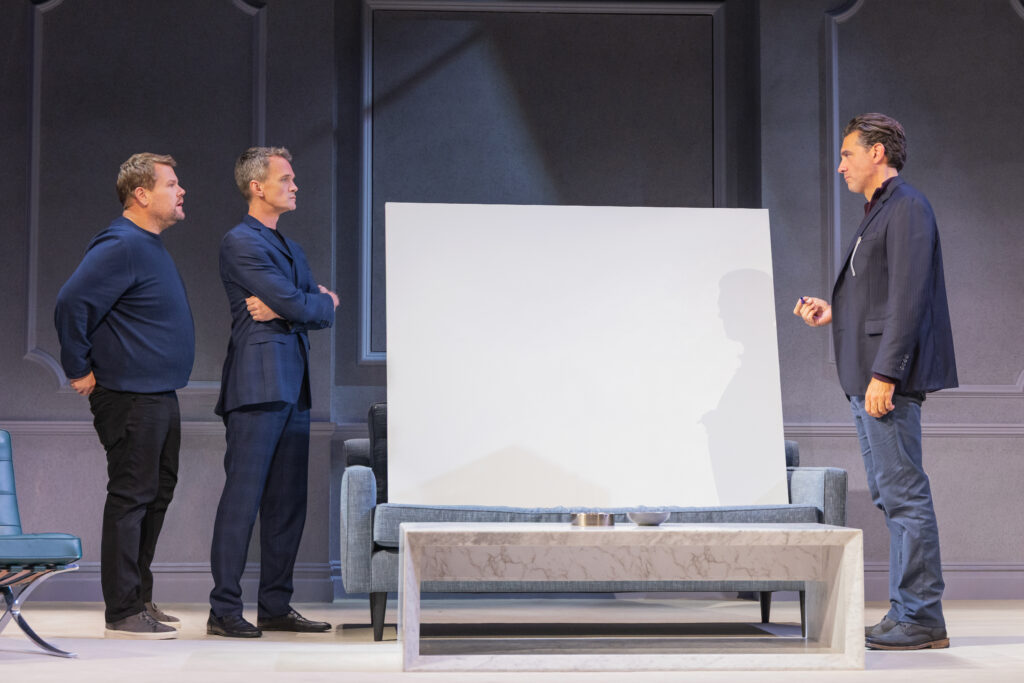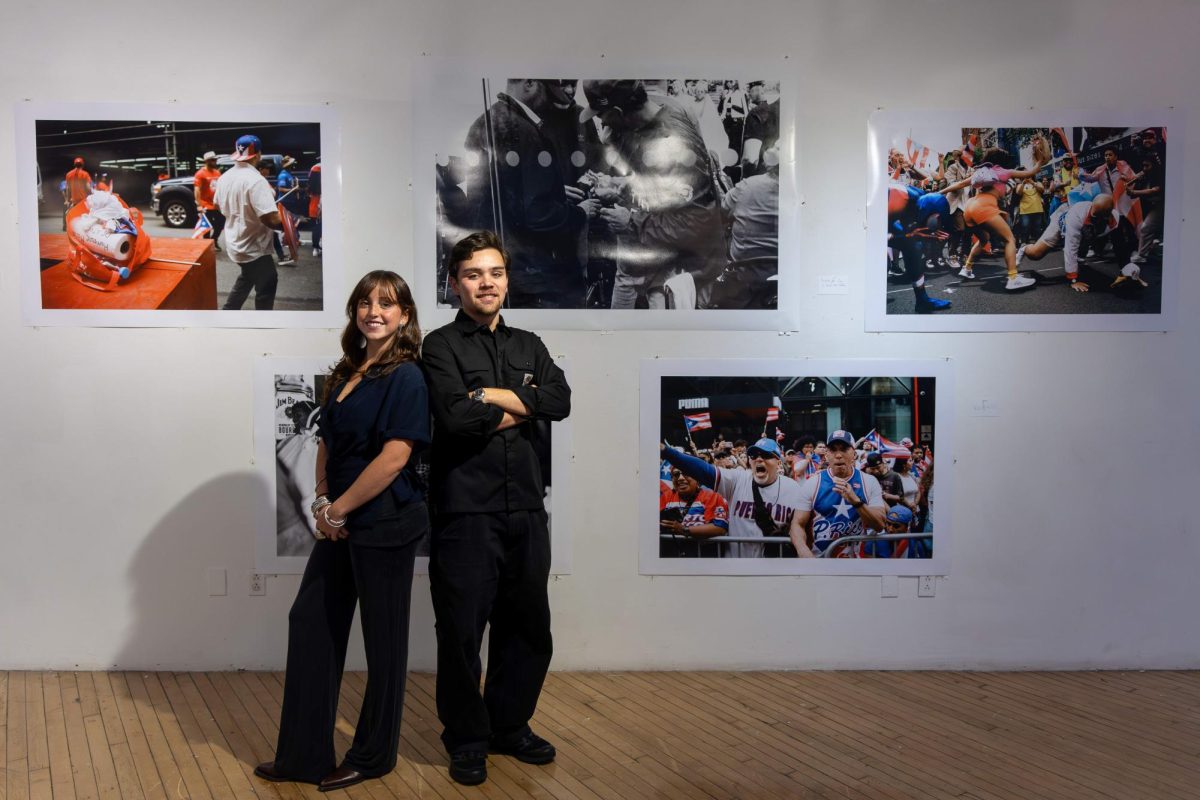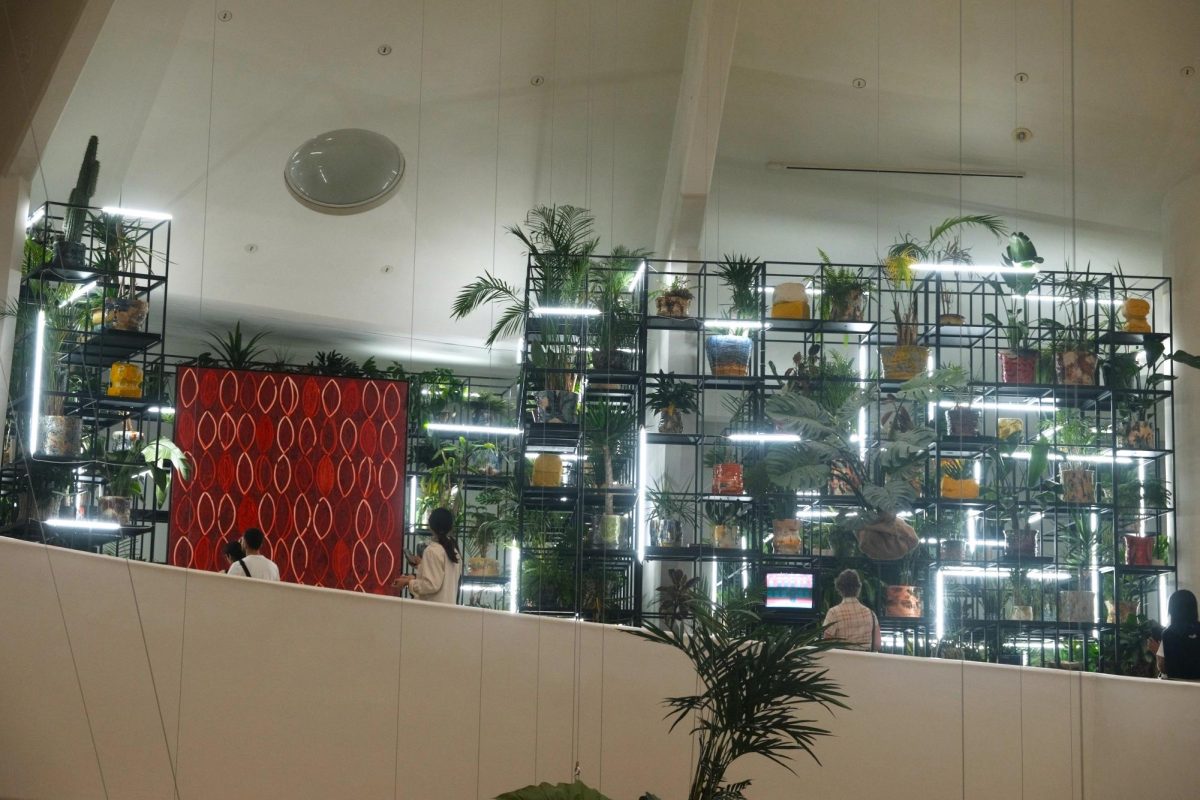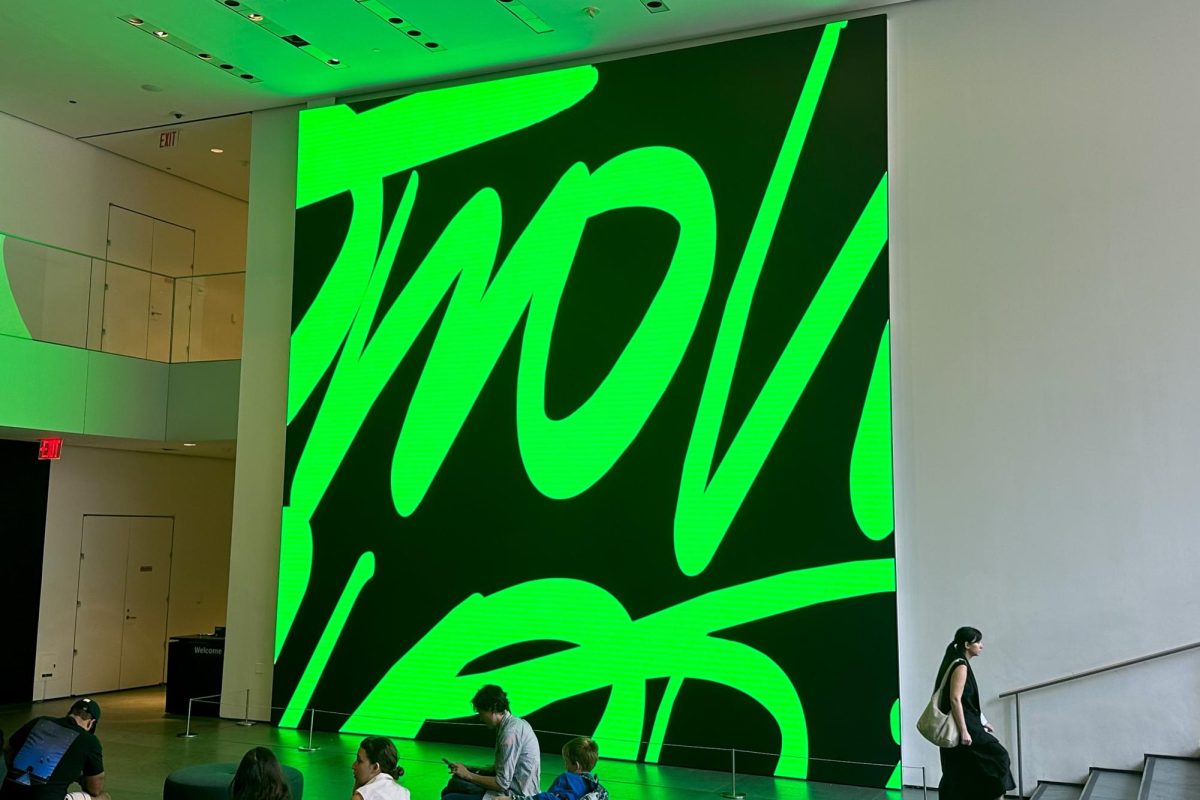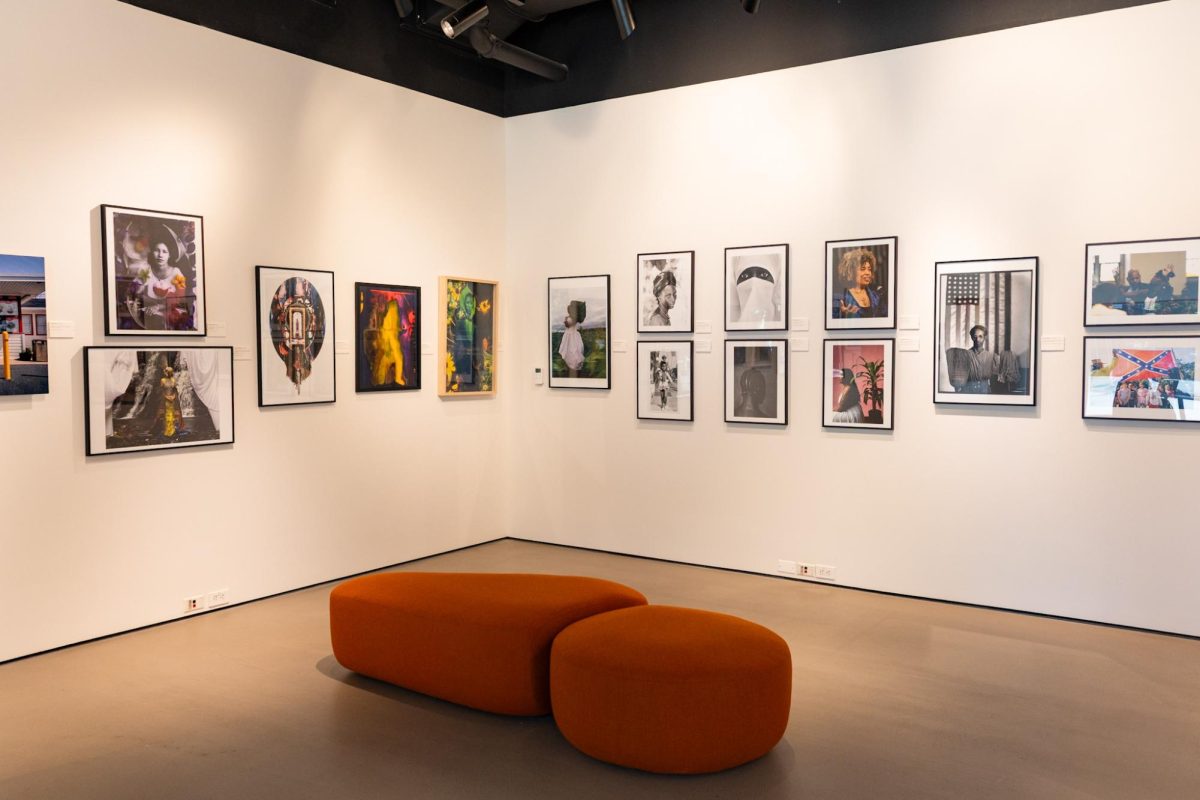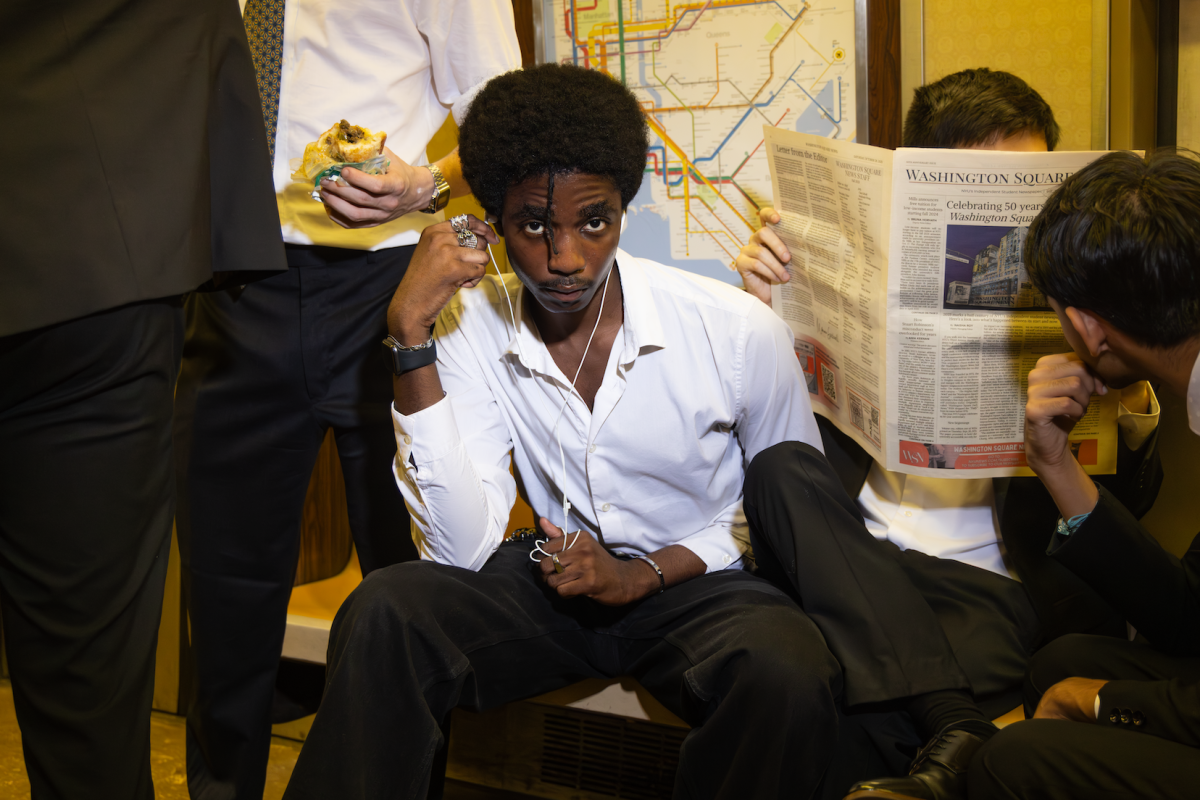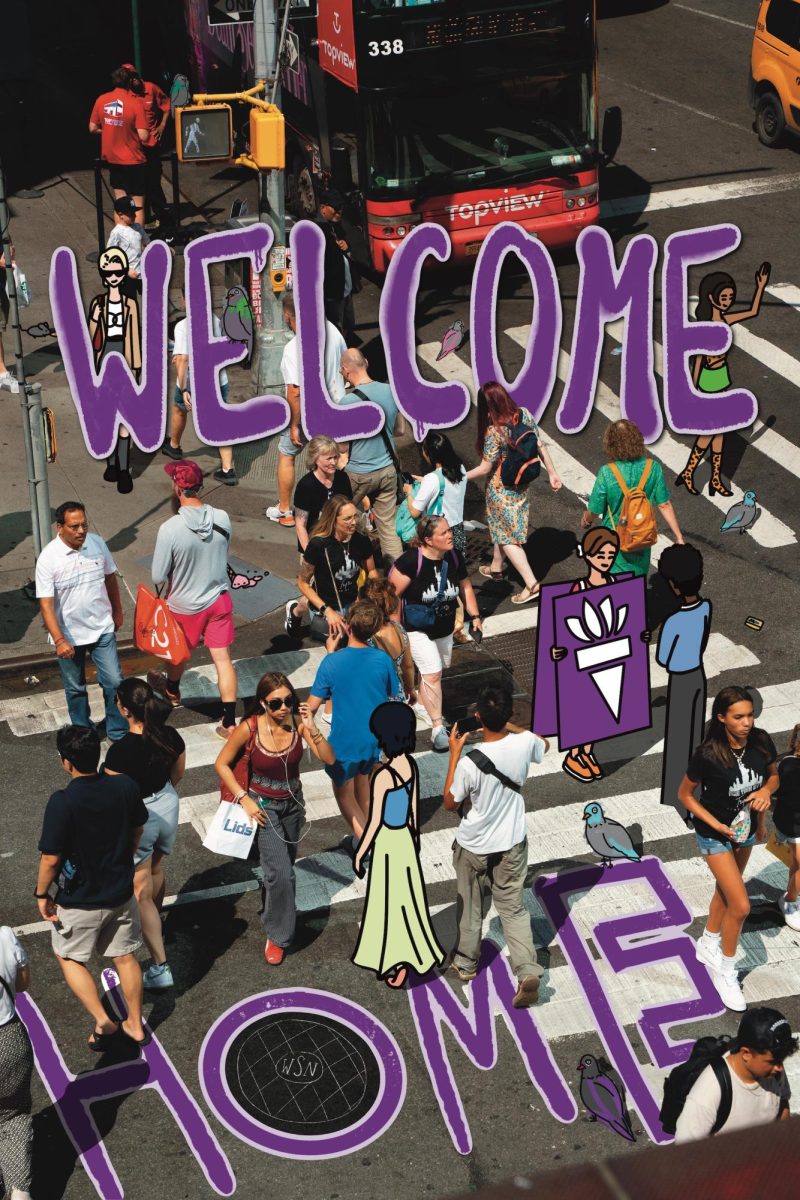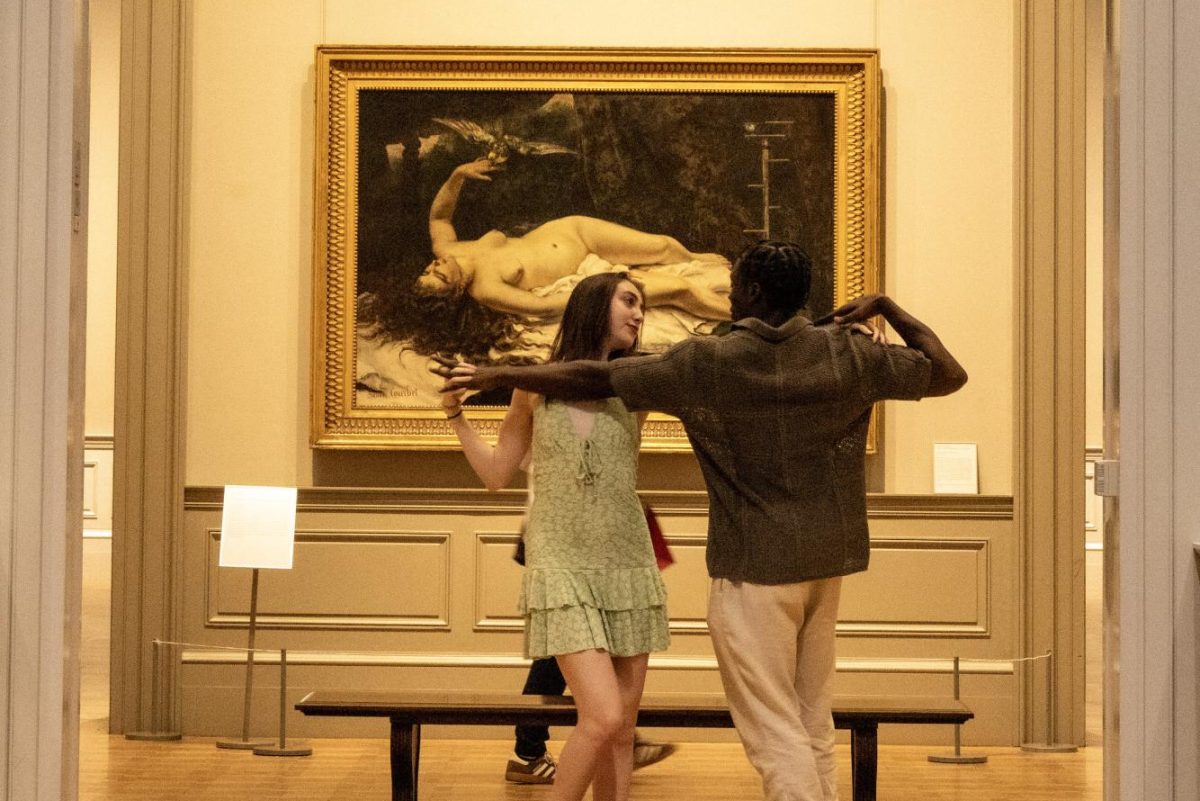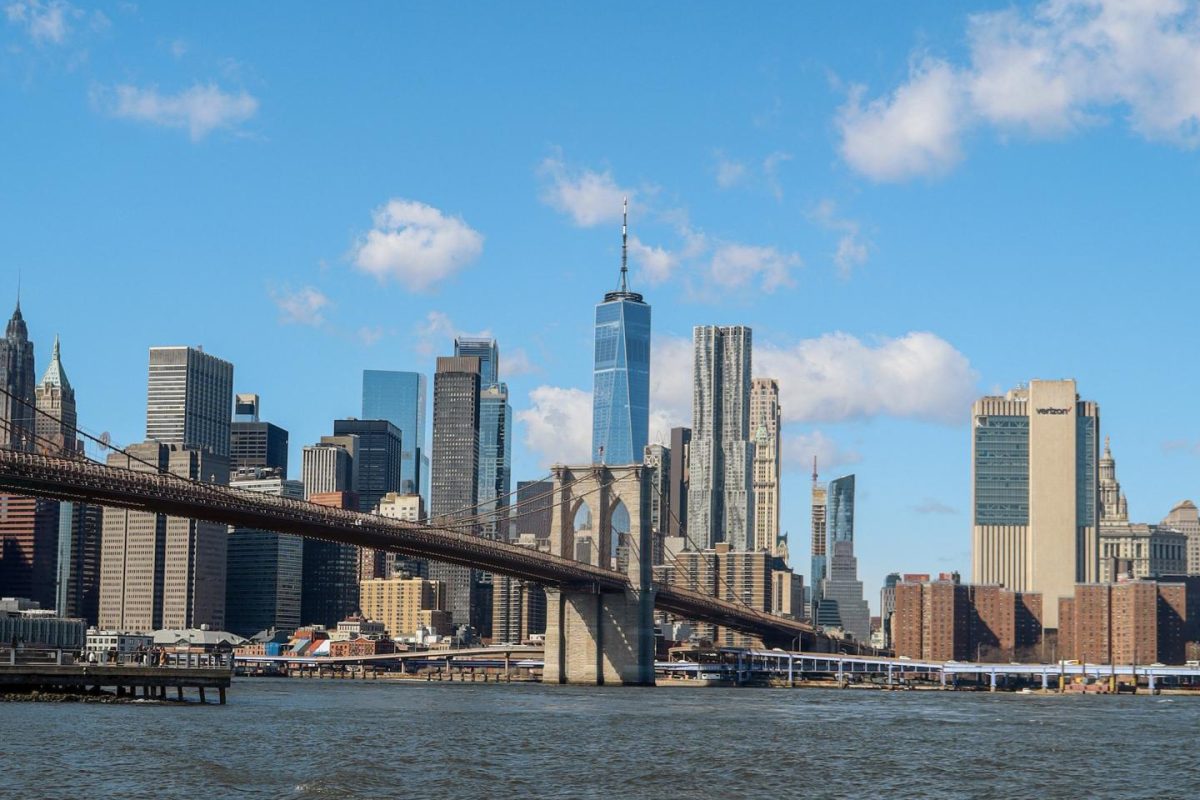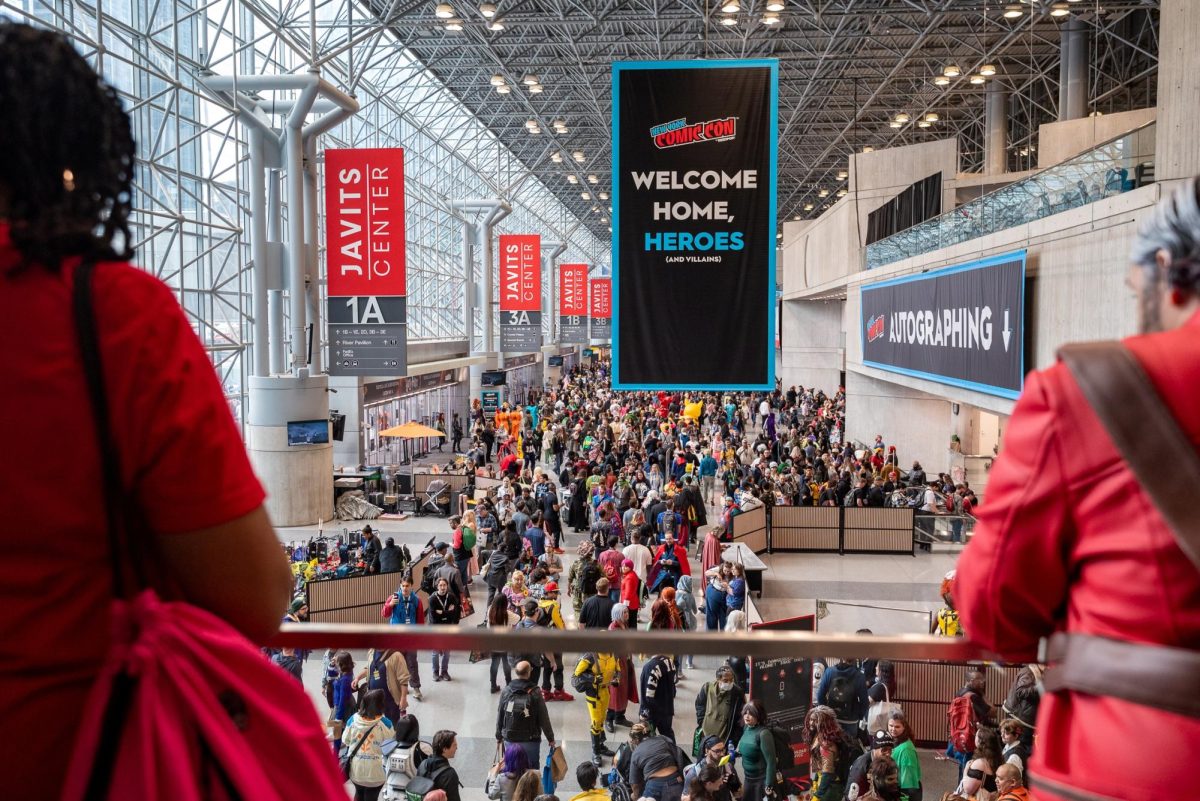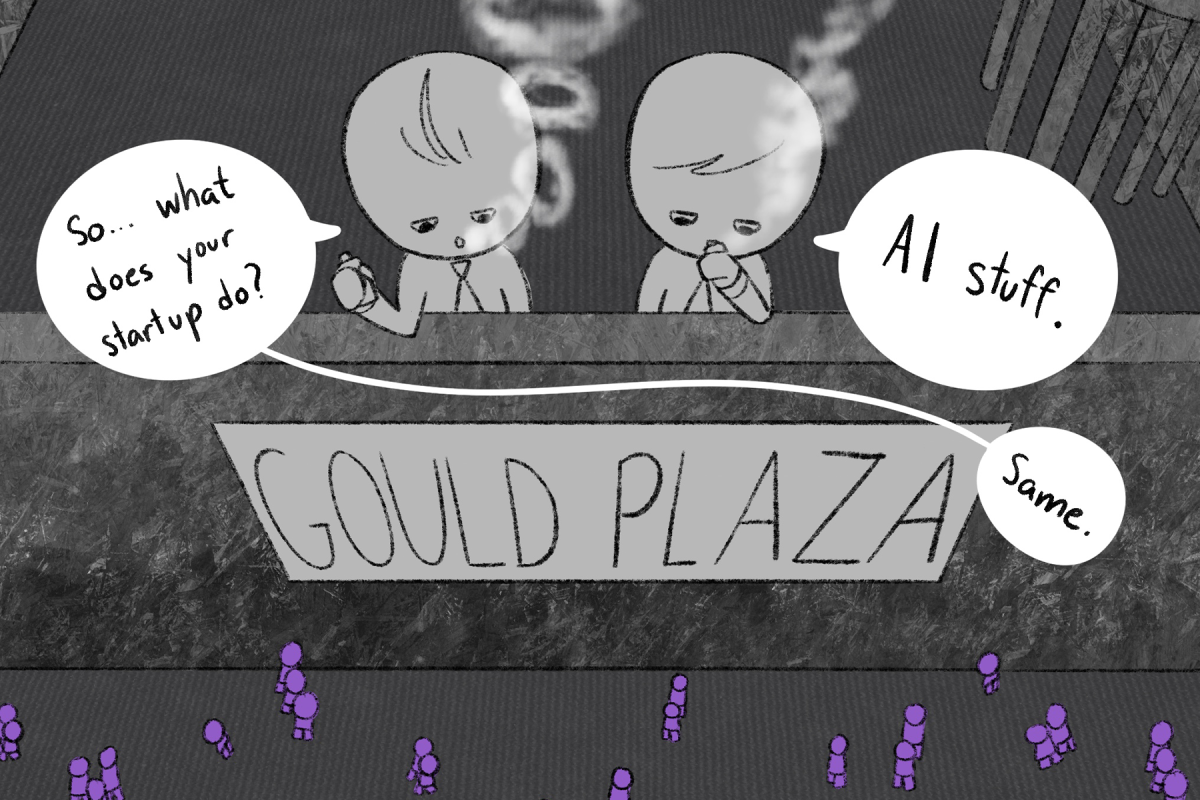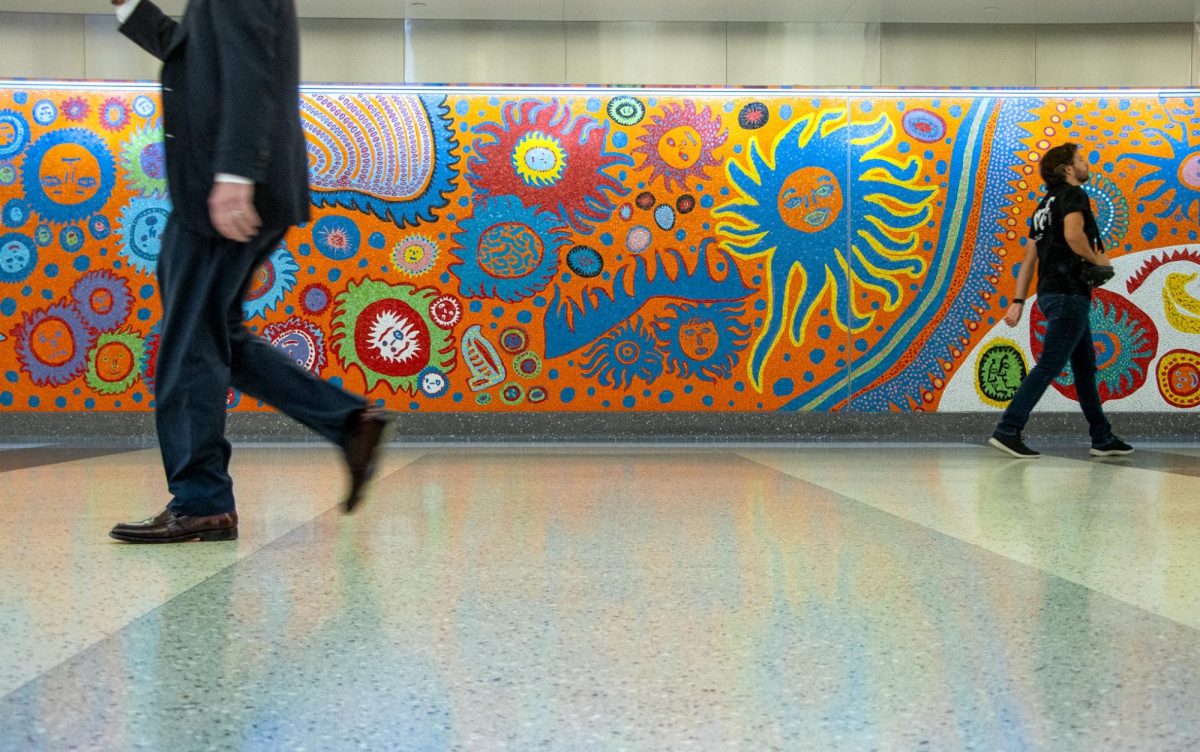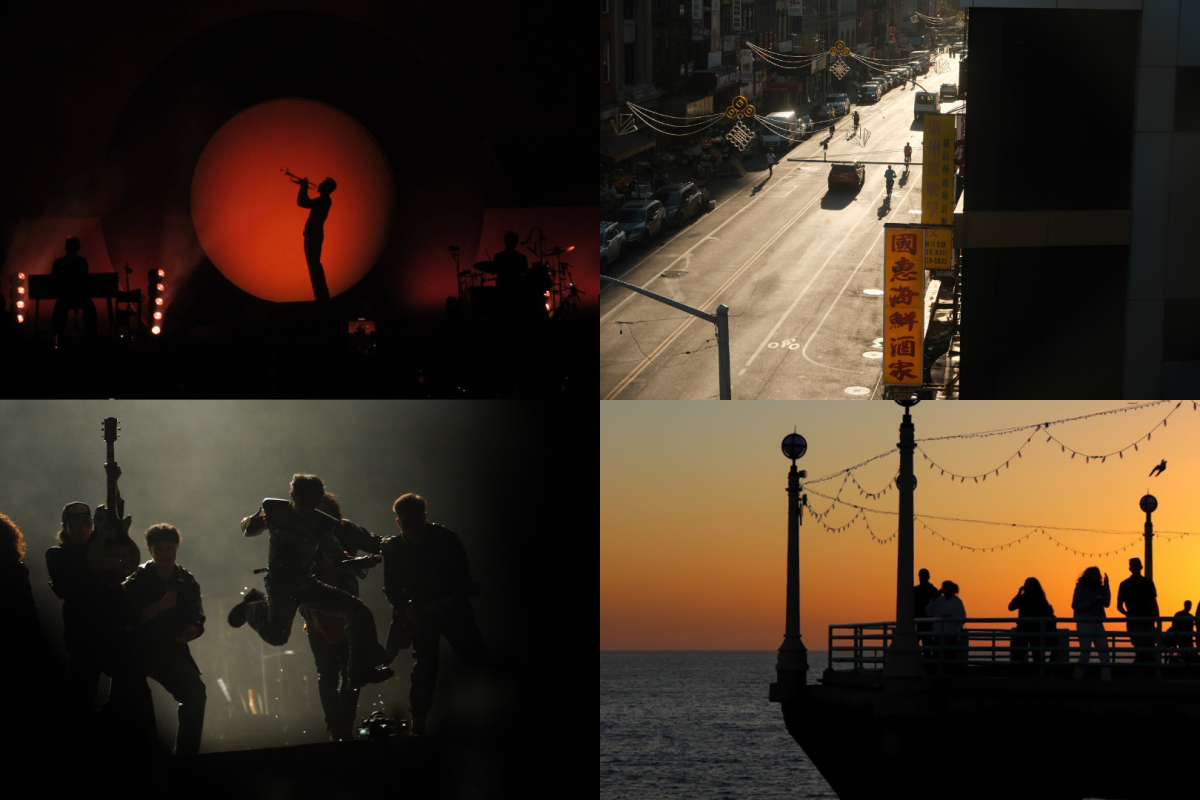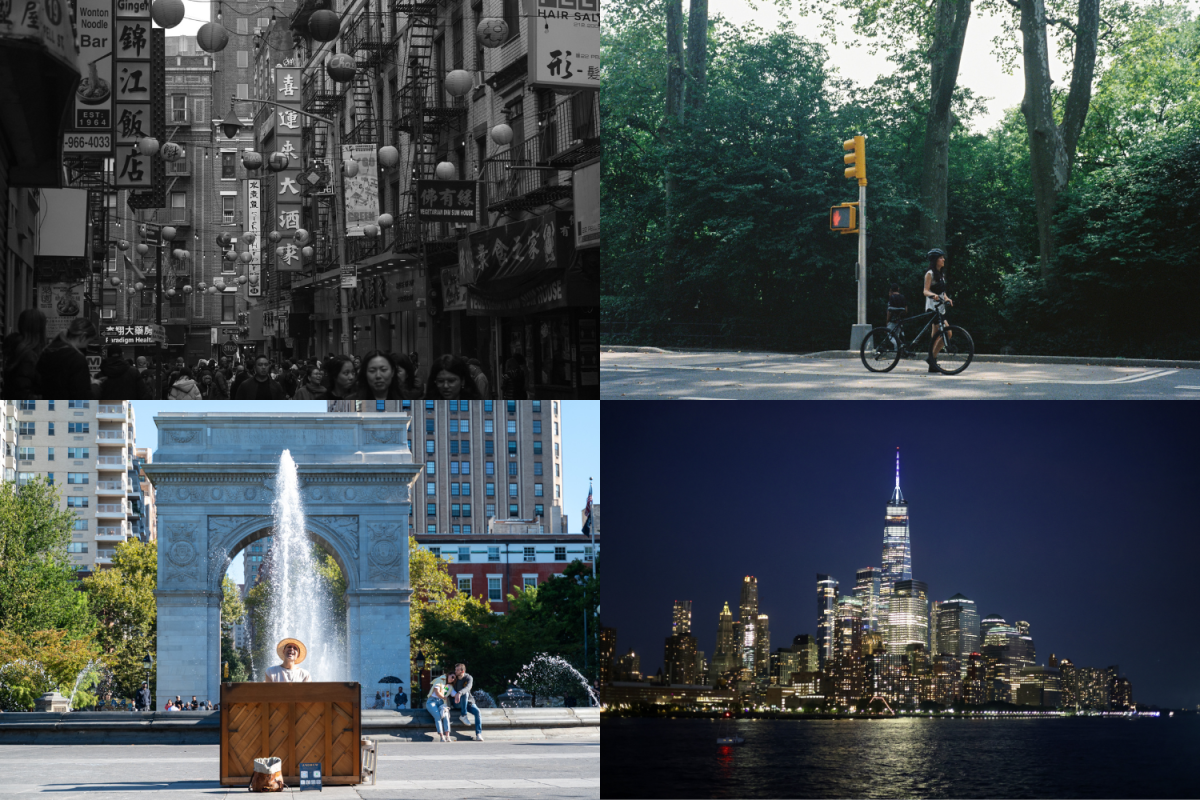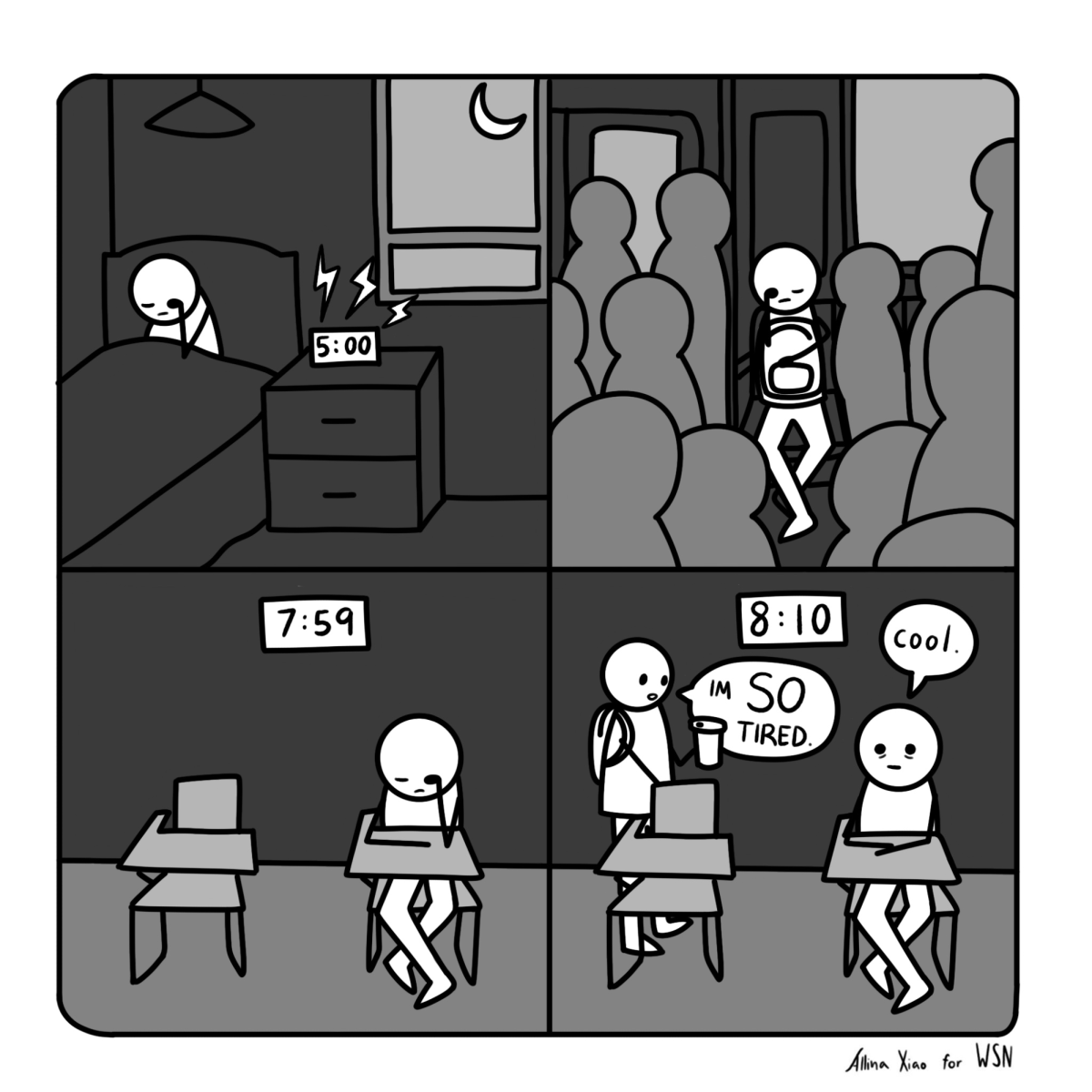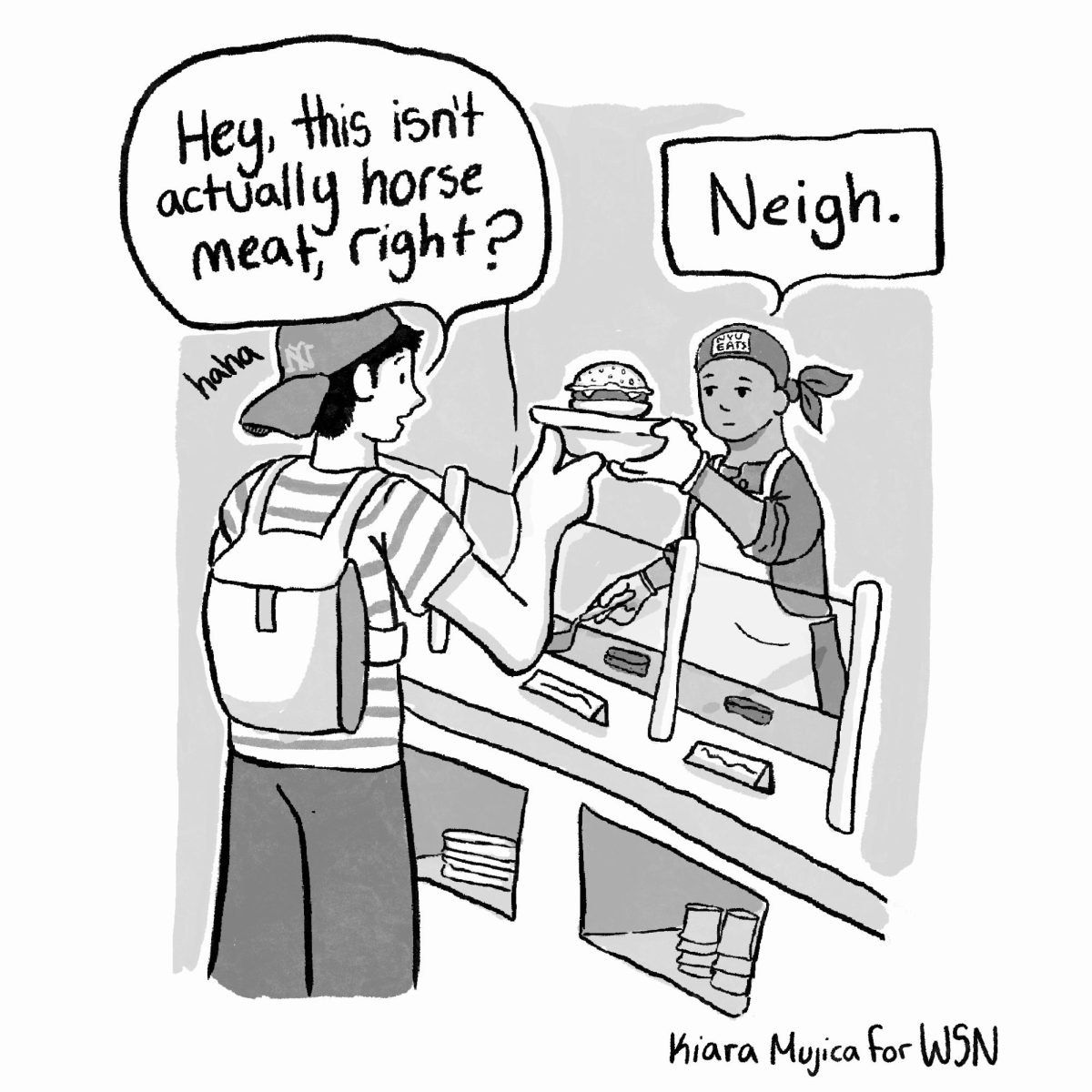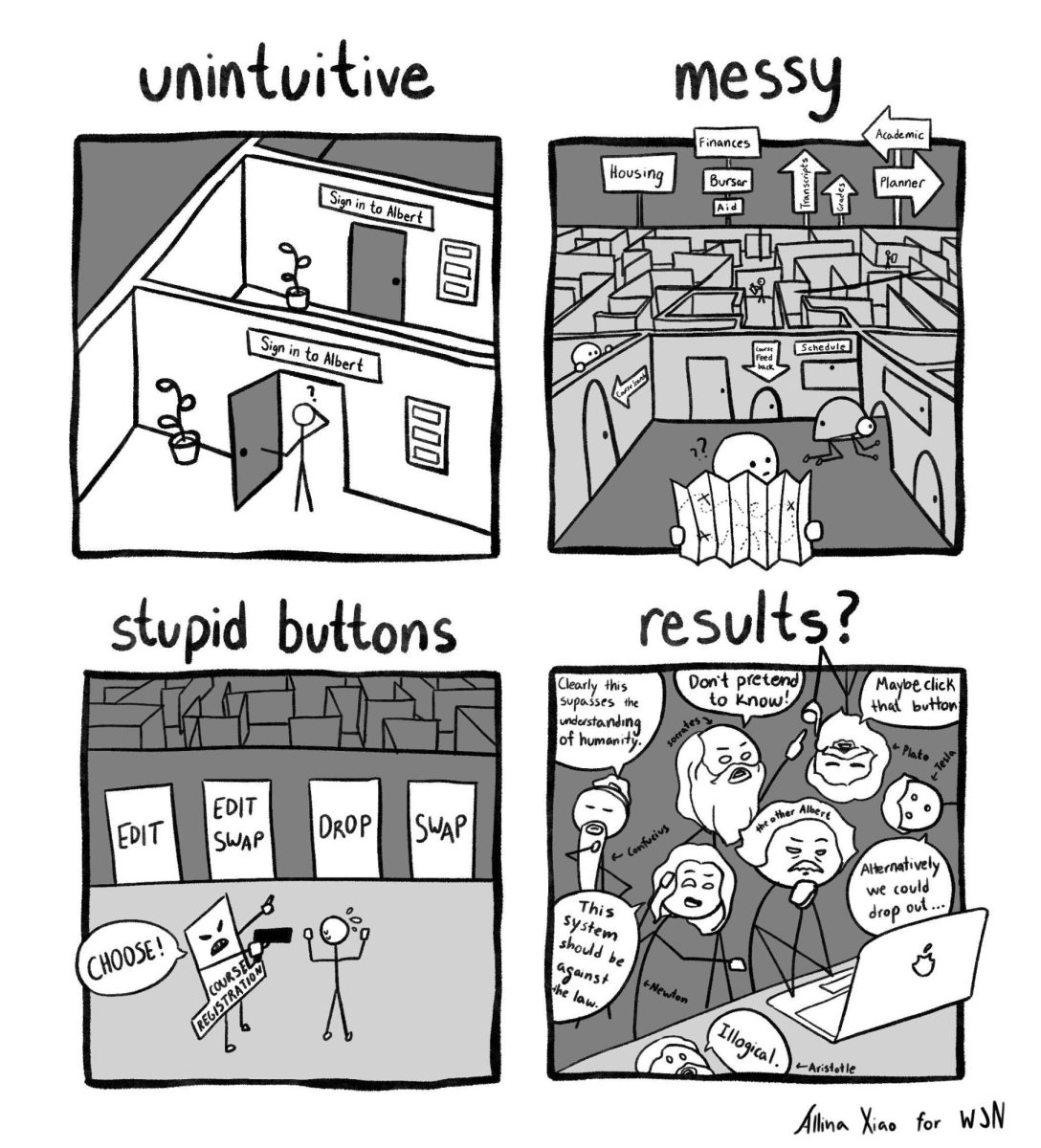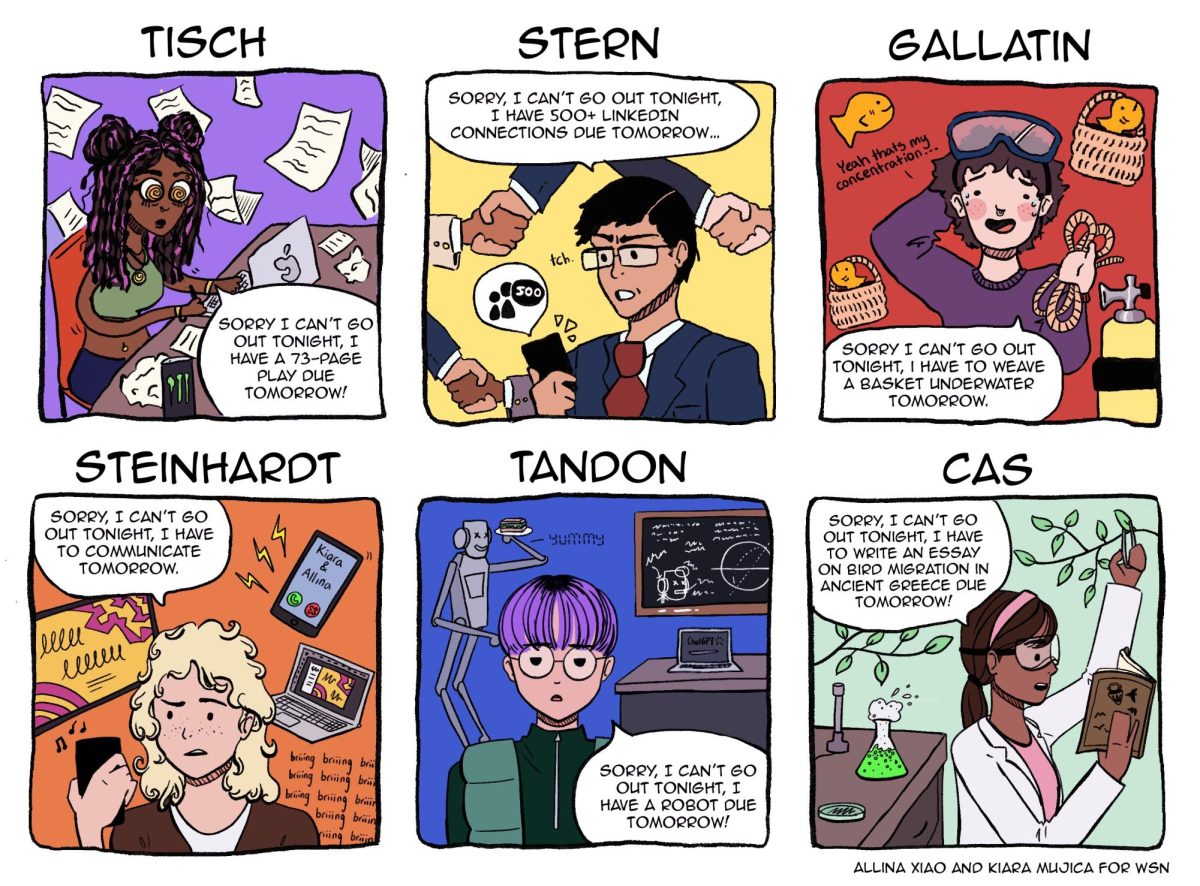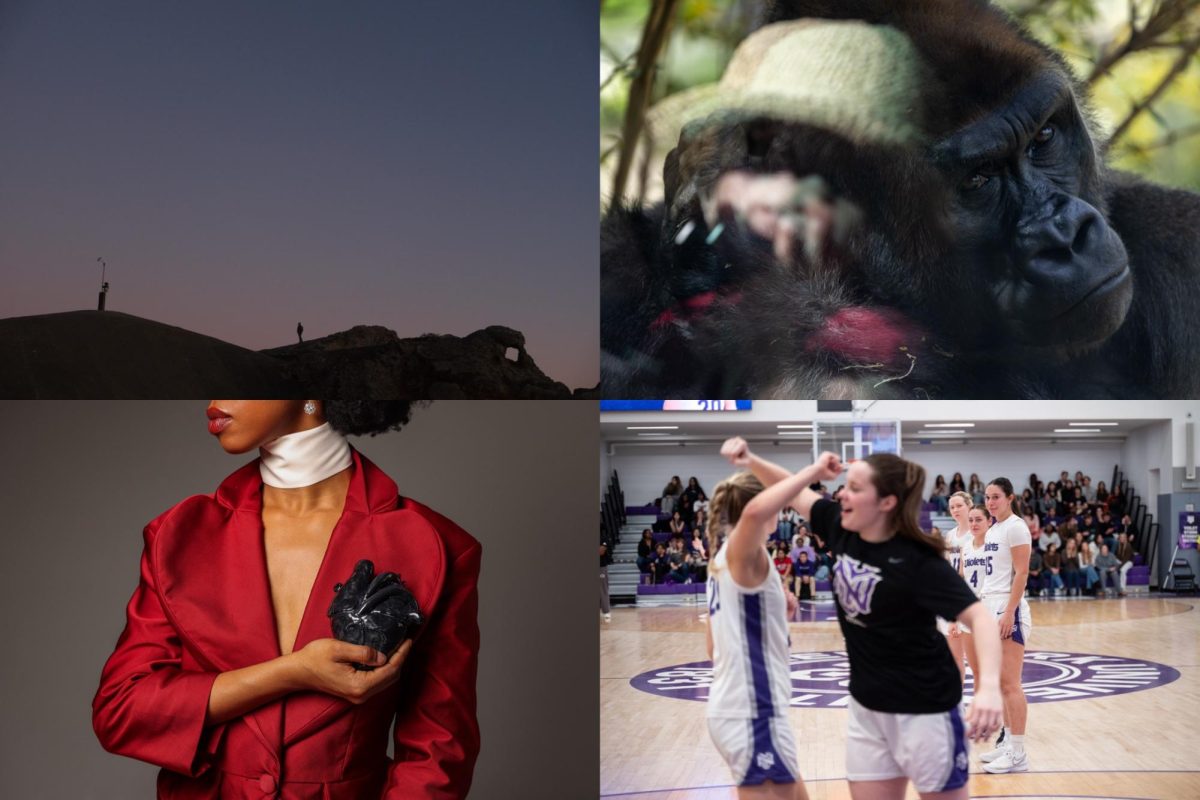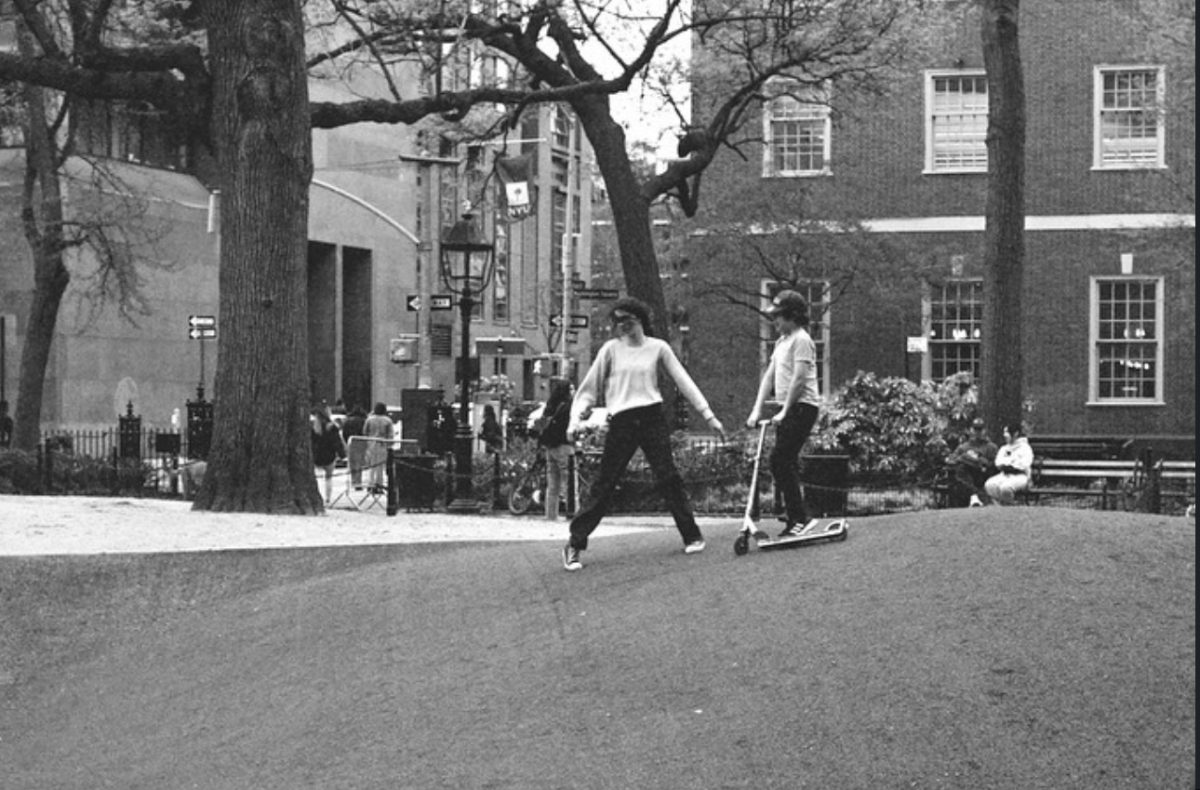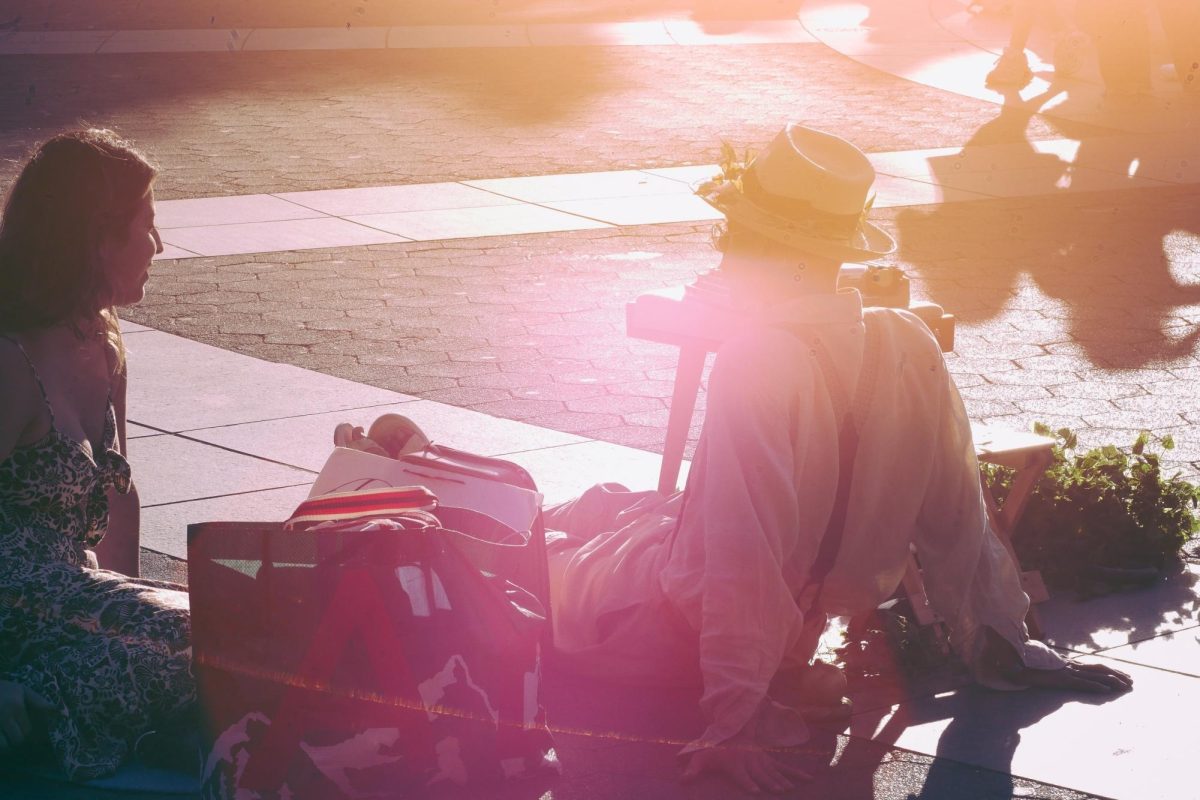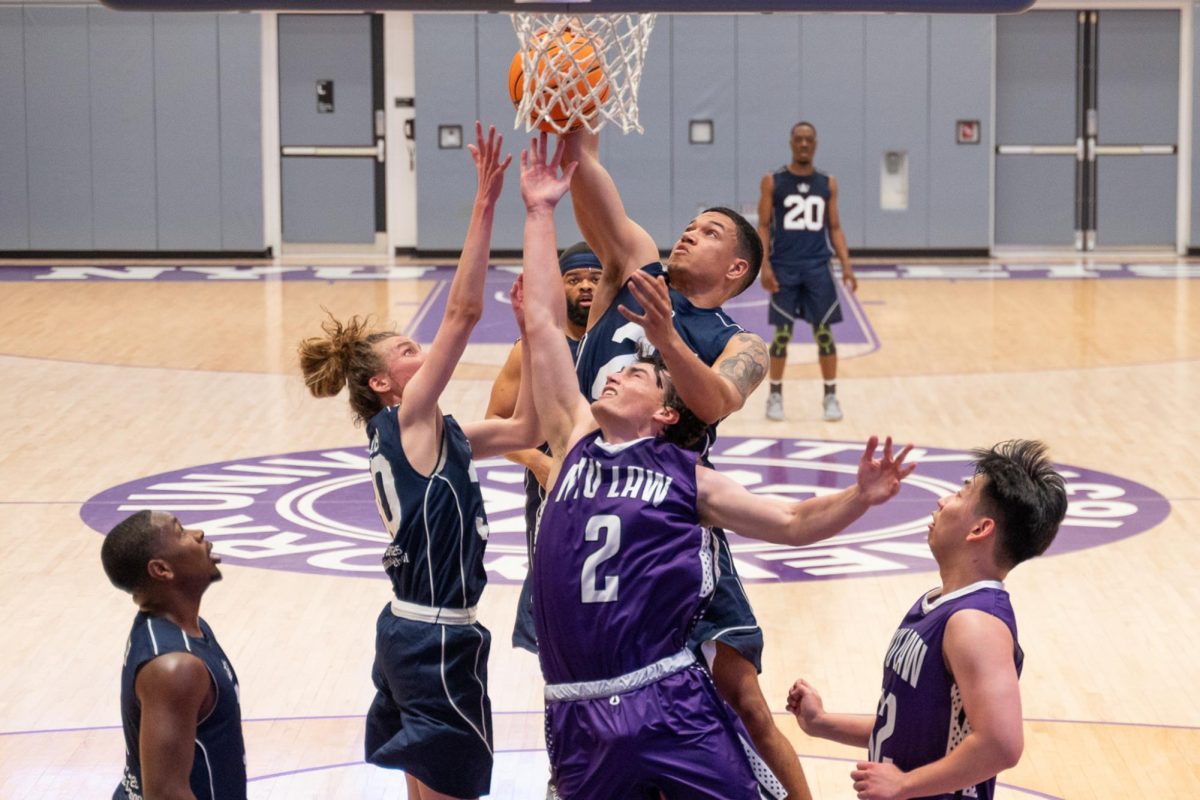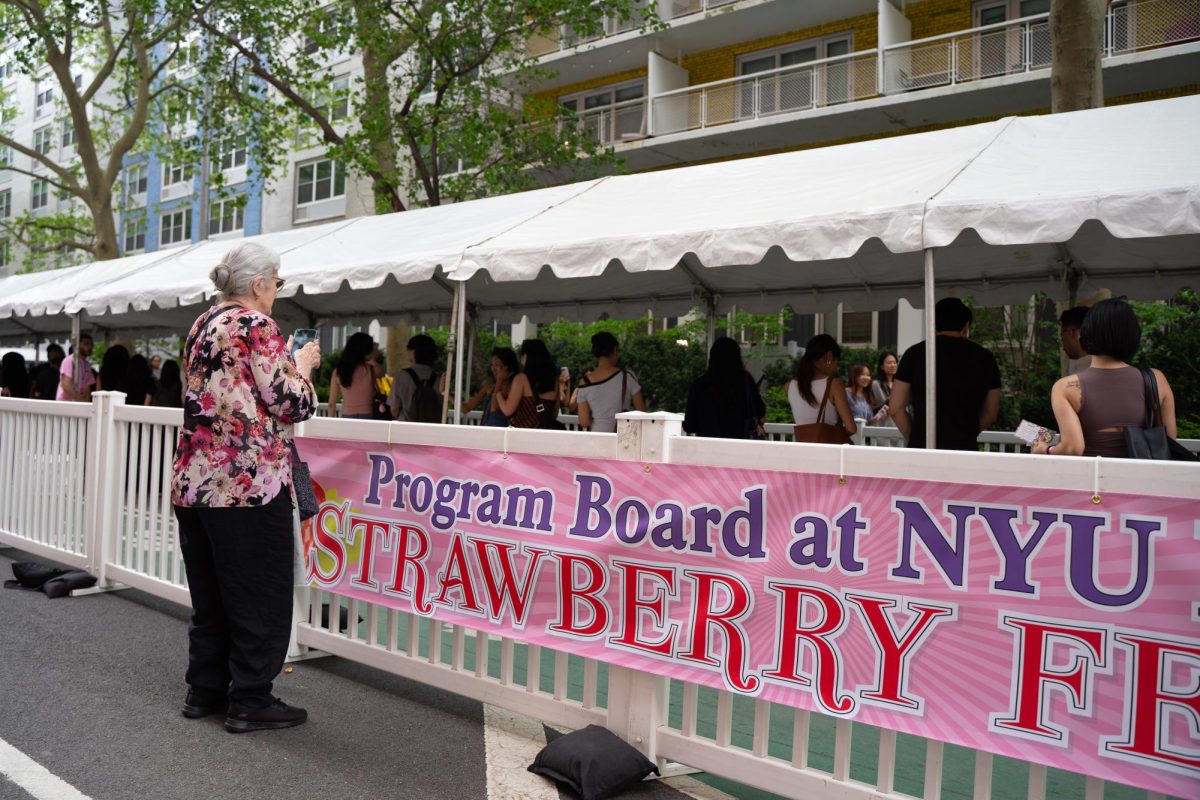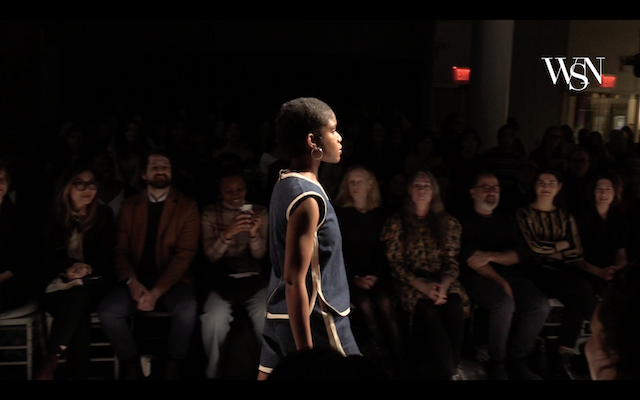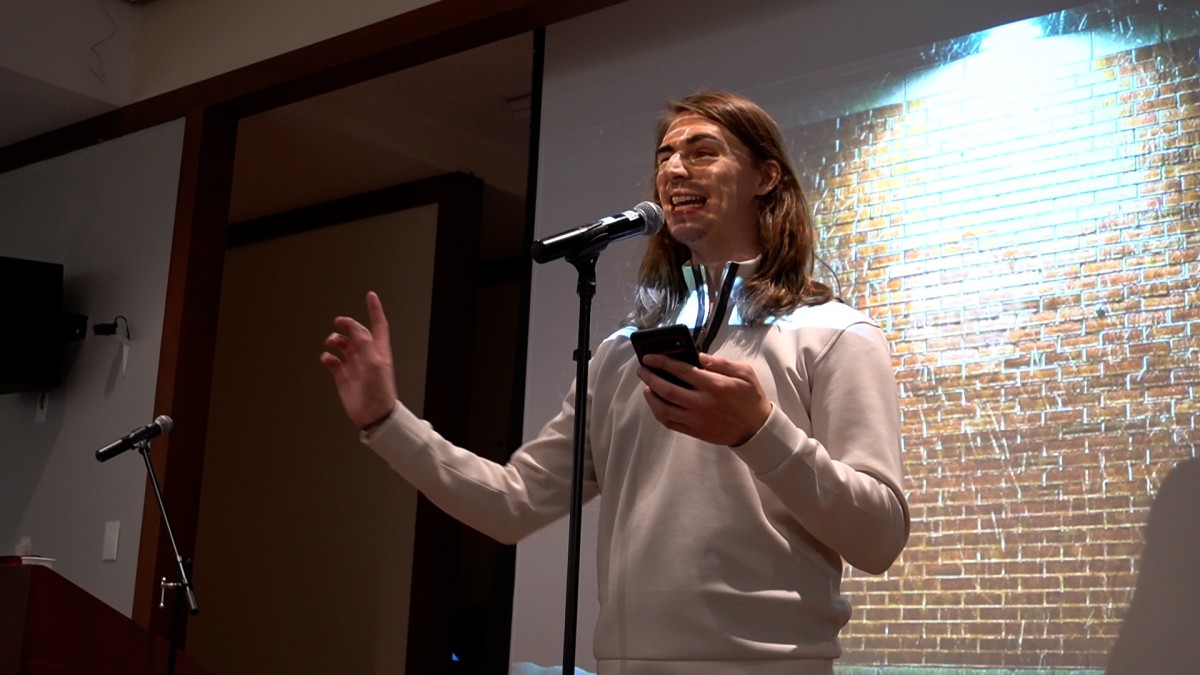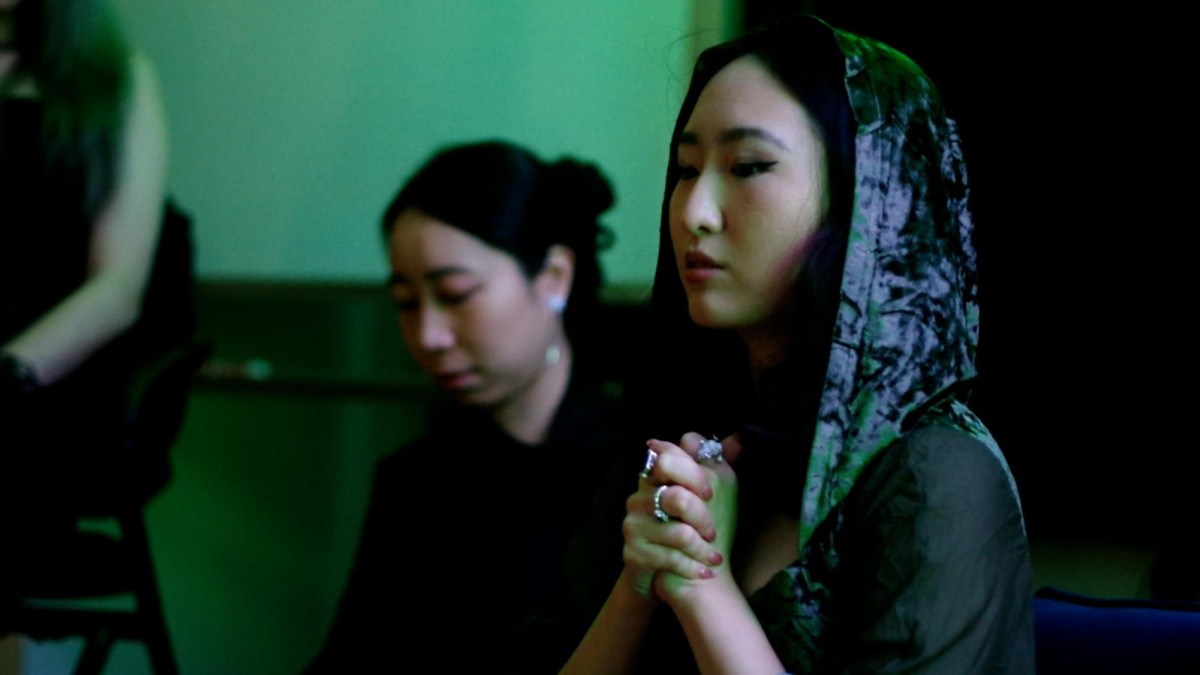This month, Chloe Malle was named Vogue’s head of editorial content, becoming the magazine’s leading voice. Her arrival marks the most significant editorial transition since Anna Wintour’s rise, setting the stage for how American Vogue, and fashion, will navigate its next chapter.
Malle is expected to bring a fresh perspective to flagship initiatives while maintaining the company’s core identity, blending Vogue’s authority with a more dynamic, experiential approach to fashion storytelling. She plans to release issues — each highlighting specific themes and cultural moments — less frequently to make them more collectible.
Continuing her less-is-more approach, Malle will downsize Vogue’s digital editorial arm to build “‘a more direct, smaller, healthier audience,’” focusing on curated, high-impact stories that matter most to fashion, culture and the magazine’s base readers. It is clear that Malle’s intention is to create a publication rooted in timelessness and nostalgia. Her strategy reflects a broader industry moment: As Vogue reorients under new leadership, major fashion houses also welcome fresh creative directors.
In Paris and Milan, new creative directors have been balancing preserving brand heritage with responding to a rapidly evolving industry. From Demna’s vintage-inflected pieces for Gucci to the celebrities draped in archival Dior at Jonathan Anderson’s womenswear debut for the house, the runways have become less about looking to the future and more about reclaiming fashion’s heritage, proving that what’s old is, once again, what feels most new.
The shifts seen in the fashion industry now don’t come out of nowhere. Malle’s narrowing down of Vogue’s audience and creative directors’ revisiting of old styles are in response to one thing: the vintage clothing craze. Nostalgia for decades-old trends has always been a part of the evolution of fashion. However, now more than ever, the regular consumer of clothing sifts through racks of colorful vintage assortments at outdoor fleas instead of mall-hopping with friends.
A newfound taste in used clothing alone is not a threat to high-fashion houses — it is the market for vintage luxury. You will enter a Crossroads Trading store and see folks crowding around the cashiers buying old Versace jeans and Margiela Tabis from the ’90s, and 20-year-old hipsters clutching their mothers’ Balenciaga Le City Bags while on a grocery run down Fourth Avenue. Vintage luxury overruns every major city now, but why?
According to CAS sophomore Maria Kashvili, who loves gothic-inspired clothing, vintage clothing is not only more stylish, sustainable and affordable, it also carries a sentimental value that new clothing does not have.
“When you buy a vintage piece, it has a story attached to it, kind of like used books,” Kashvili said. “I look for used books when they have some notes in the margins, because it kind of gives you an idea of what the past owner thought about the book. I like that idea with vintage pieces too.”
The trend towards heritage and reinvention is evident on recent runways. Ralph Lauren opened New York Fashion Week with understated elegance inside his Madison Avenue headquarters, leaning on sleek modernist staging and refined silhouettes that showcased a strong sense of heritage in addition to a contemporary vision. Across the East River, Tory Burch’s September 15th Brooklyn show marked a turn toward playful minimalism and throwbacks to the 2000s with low-waisted pants, skirts, timeless tailoring and bright pops of color — a sharp, youthful energy that broke from her usual structured polish.
This intersection of nostalgia and modernity on the runway has shaped how individuals approach fashion on a personal level.
Tandon first-year Dante Zimmerman, who looks for lower-priced western wear at The Quality Mending Co. or luxury clothing with unique designs — giving Givenchy’s Rottweiler t-shirt from Riccardo Tisci’s collection in 2010 as an example — thinks that shopping for retail simply isn’t interesting enough.
“Vintage stores have a lot of variety,” Zimmerman said. “You’ll see something you didn’t even know existed. A [retail] store is probably trying to imagine what you want and appeal to you, while vintage is more random.”
It is clear that older styles are in now because of their aged value and various styles, which is why we see luxury houses recycle old looks. But Vogue wants to tighten its audience. The rise in vintage clothing, particularly in luxury, is the democratization of fashion. High fashion was reserved for select groups of people before — typically within a higher economic class — but vintage clothing stores and thrift shops now prove that luxury stretches beyond that. Luxury does not just belong on a runway seating Wintour and her high-end fashion friends, or to a “‘smaller, healthier audience,’” as Malle put it. On top of that, vintage clothing shows that innovation in luxurious clothing is not the only thing that dictates value, but age is a large factor as well.
Who needs to buy Tory Burch’s relaxed minimalist SS26 collection — mimicking the look Calvin Klein defined in the ’90s—when that look is what fills every Goodwill? The audience for luxury widens as the need for newer designs from fashion houses dwindles — could this foreshadow the end of the reign luxury has had on fashion for centuries? Or is fashion taking on a new kind of governance entirely?
Contact Nick Dimitriades and Yuuki Lubin at [email protected].

